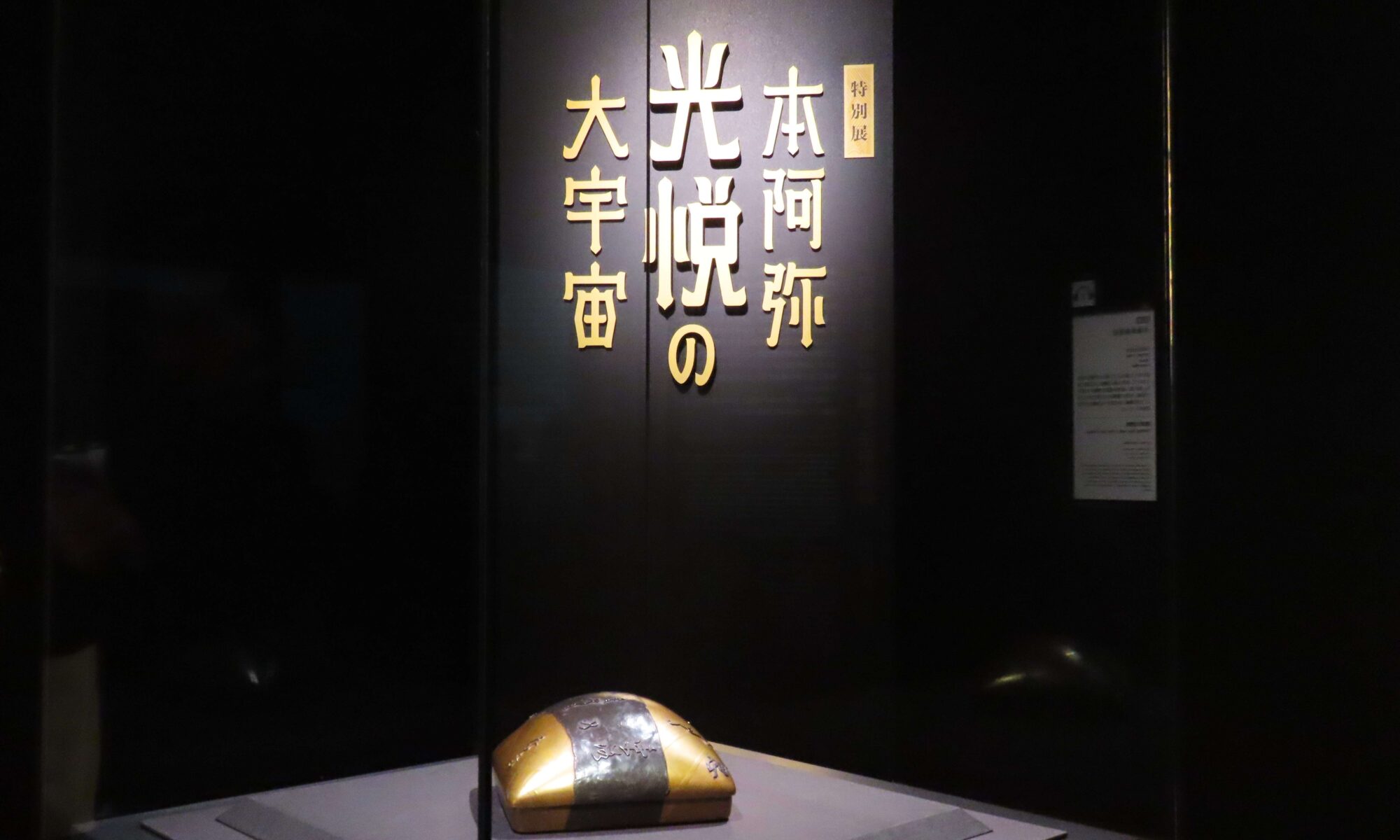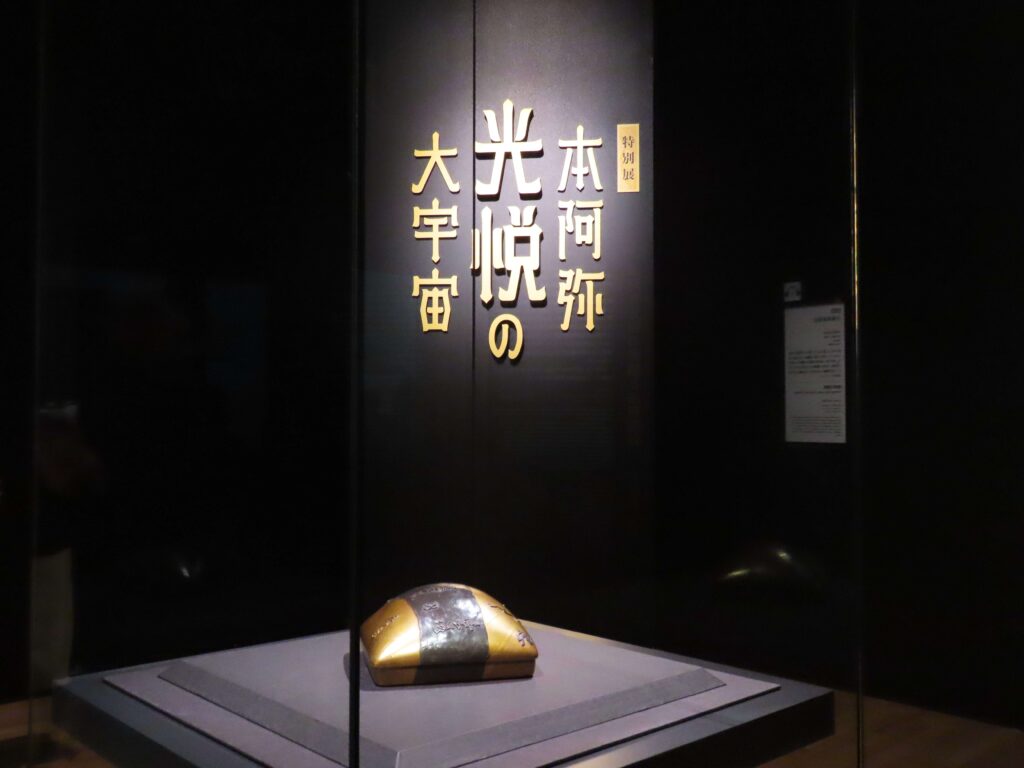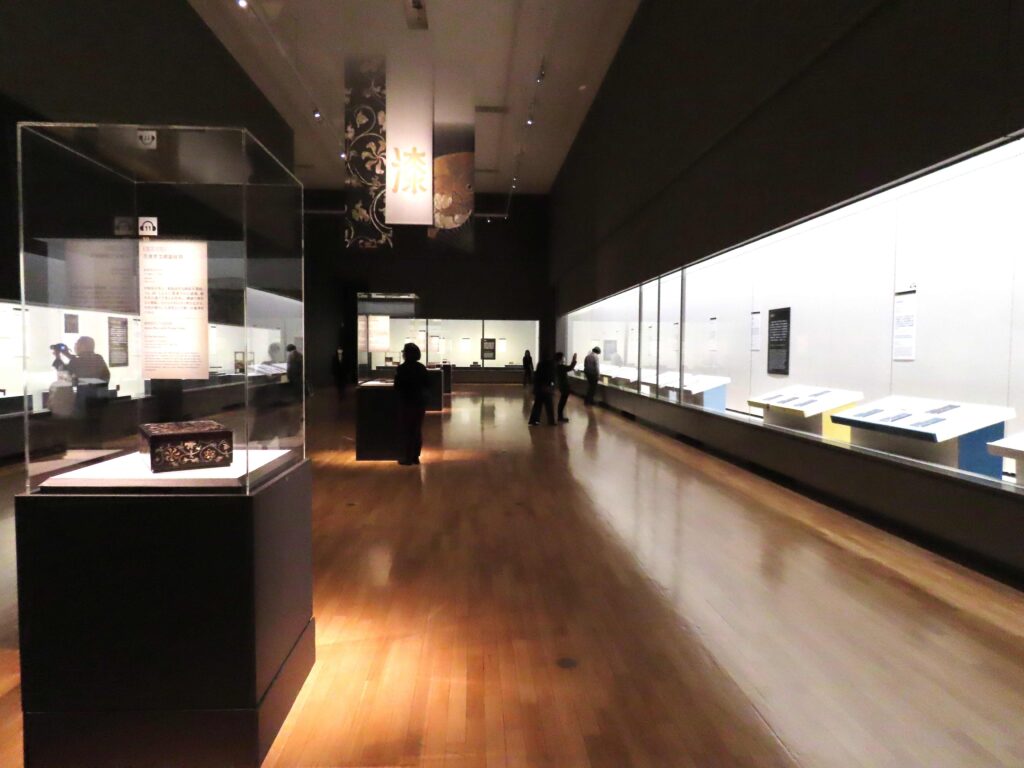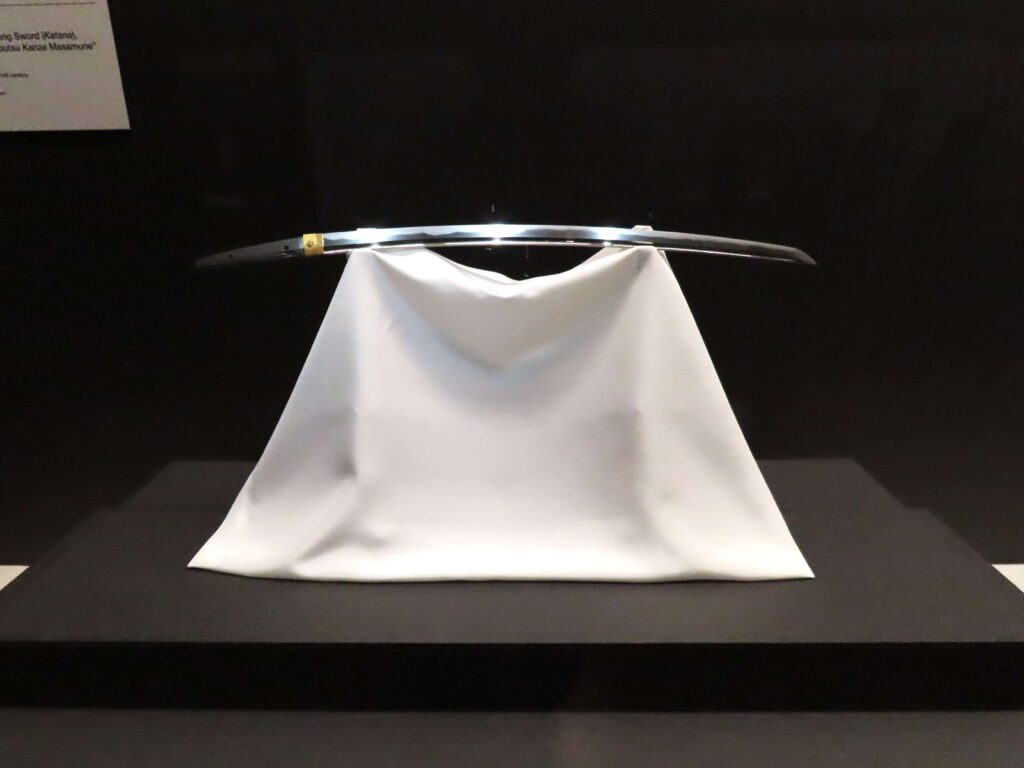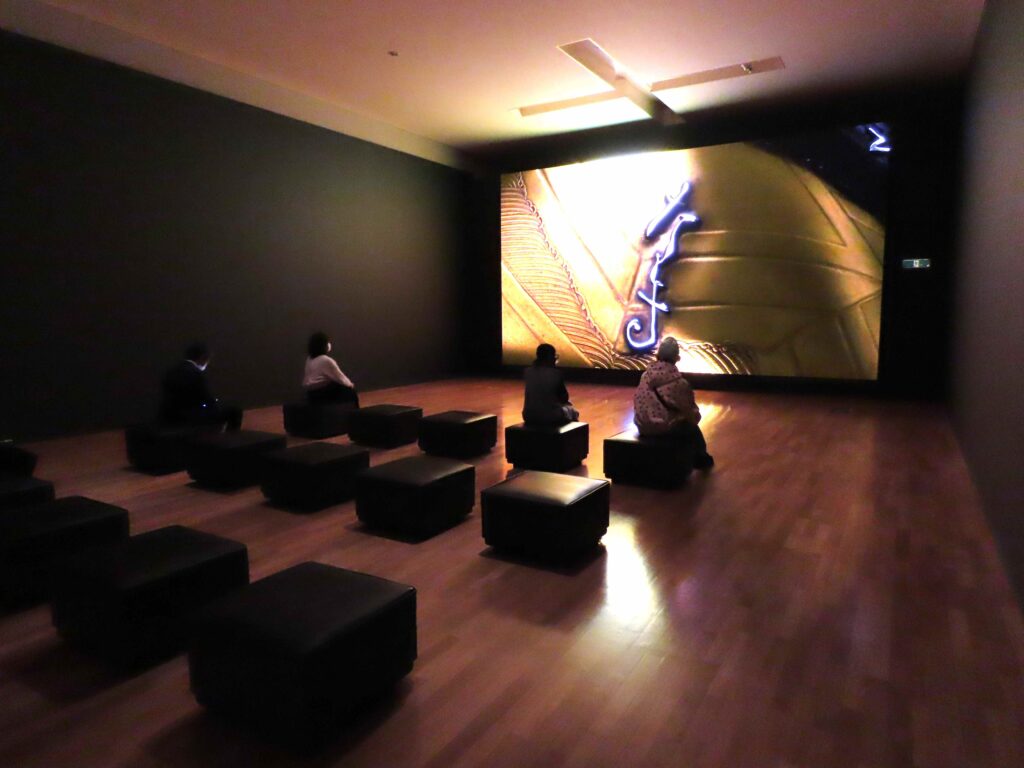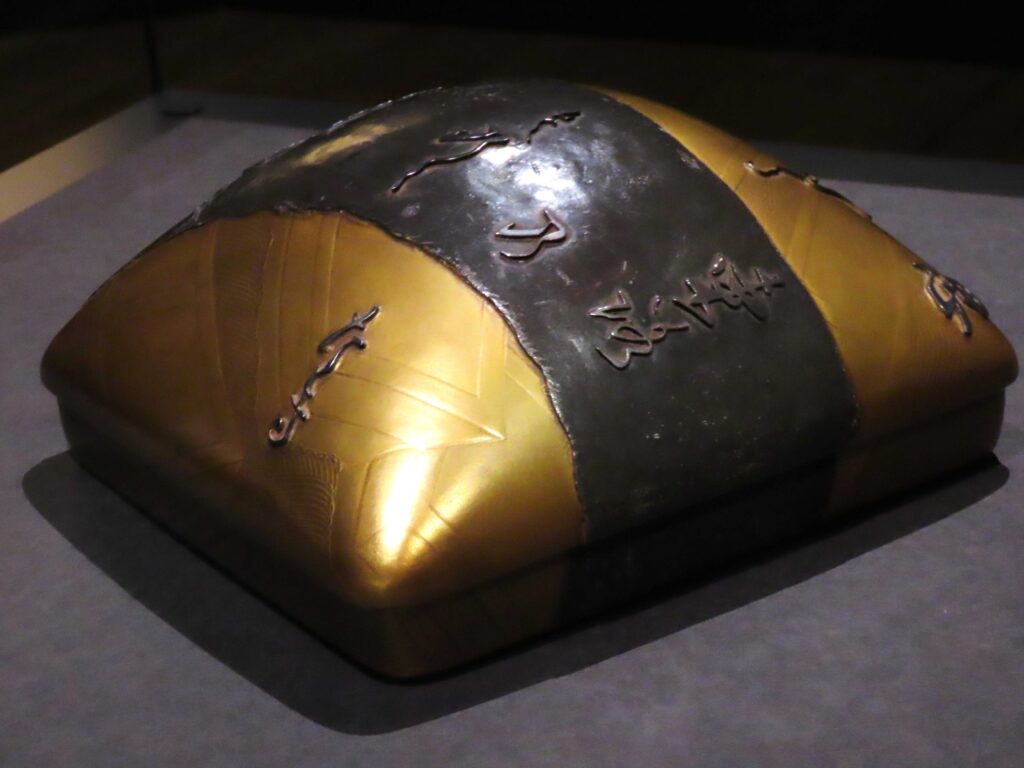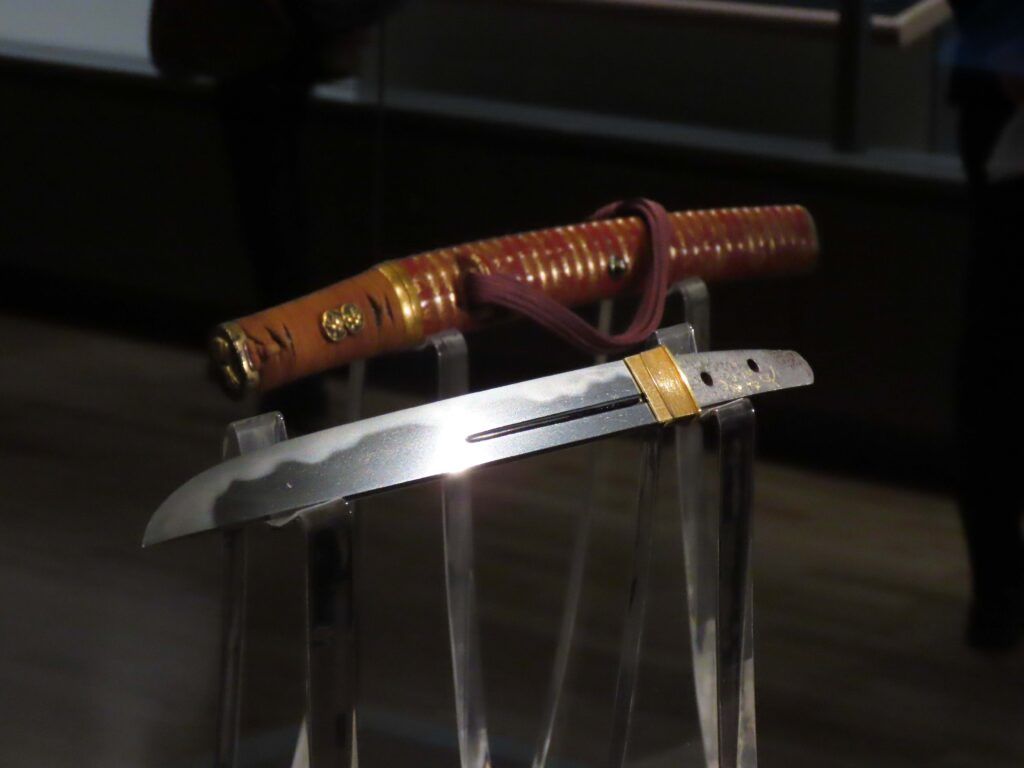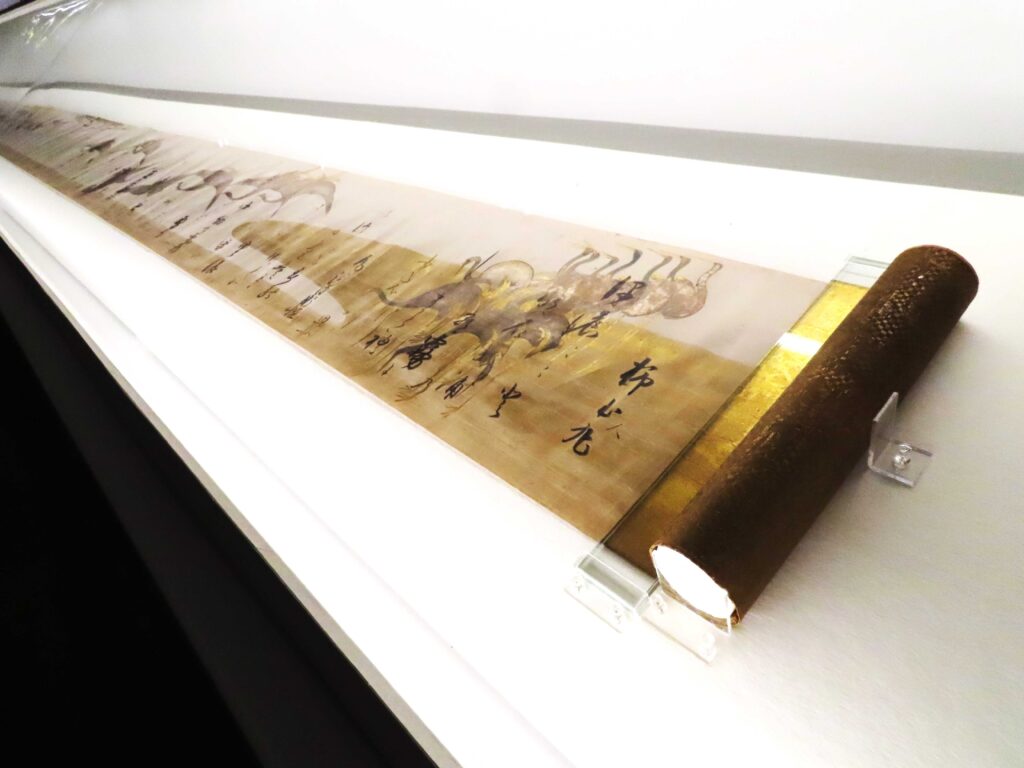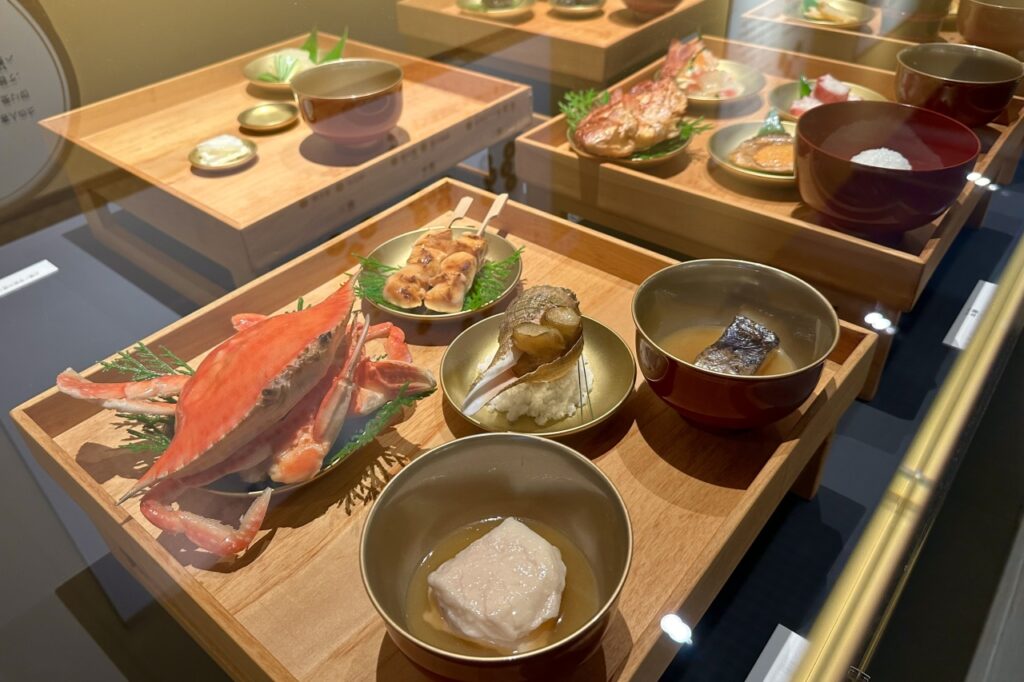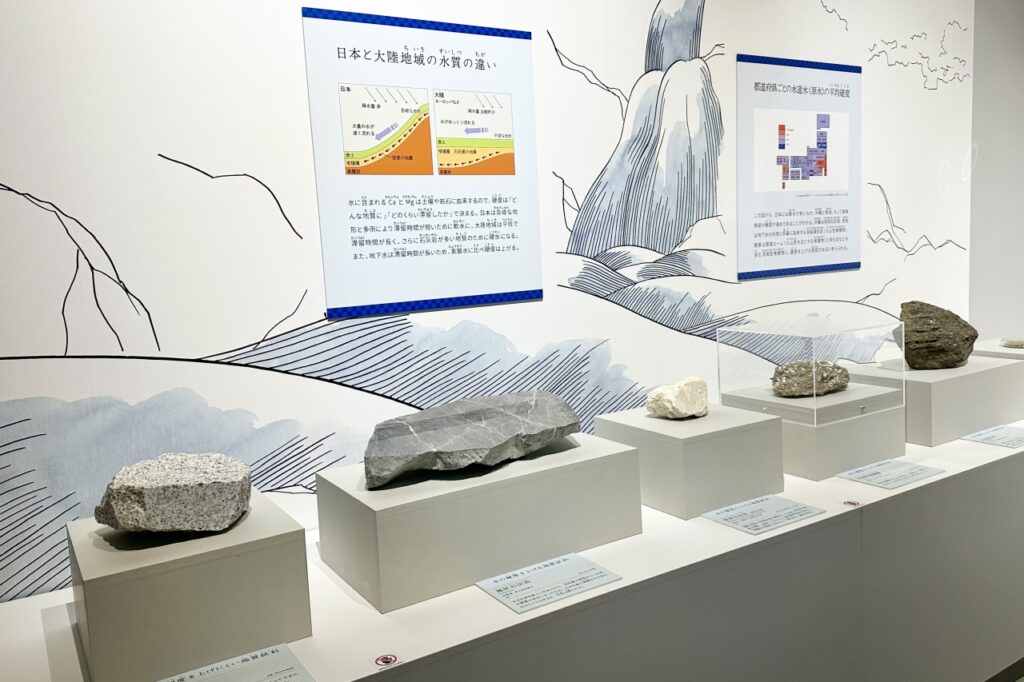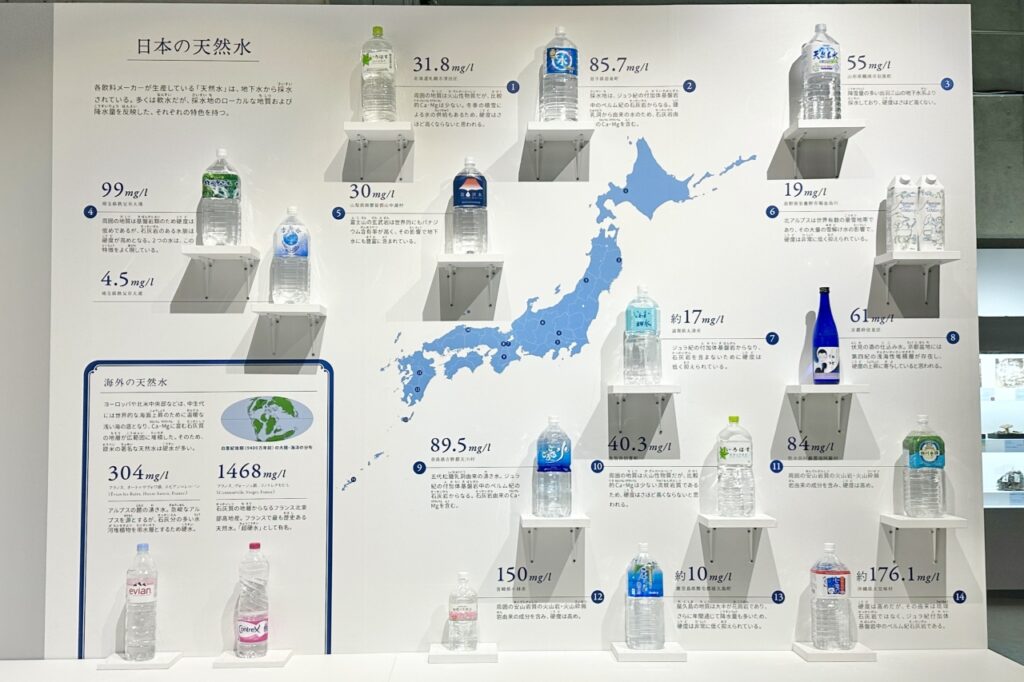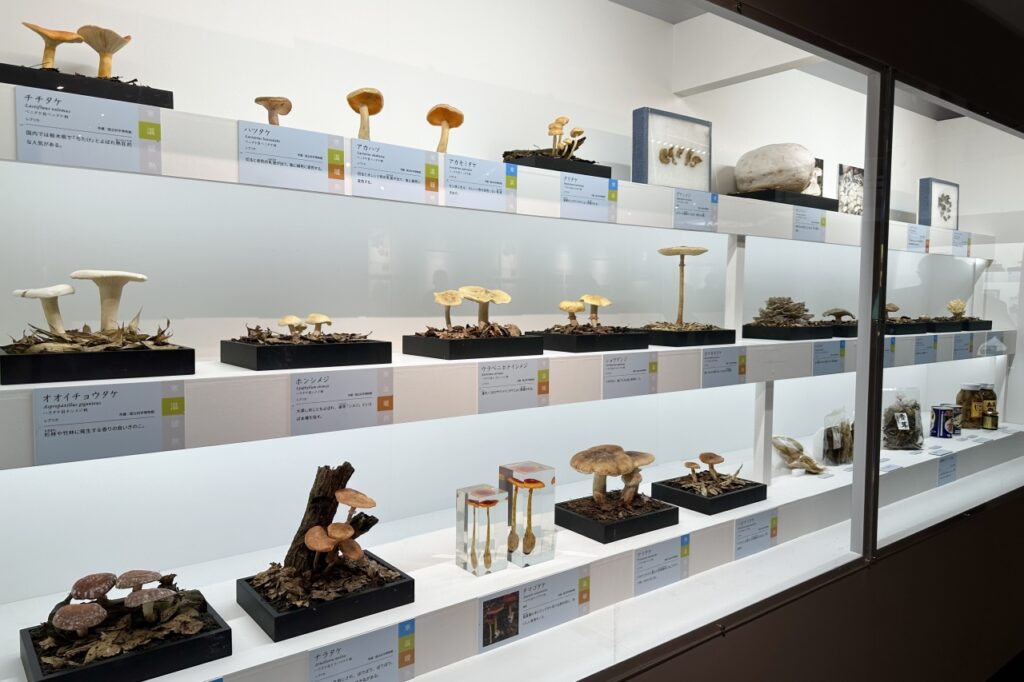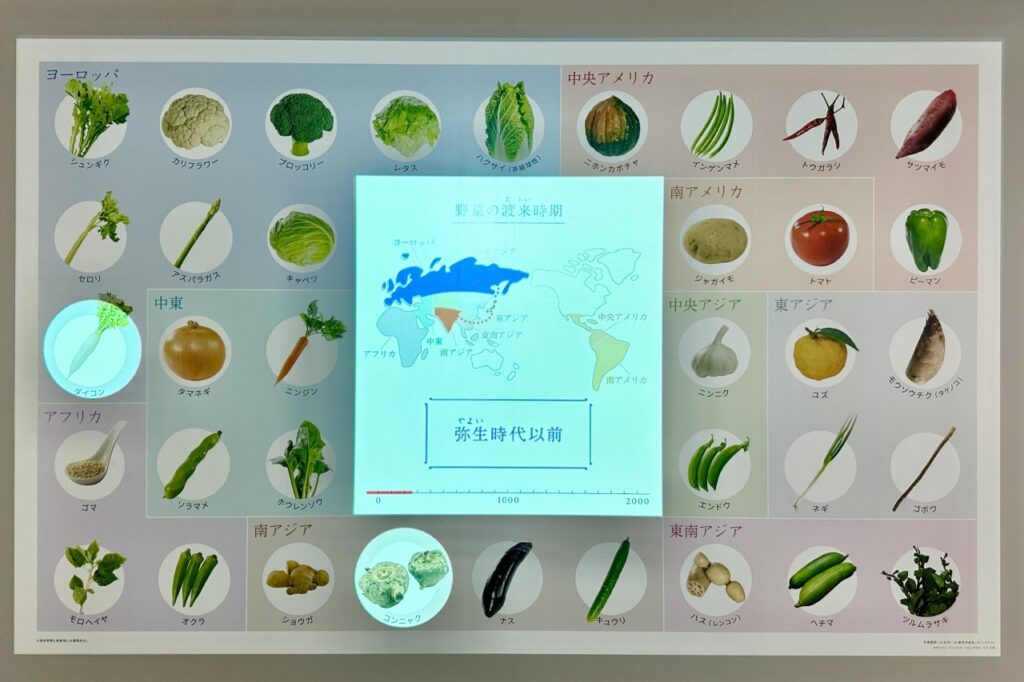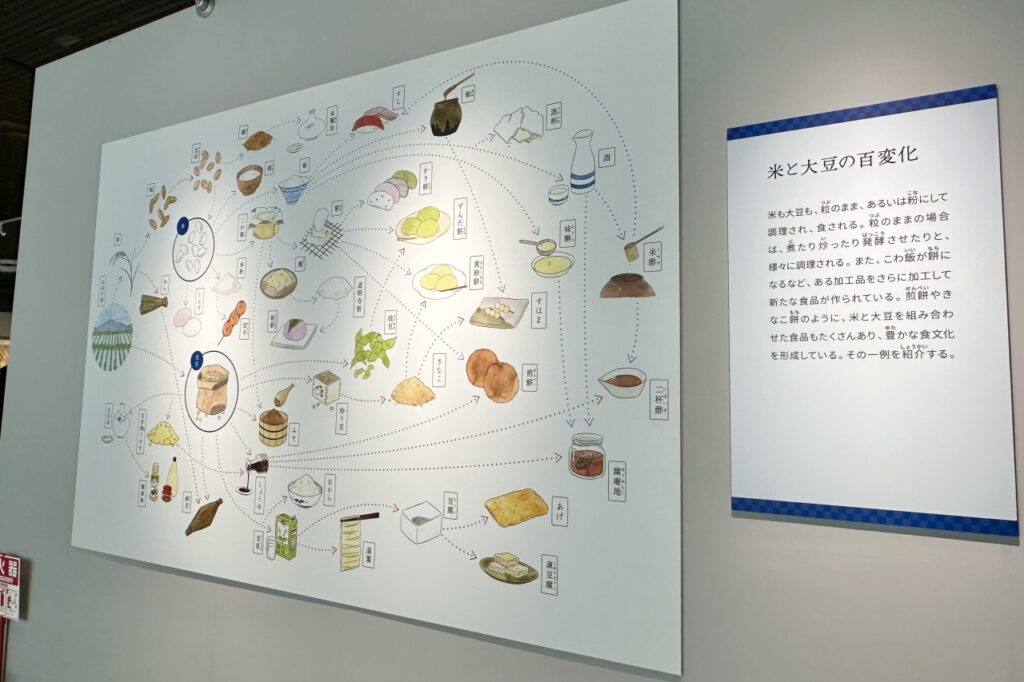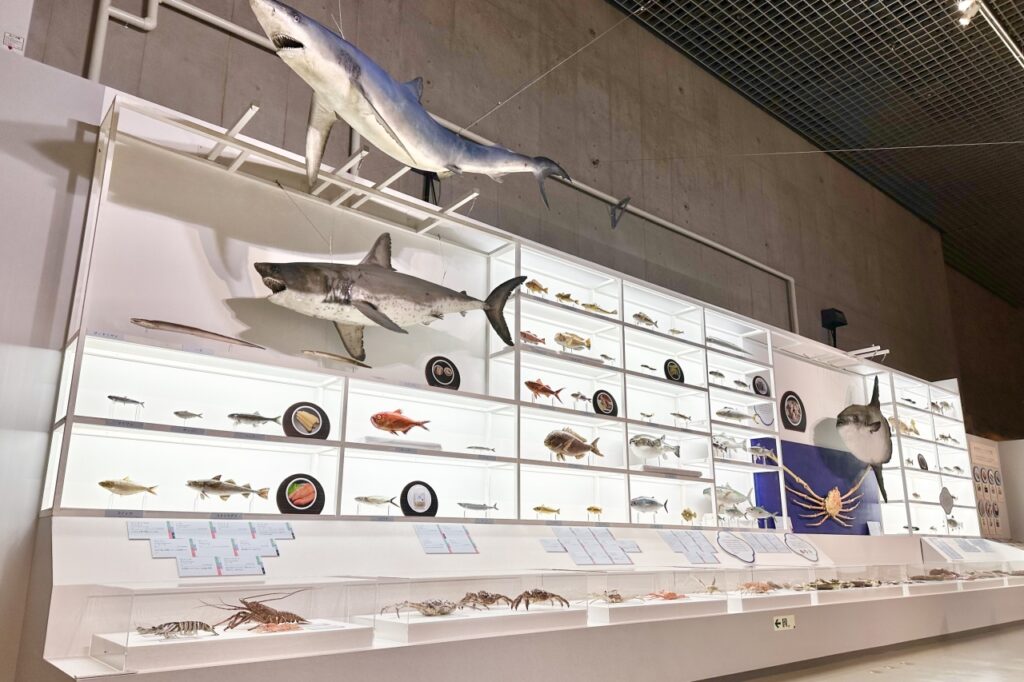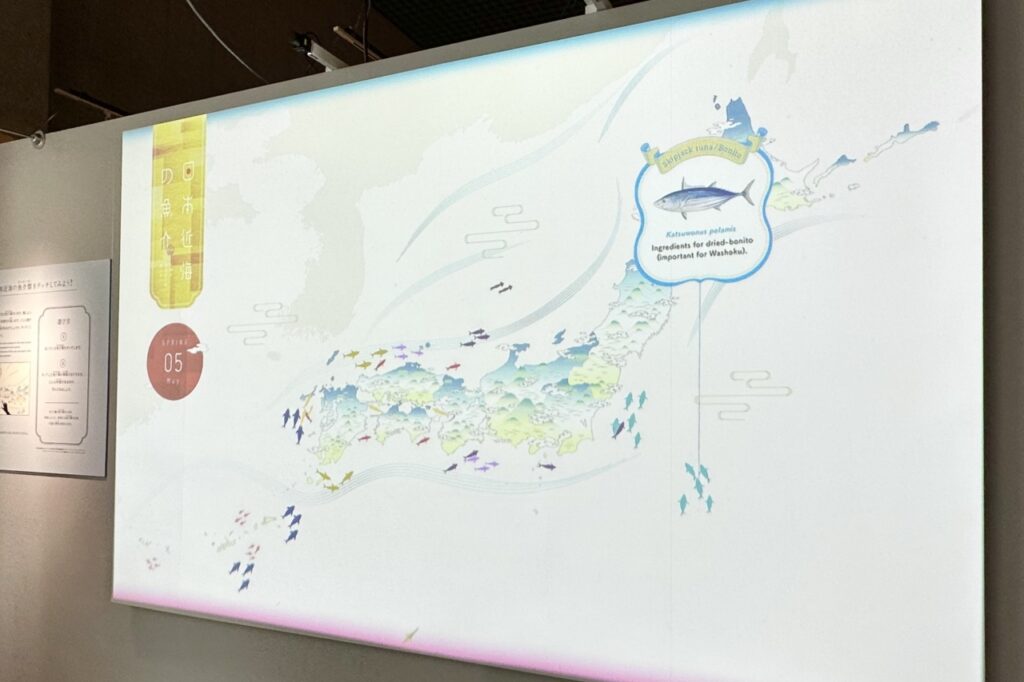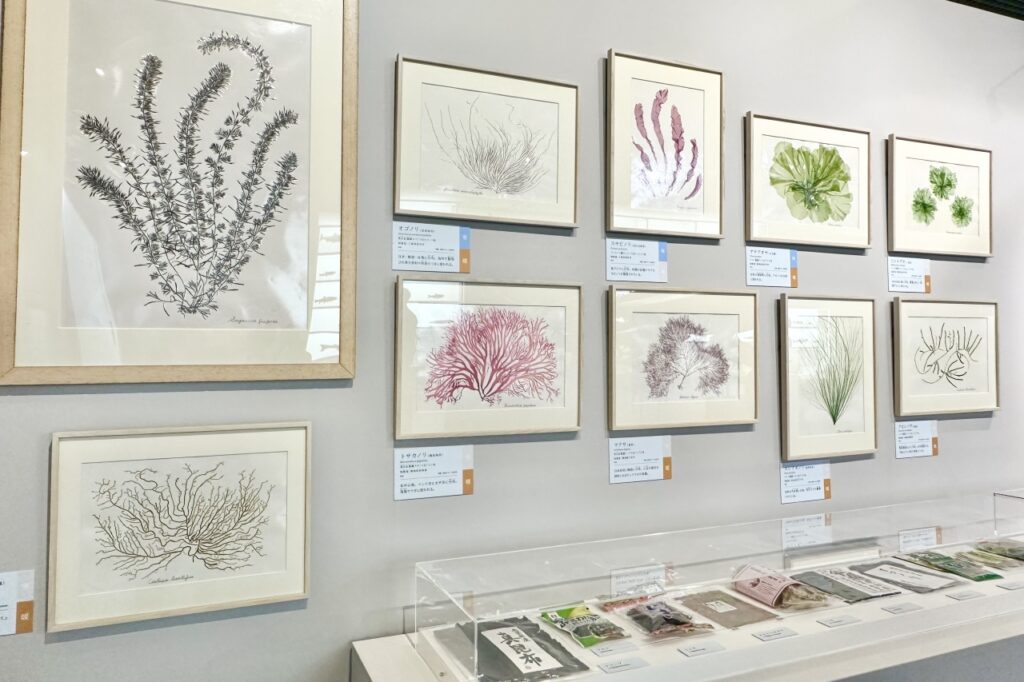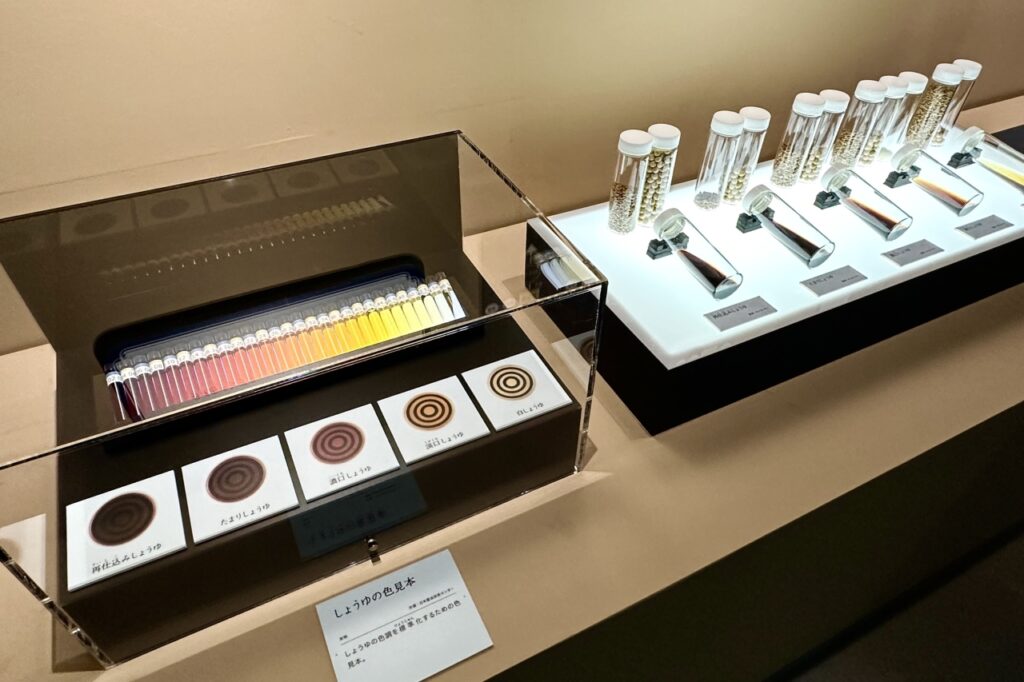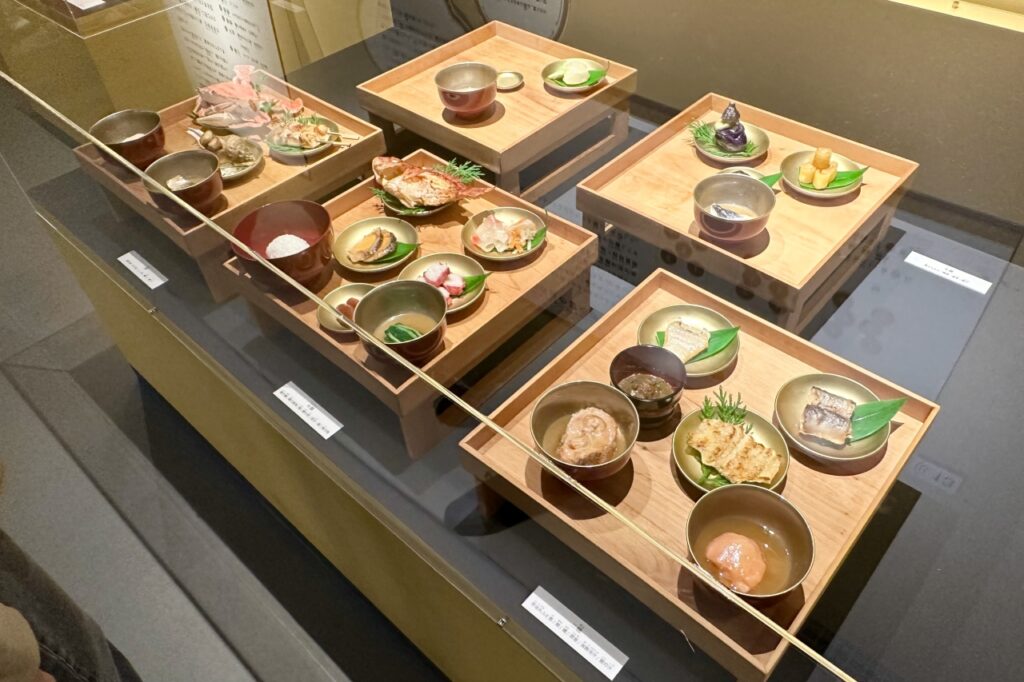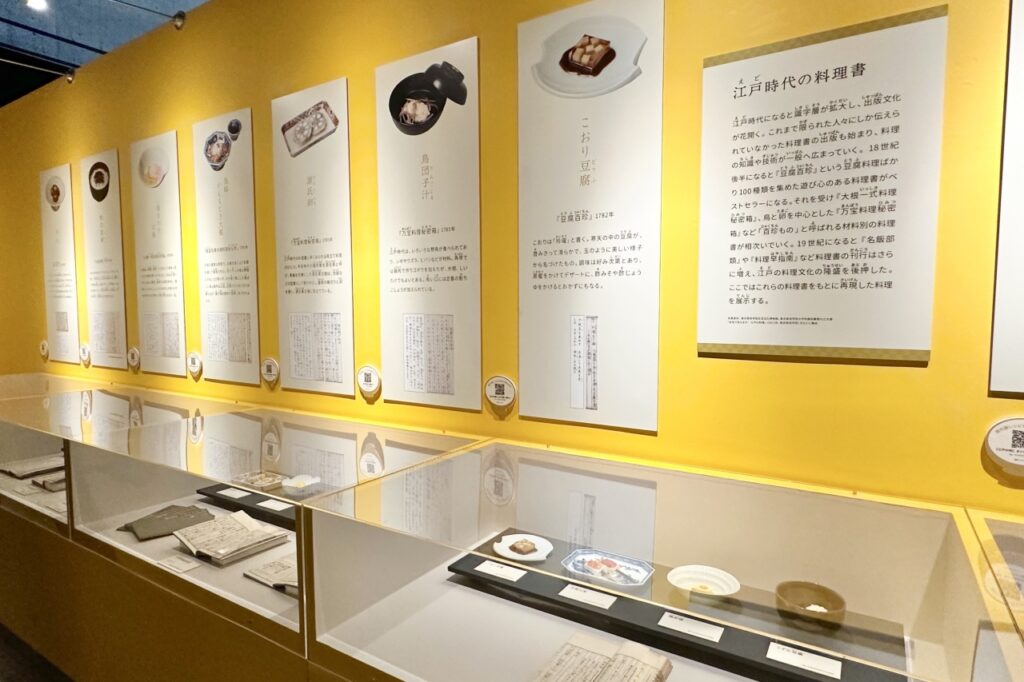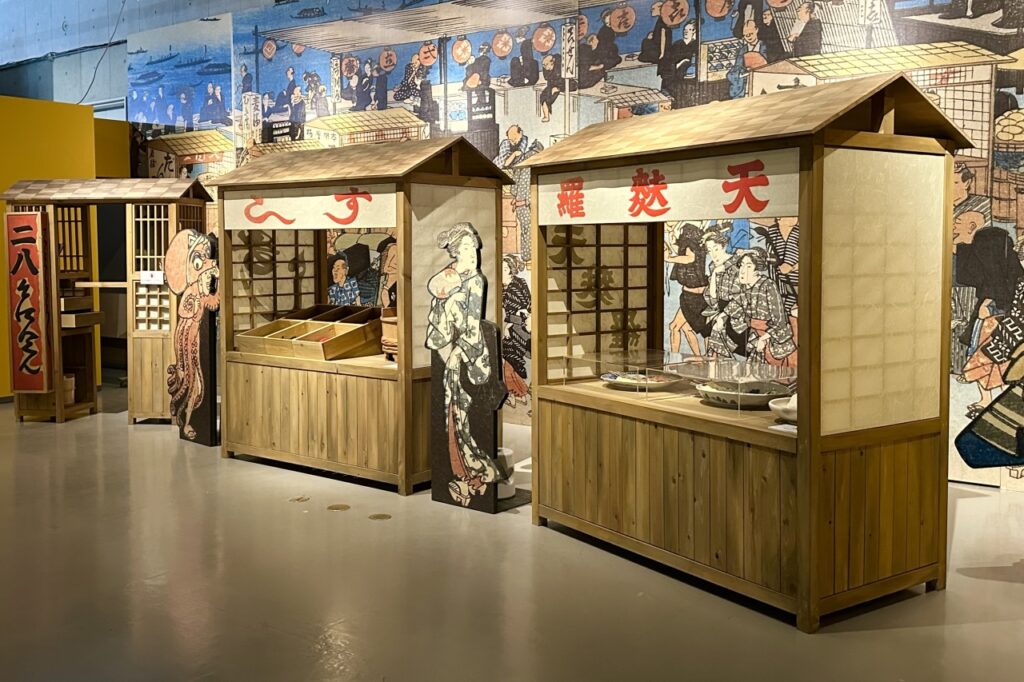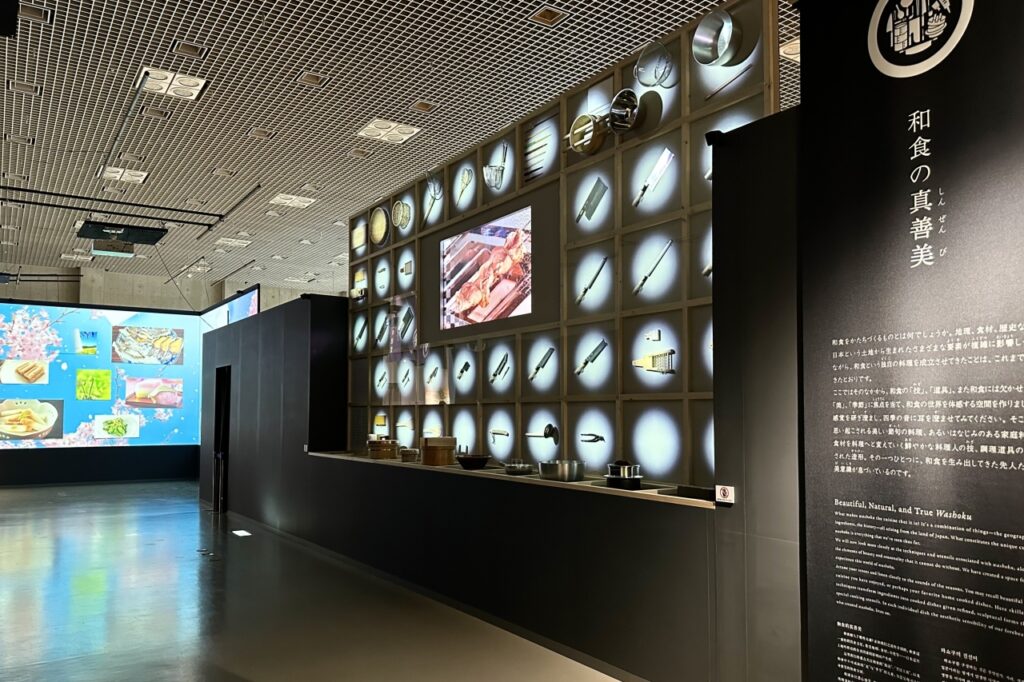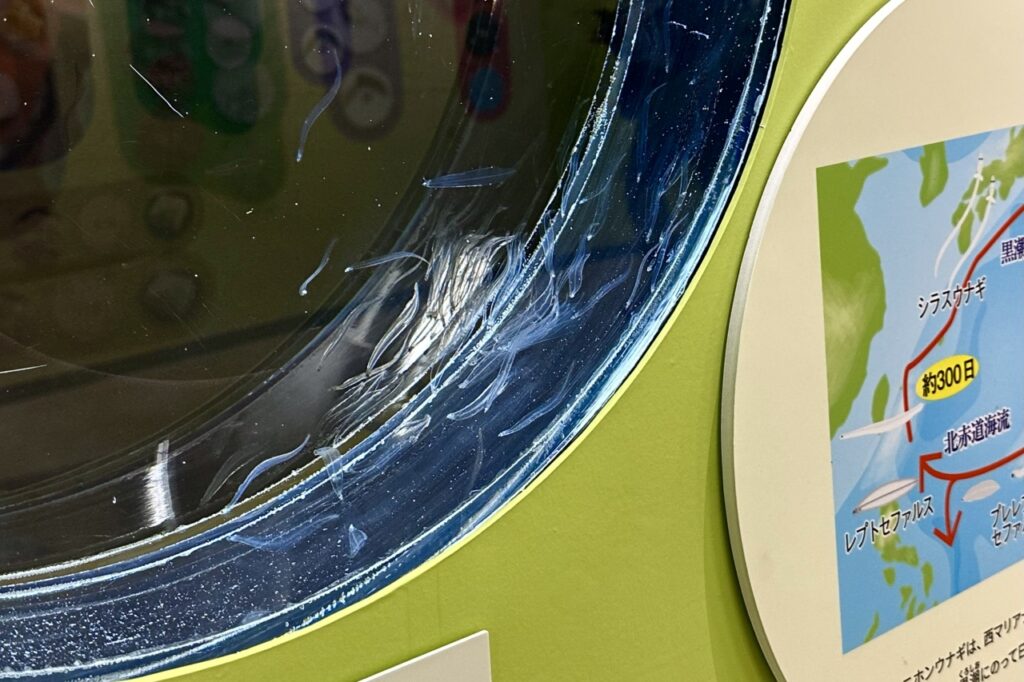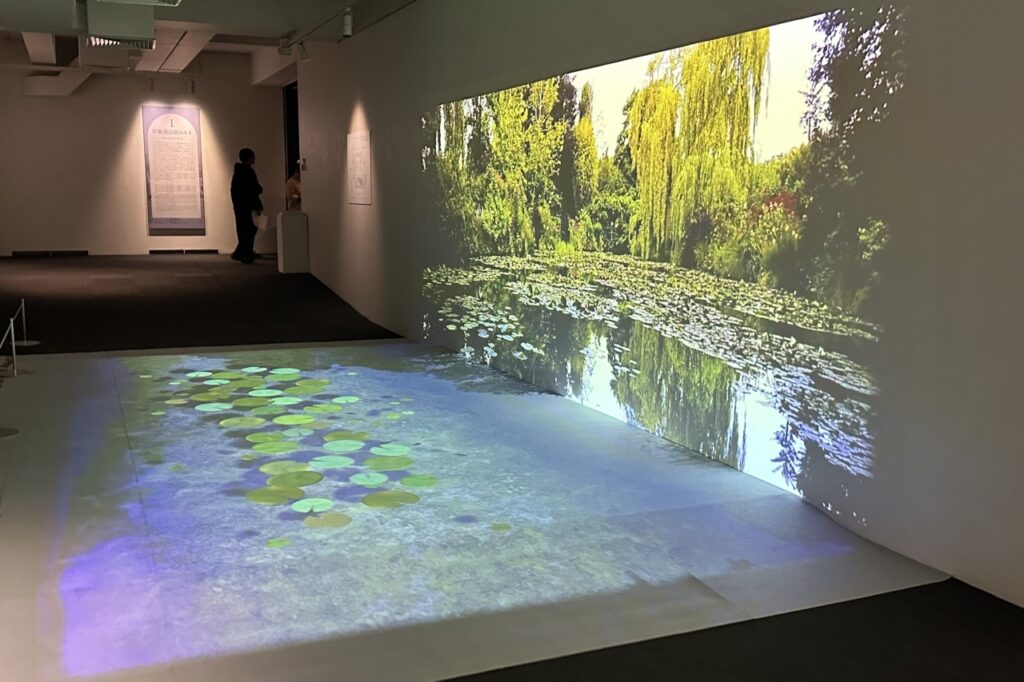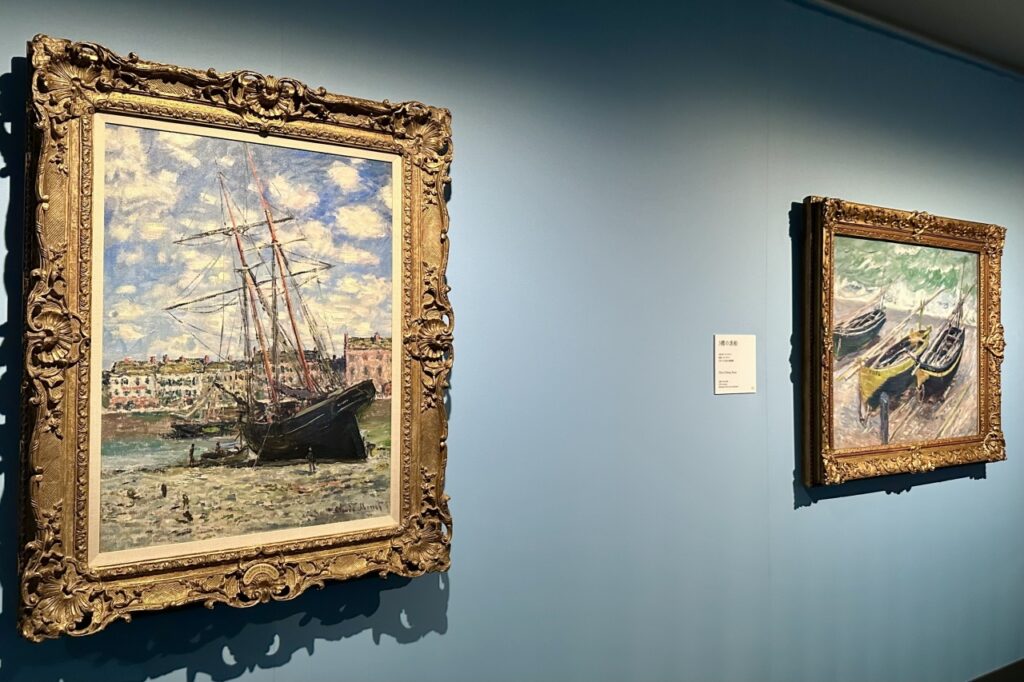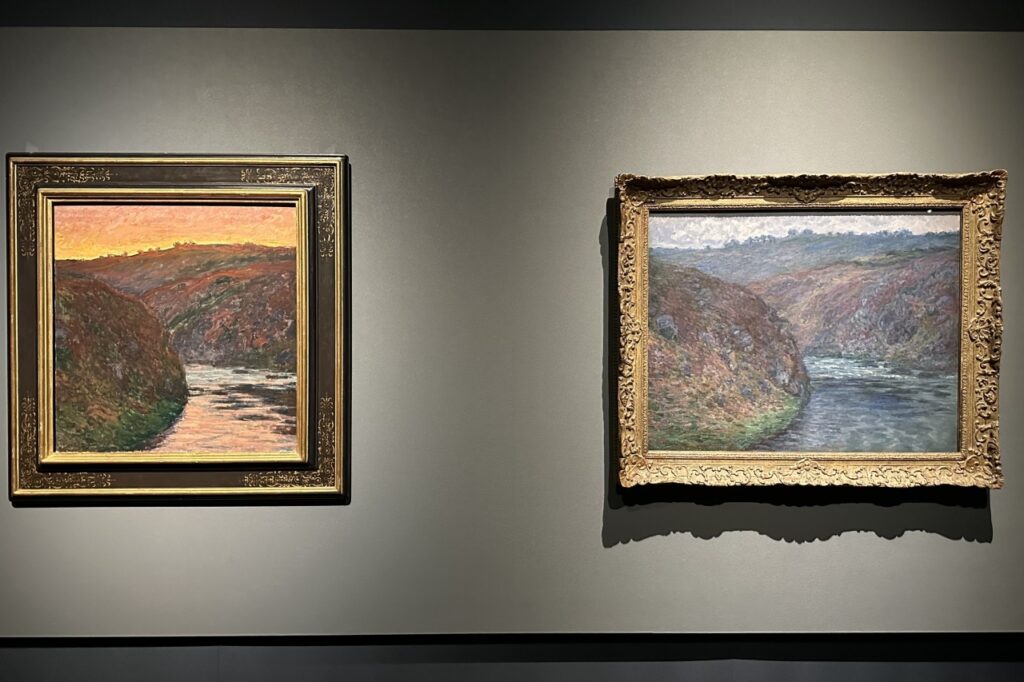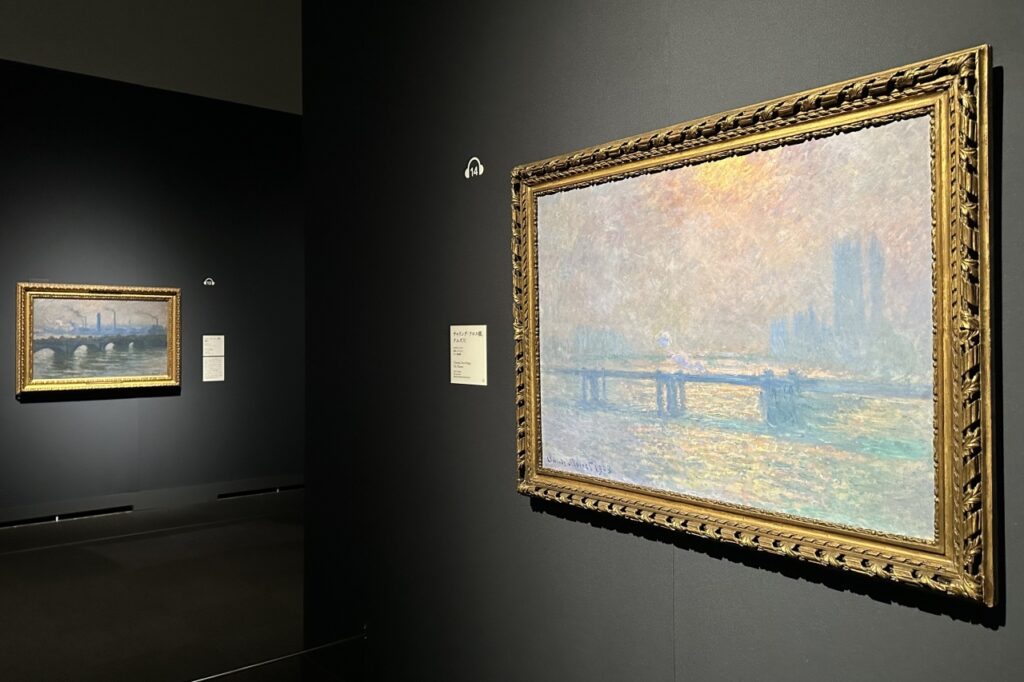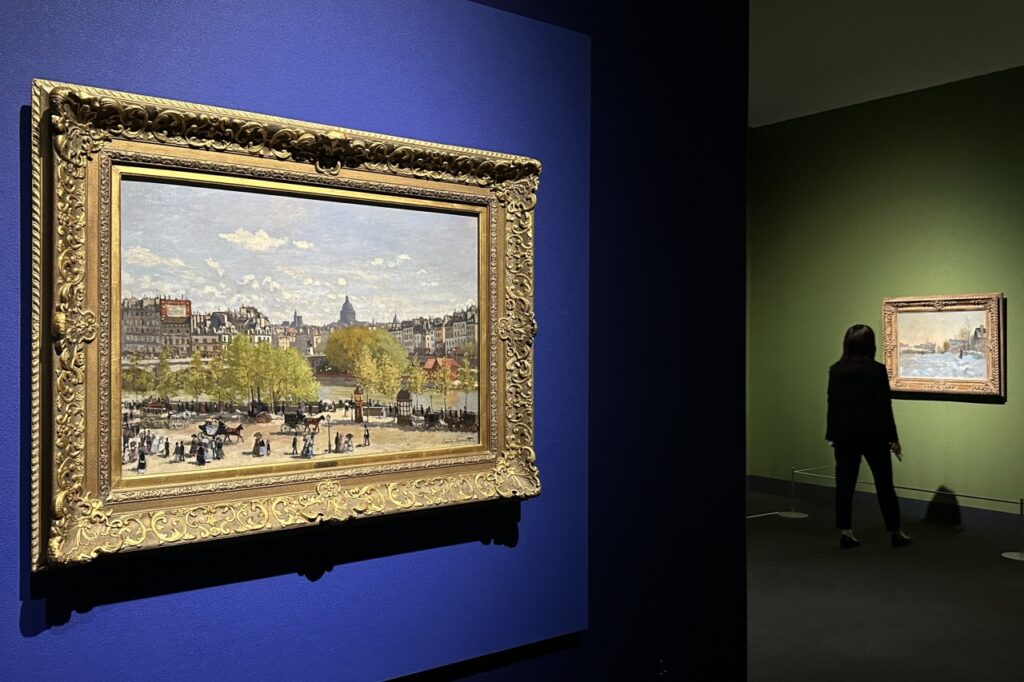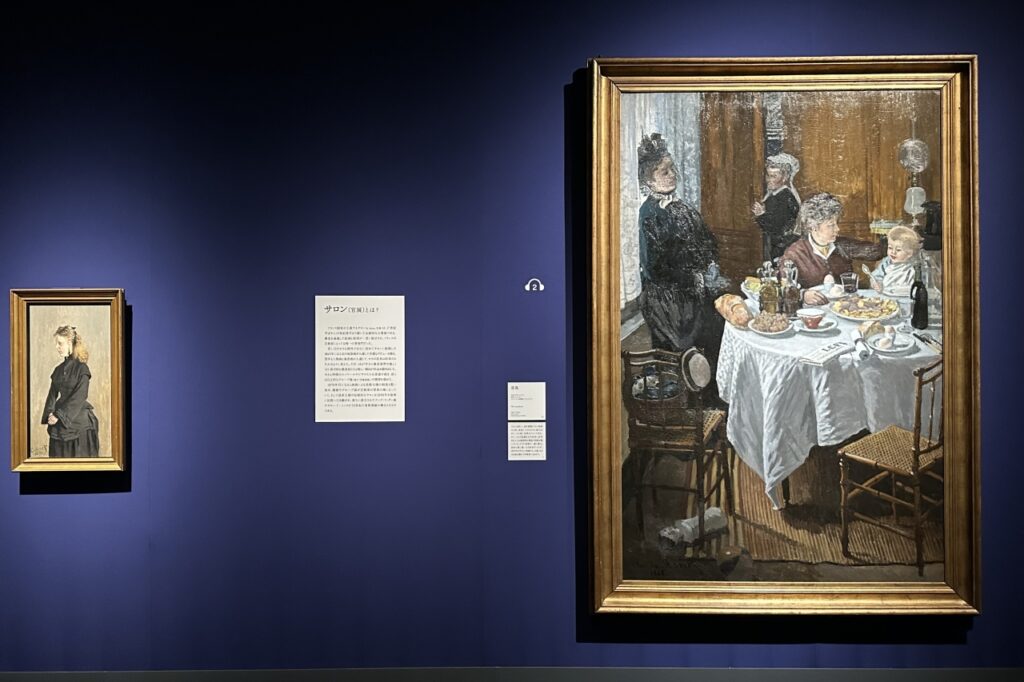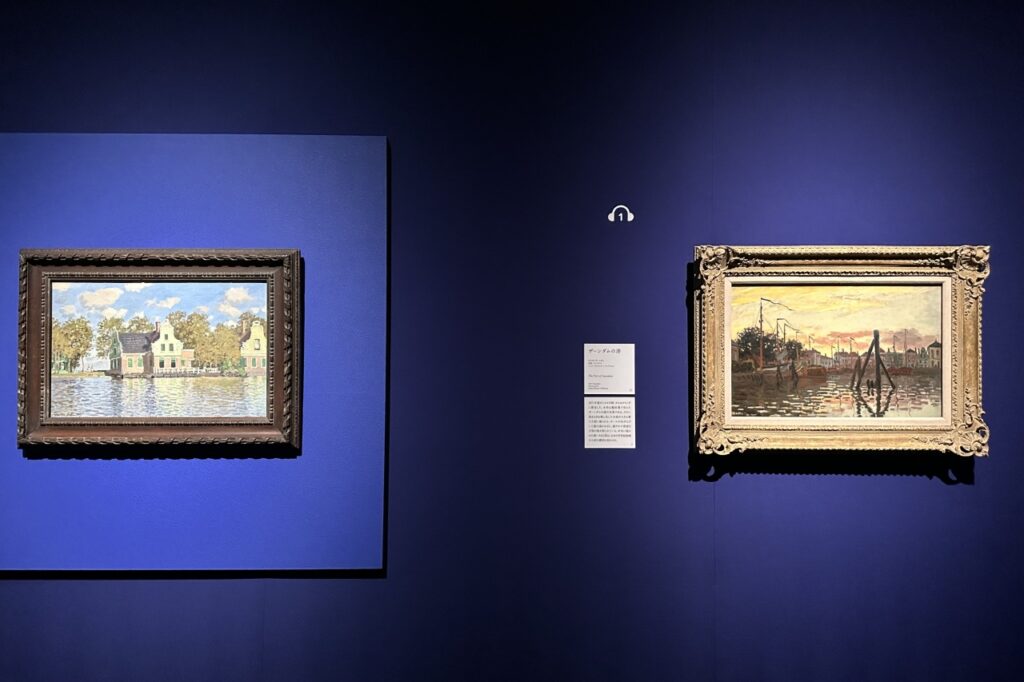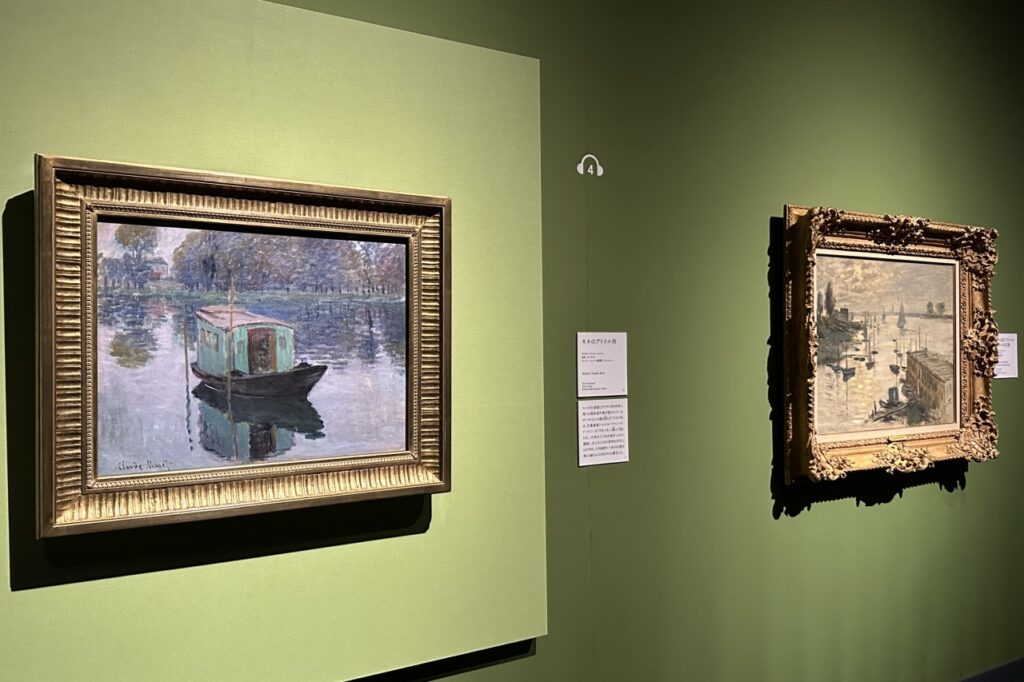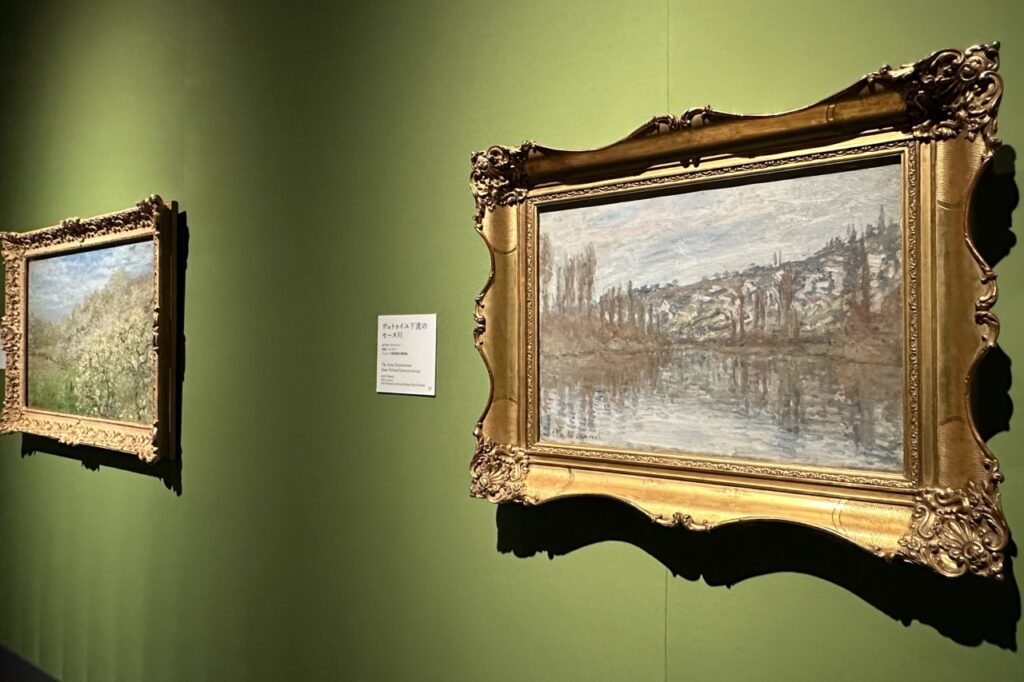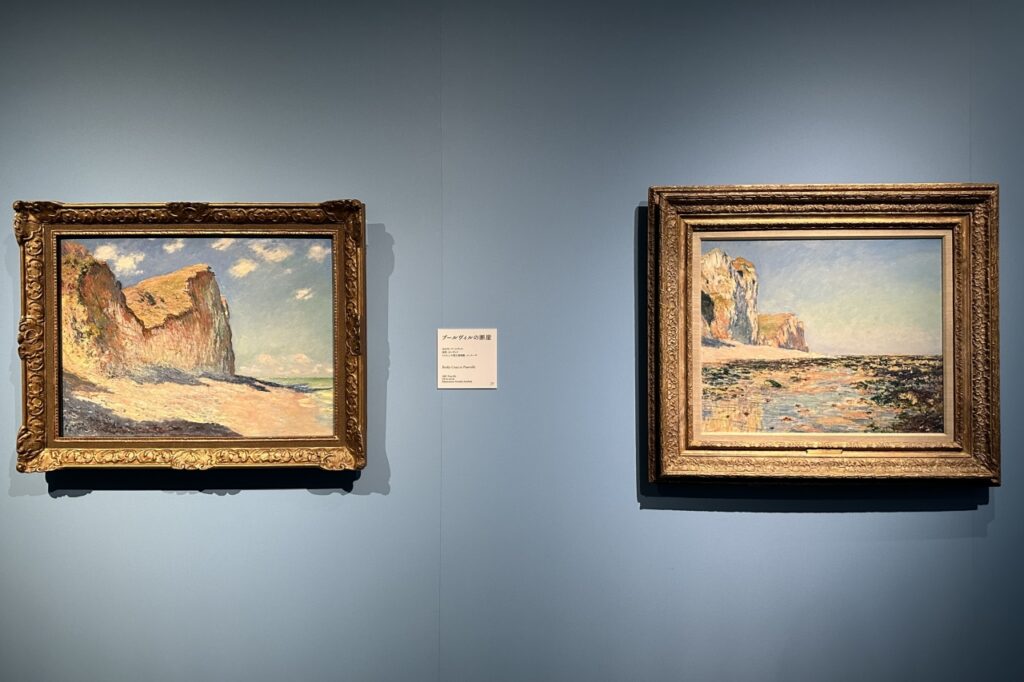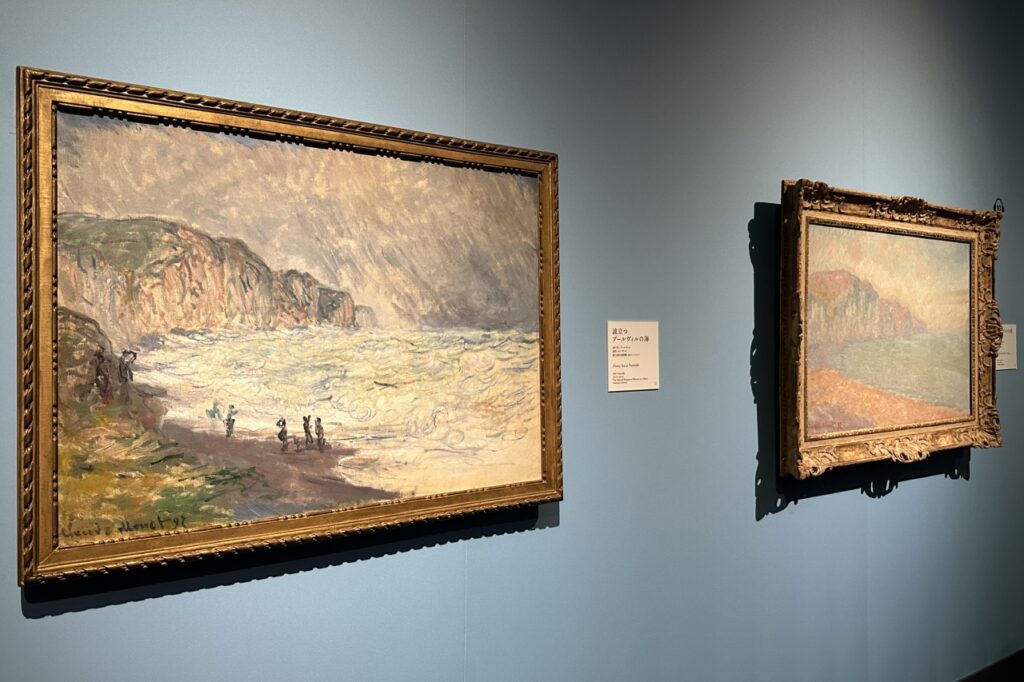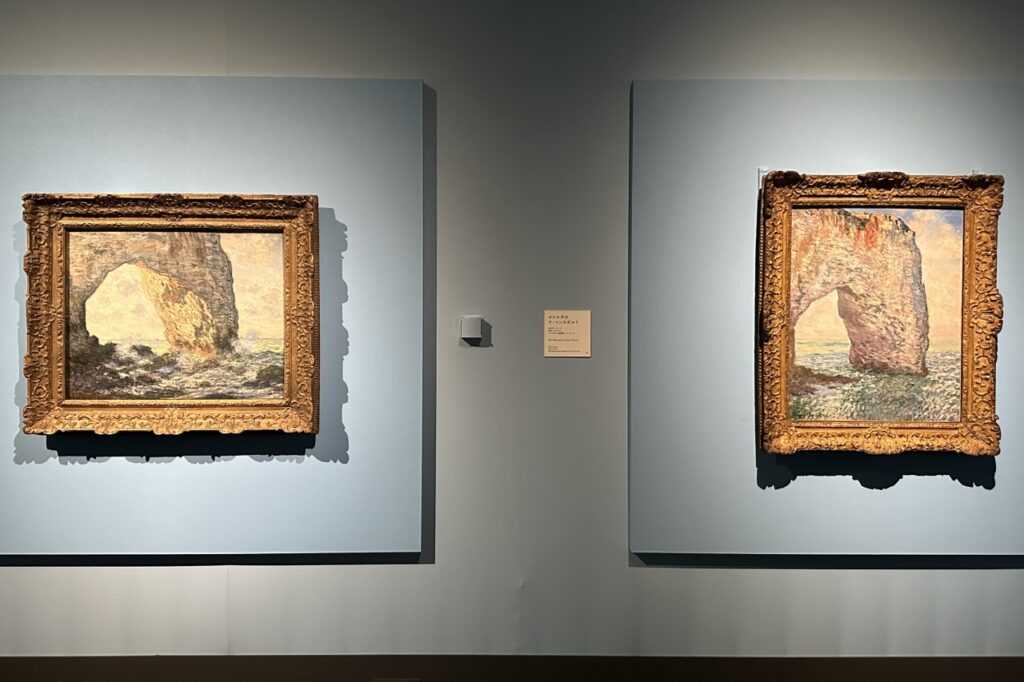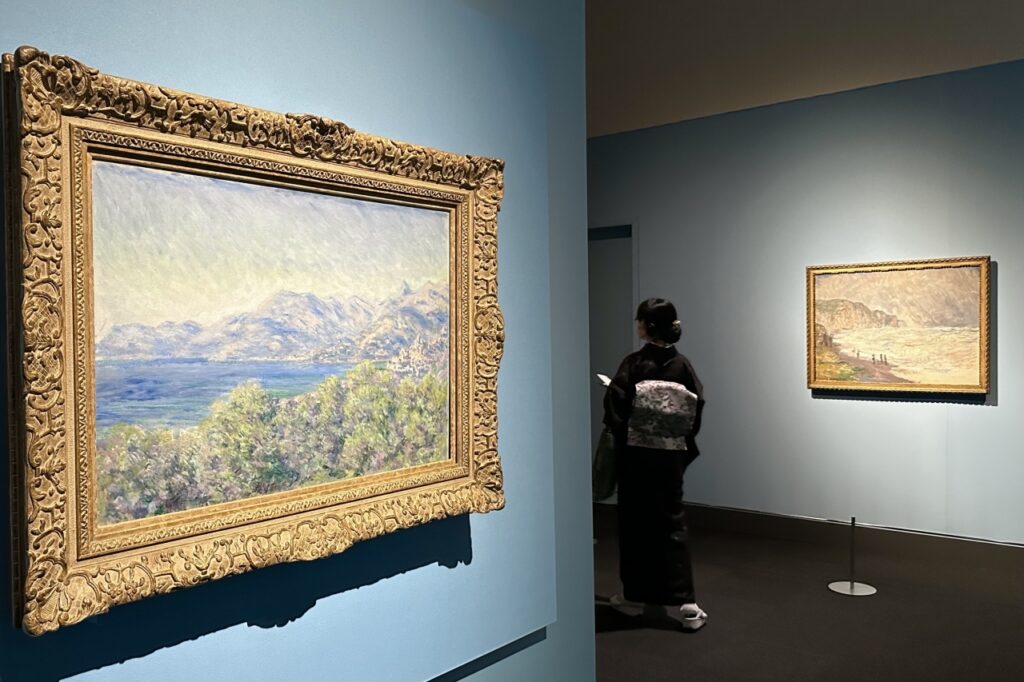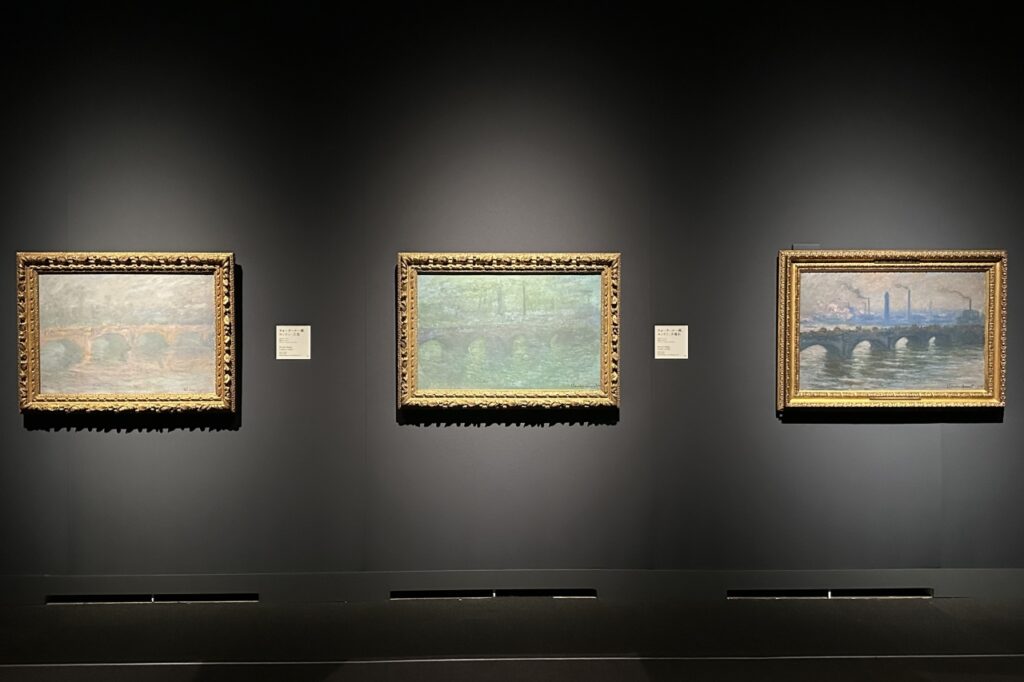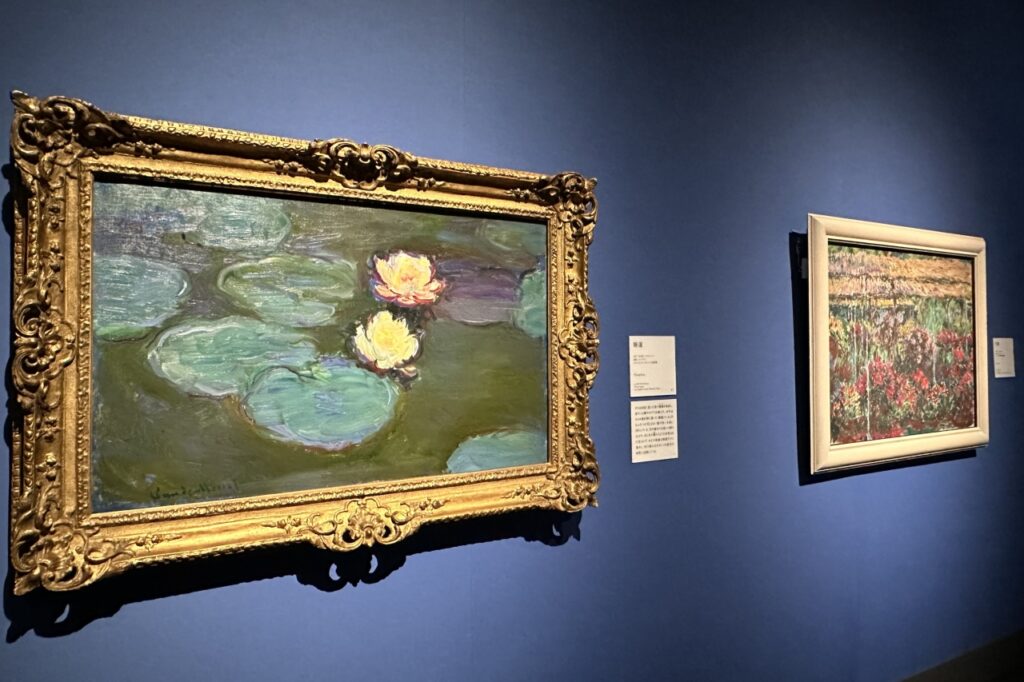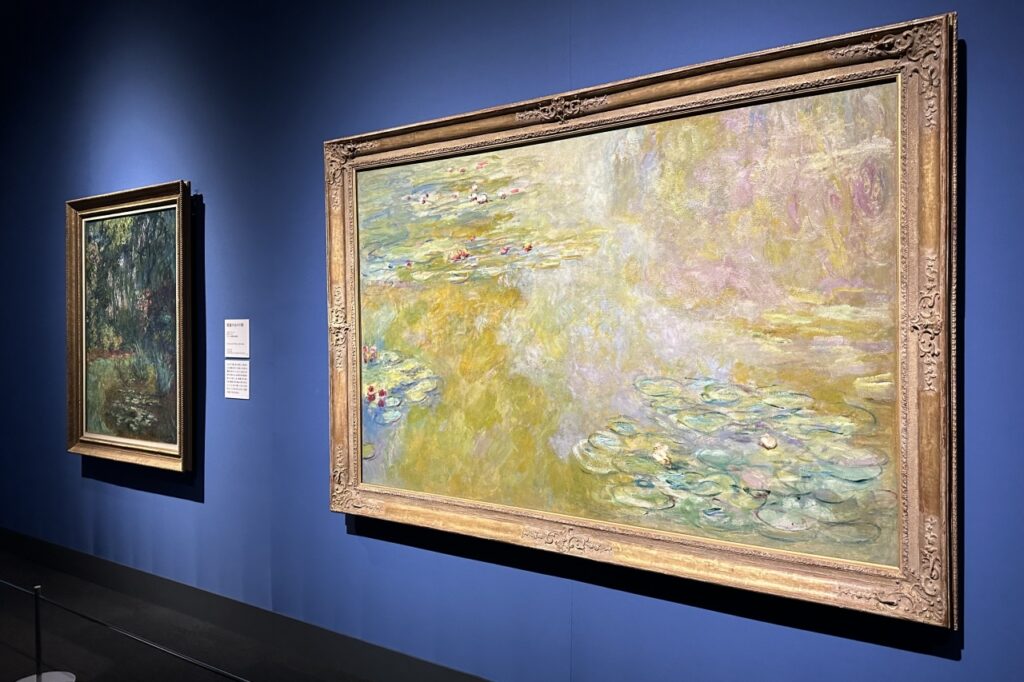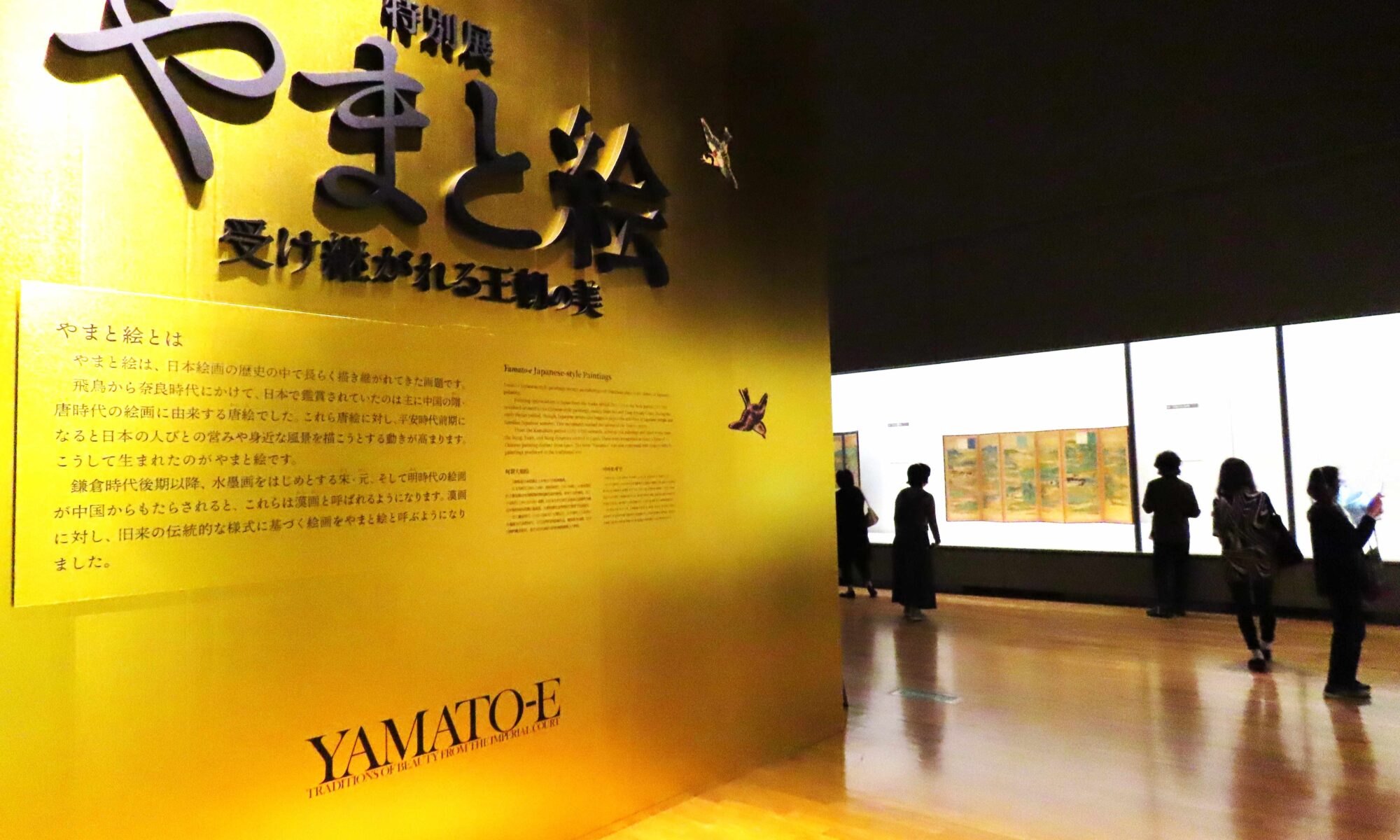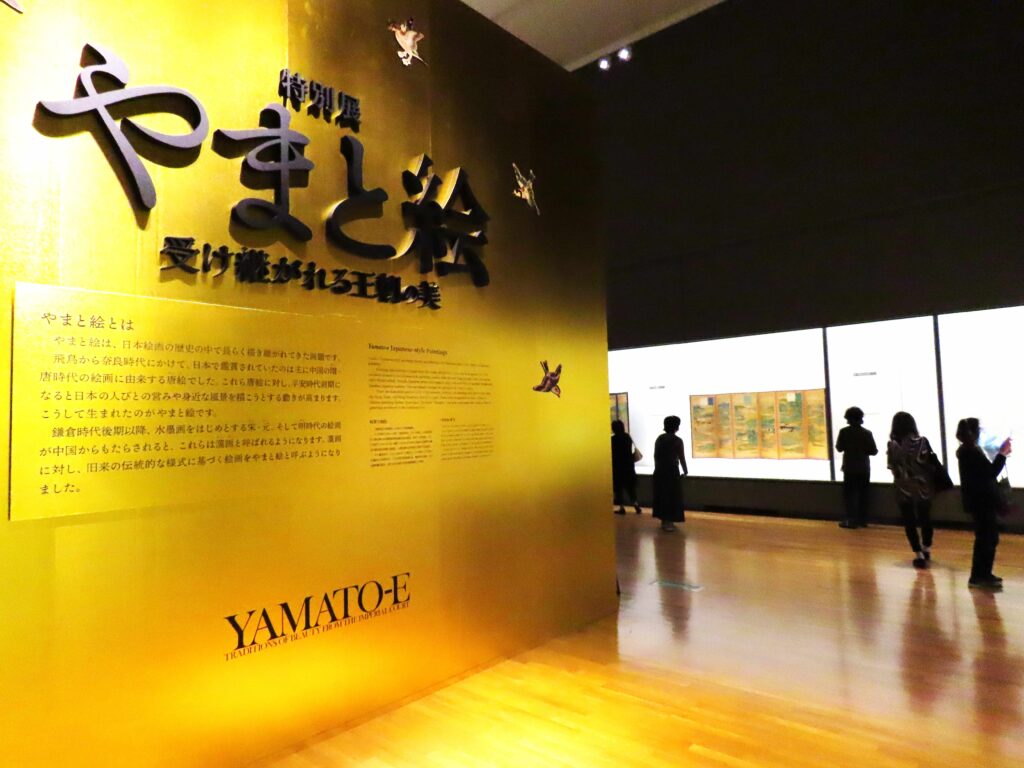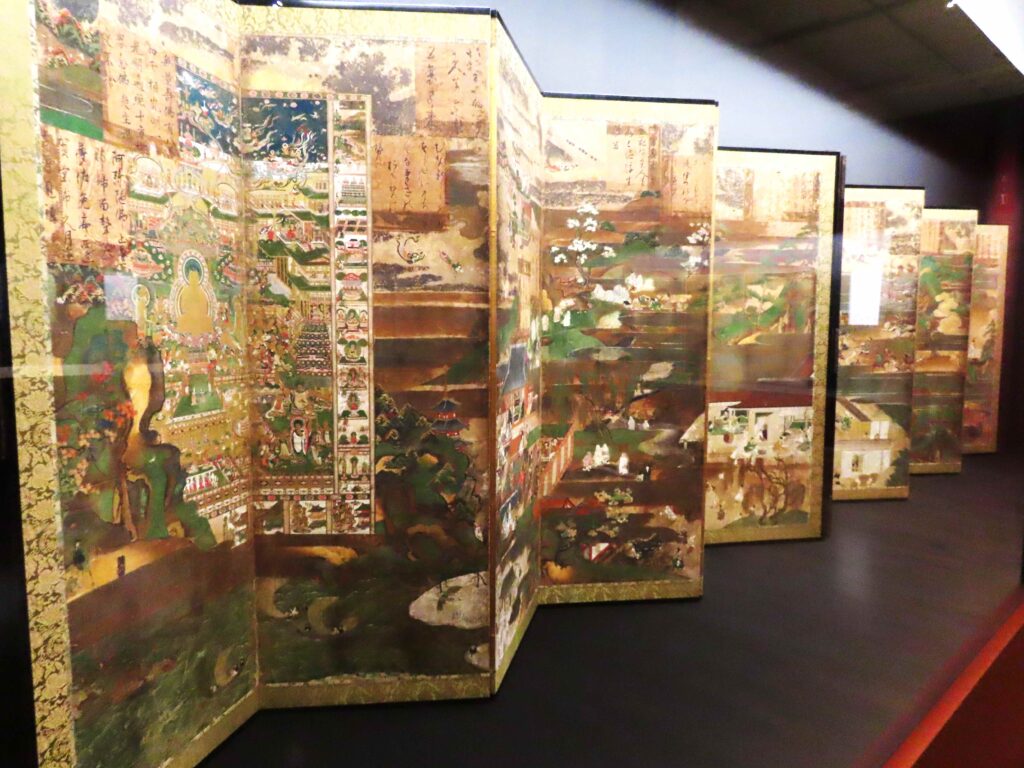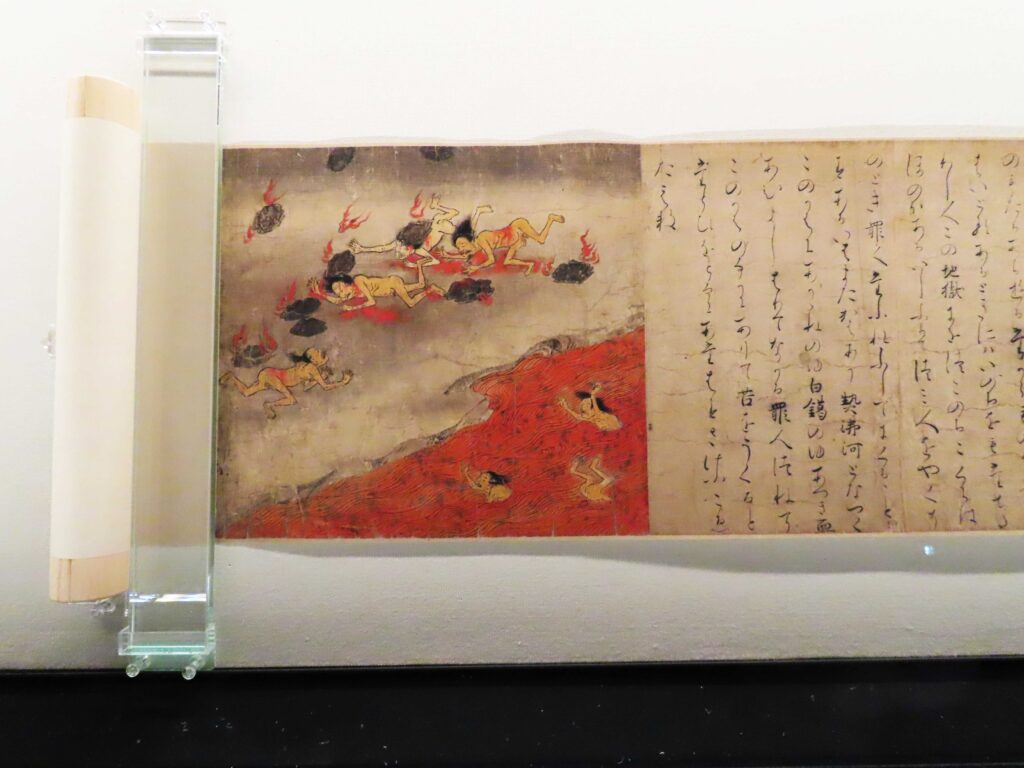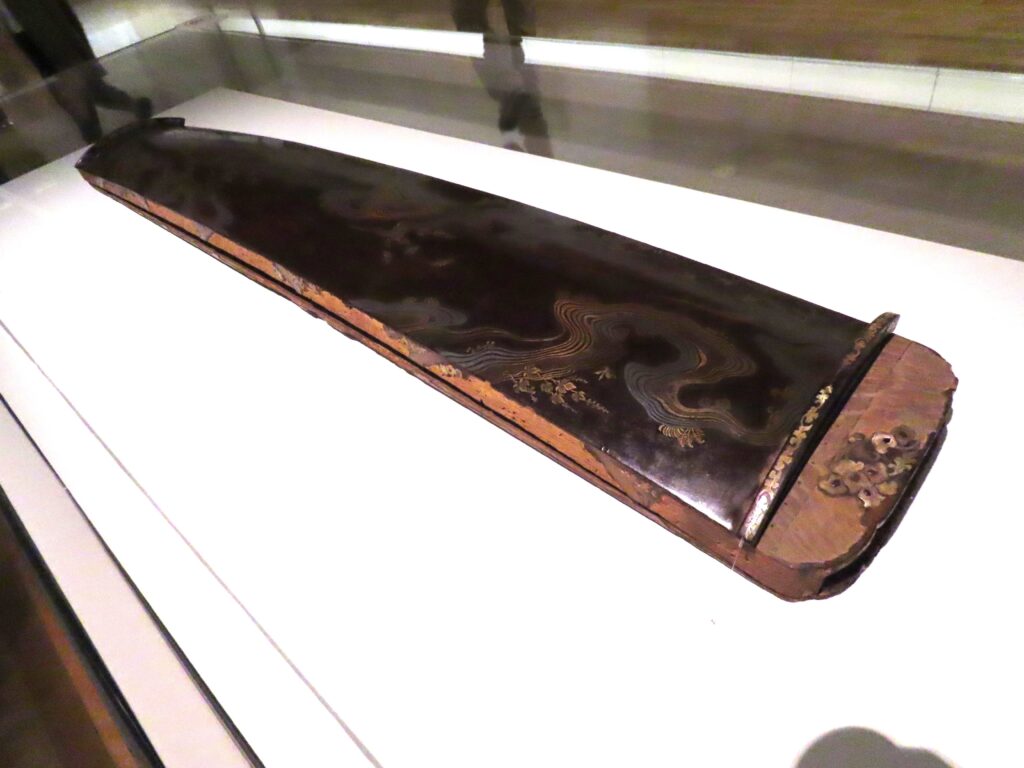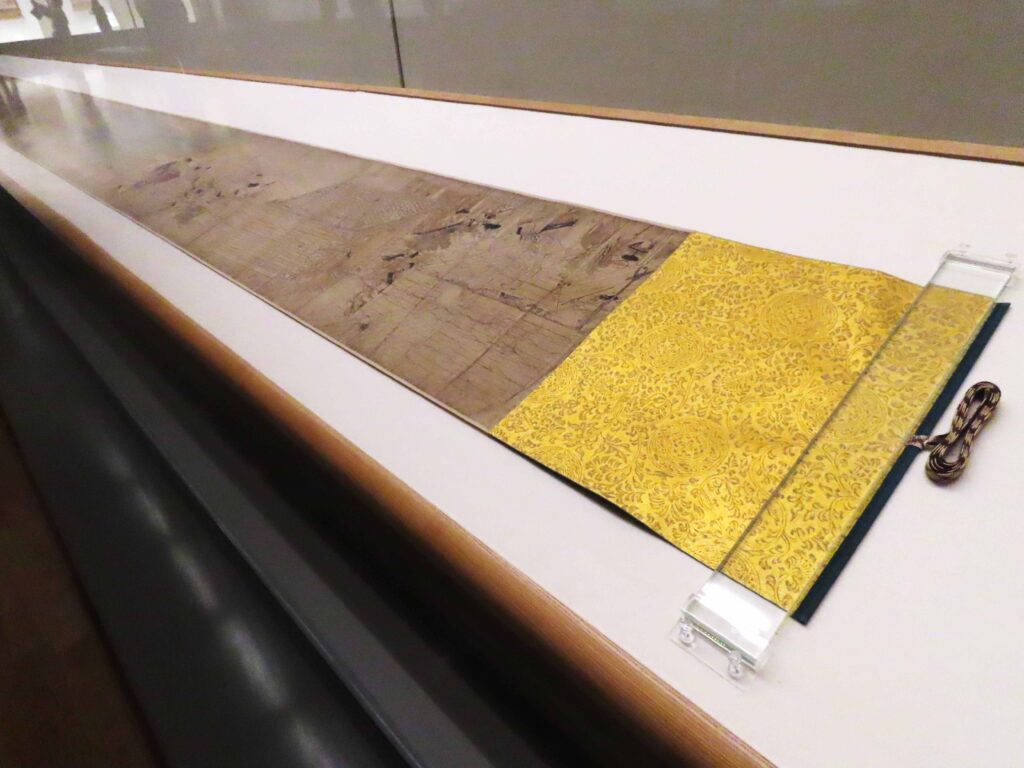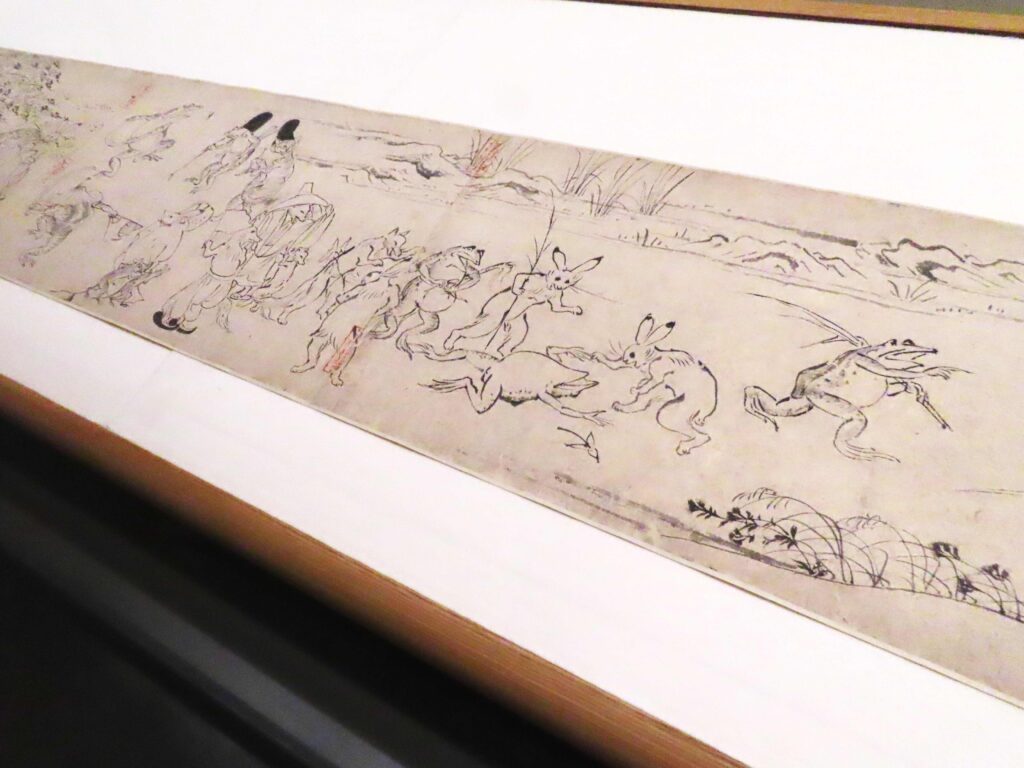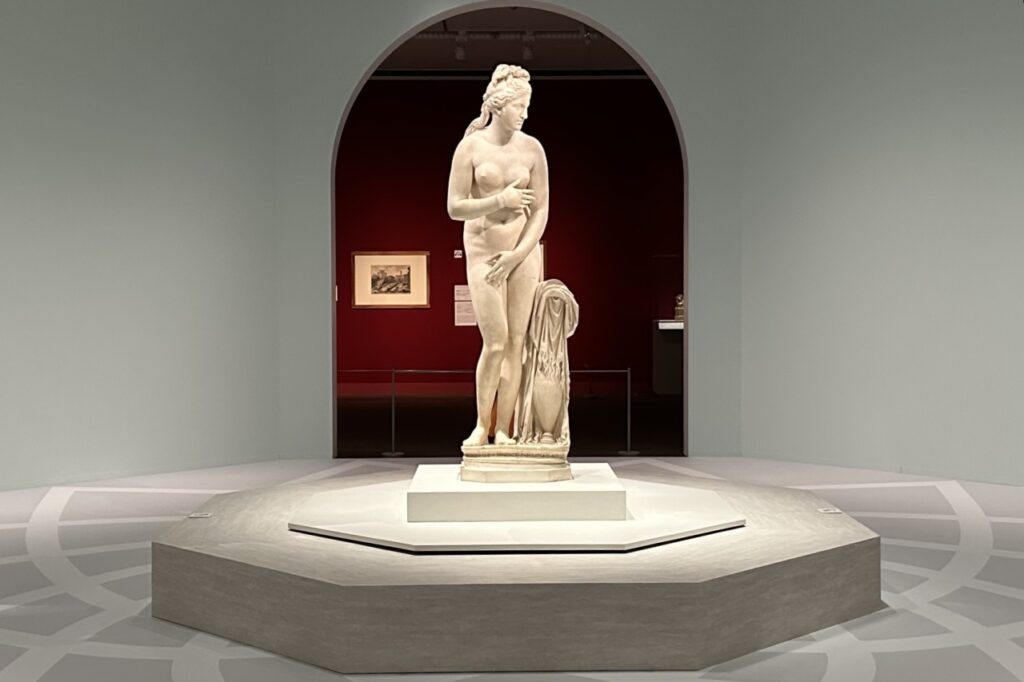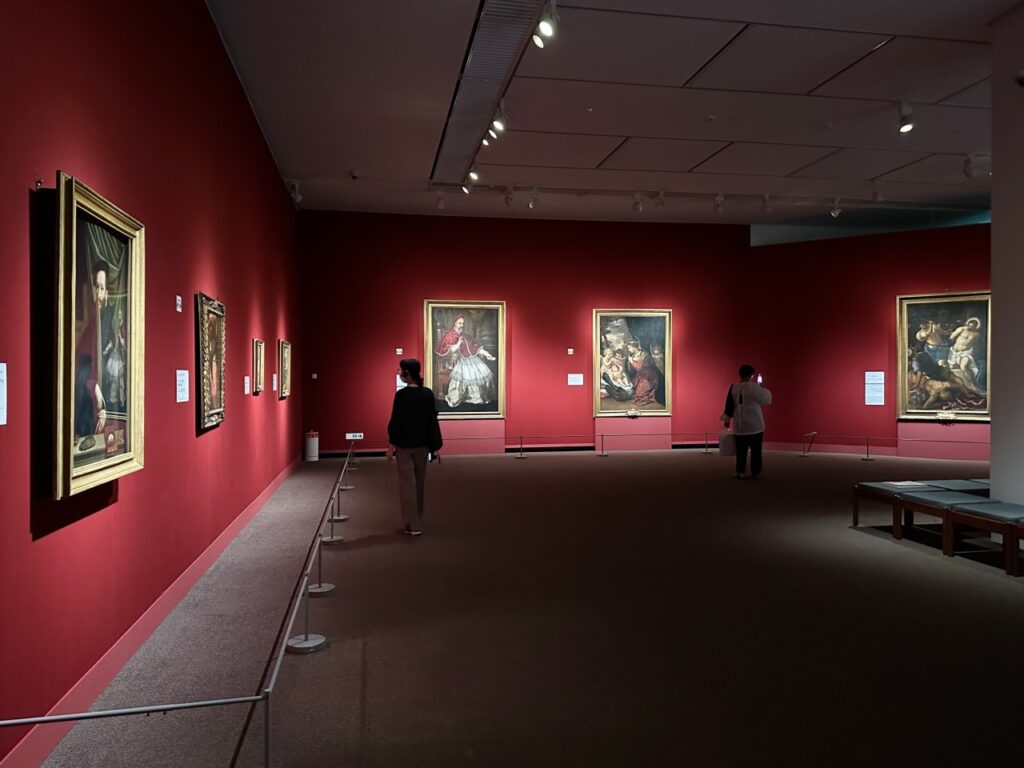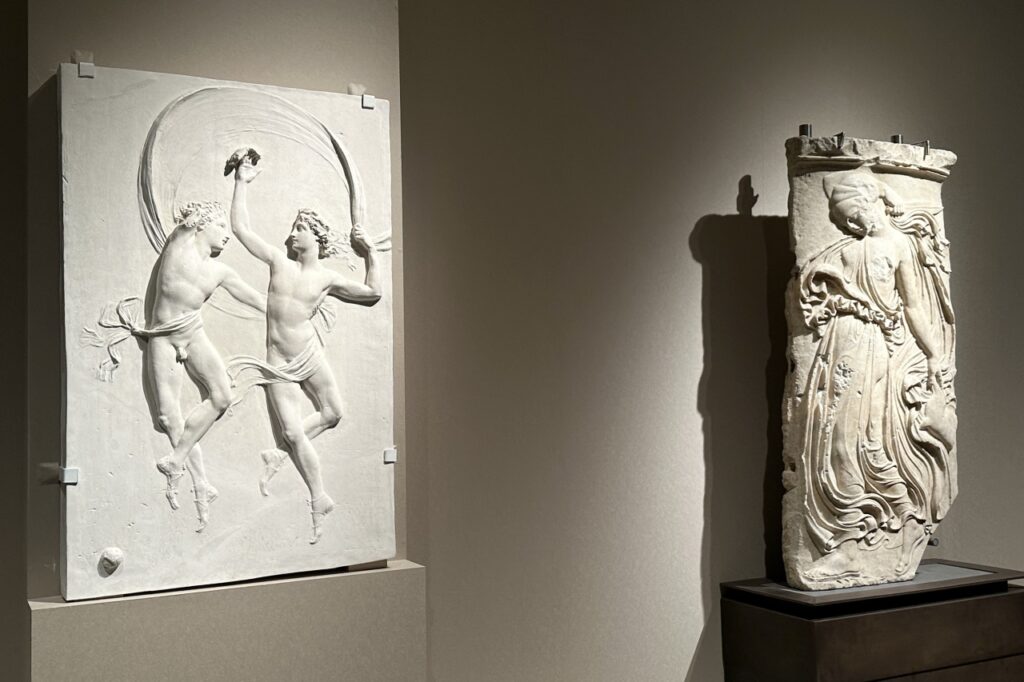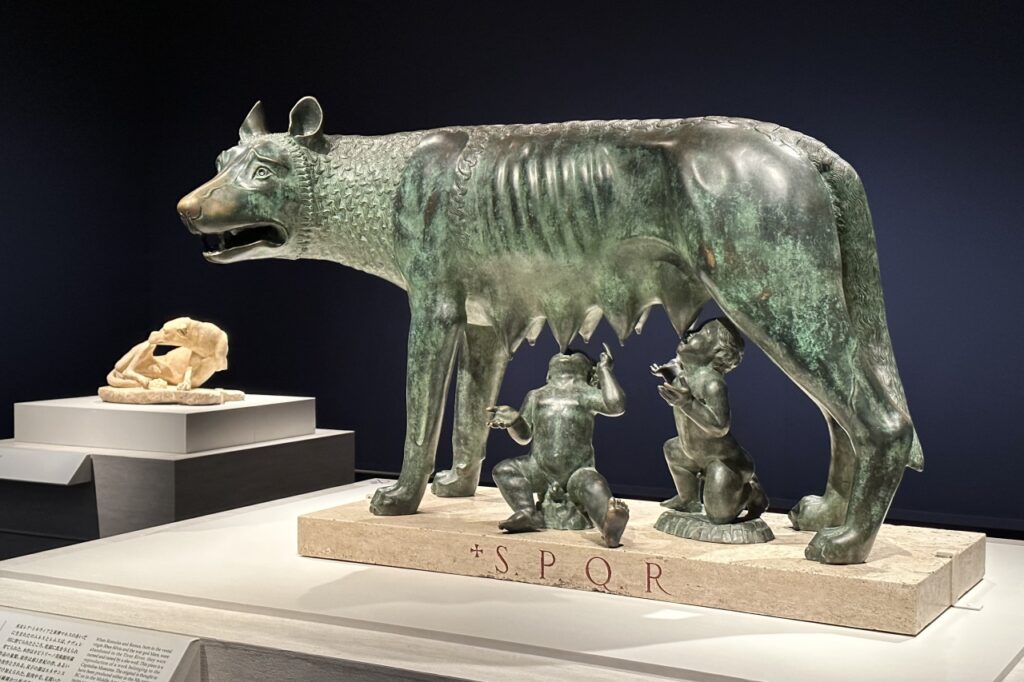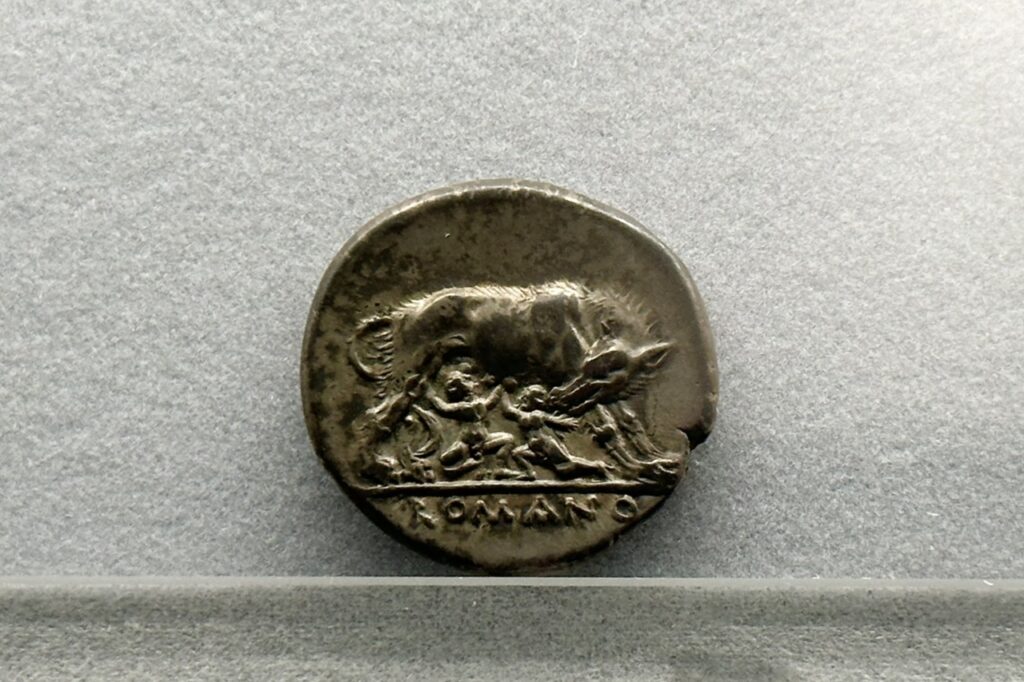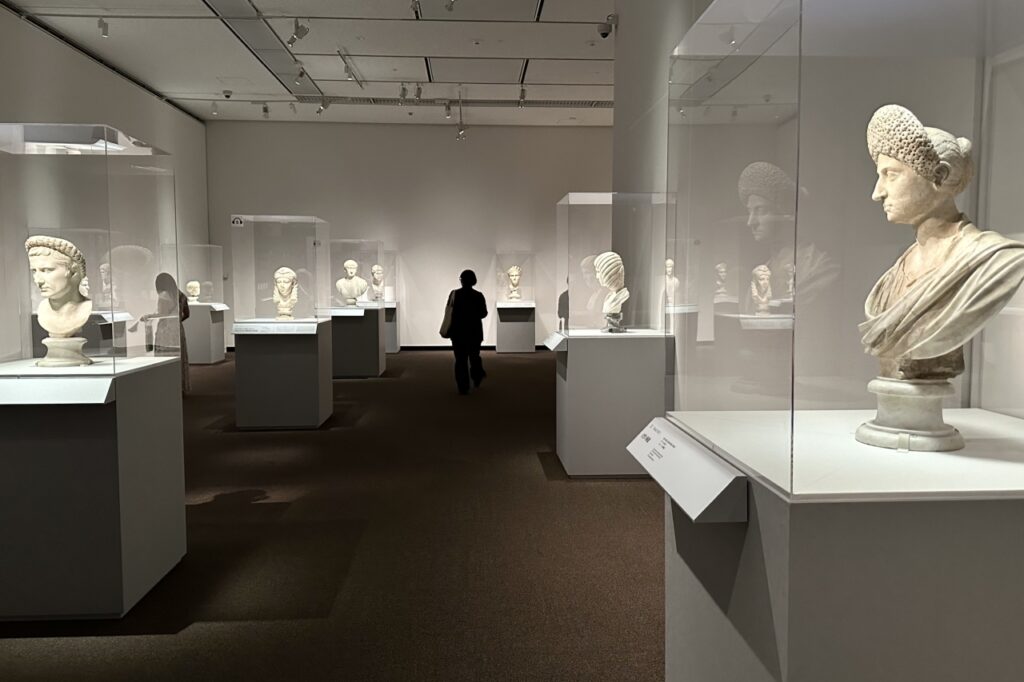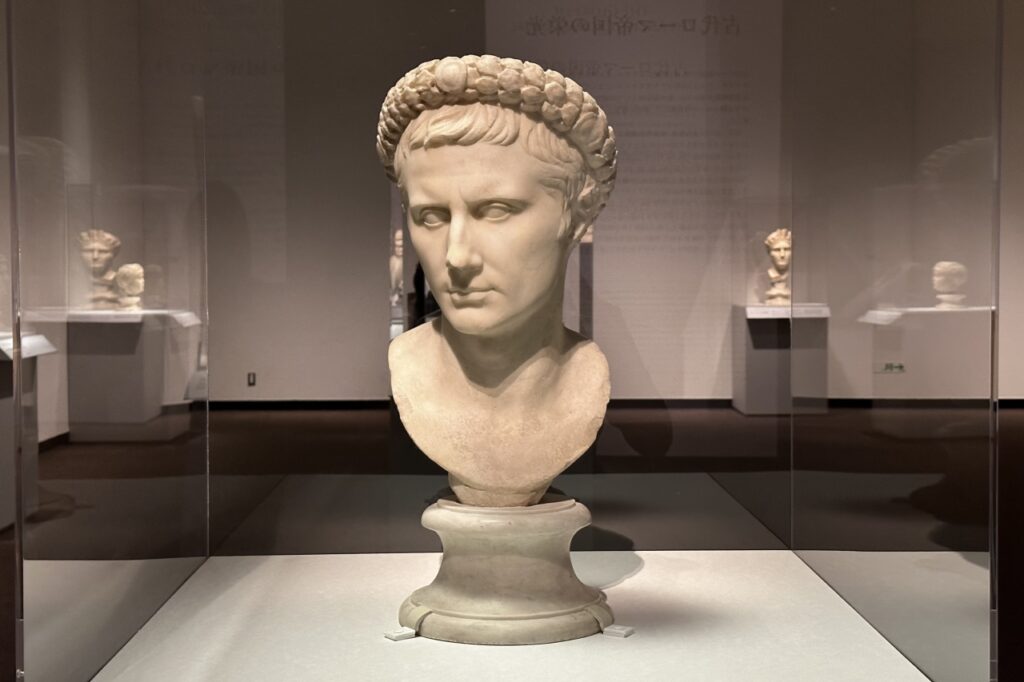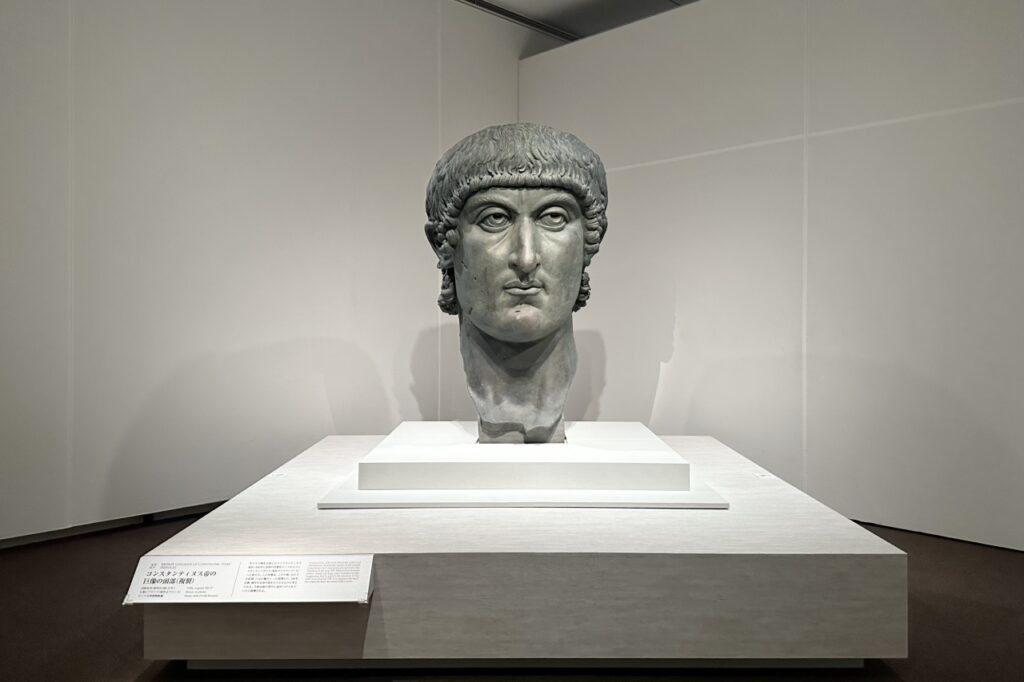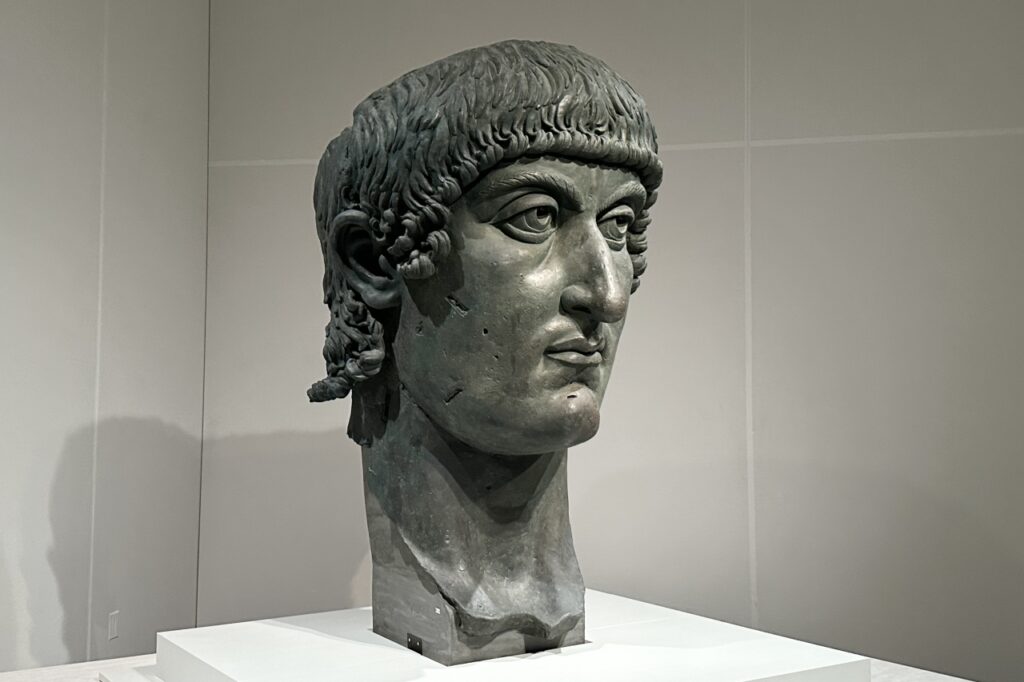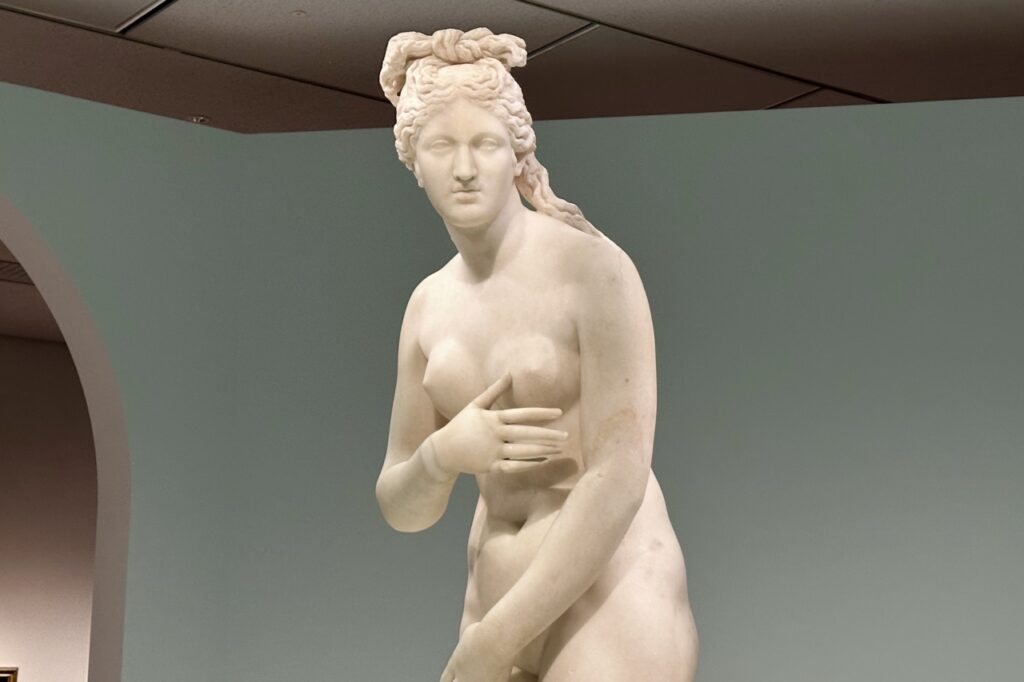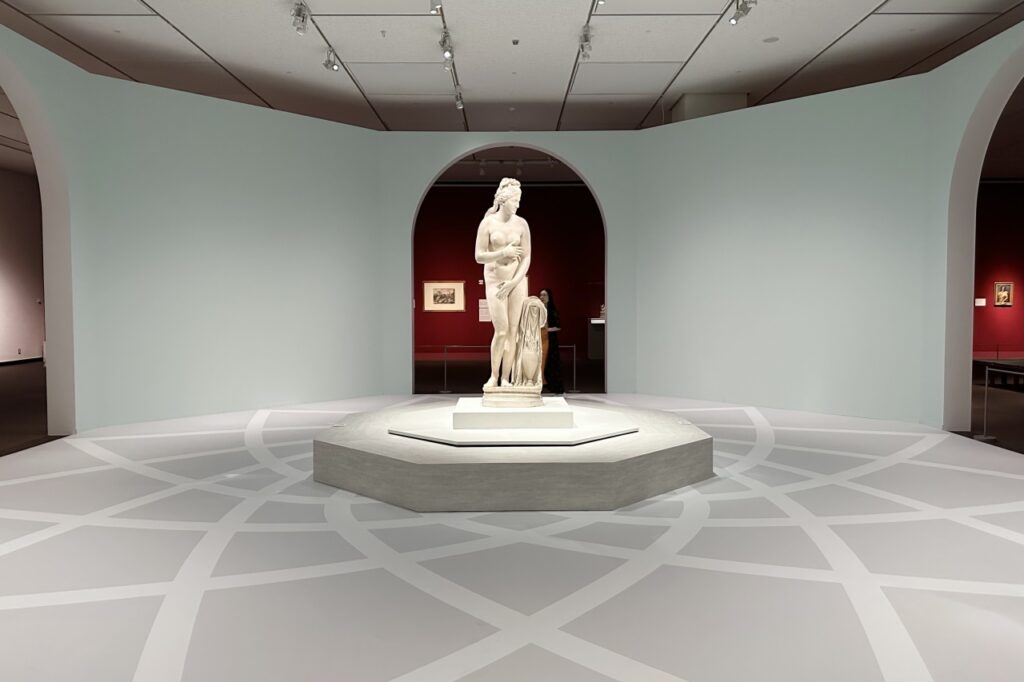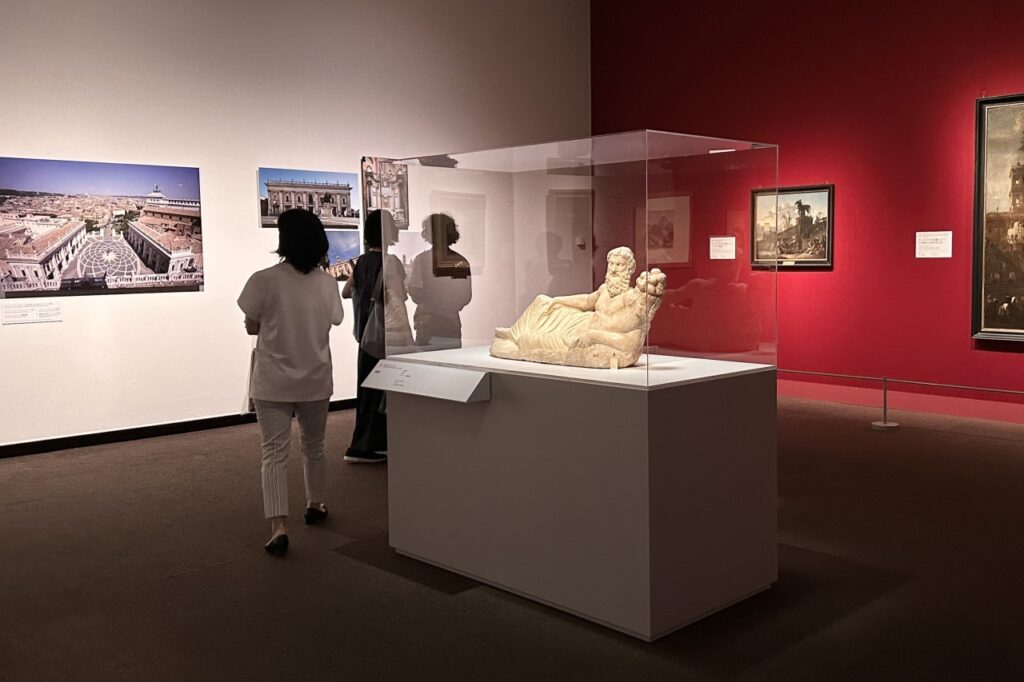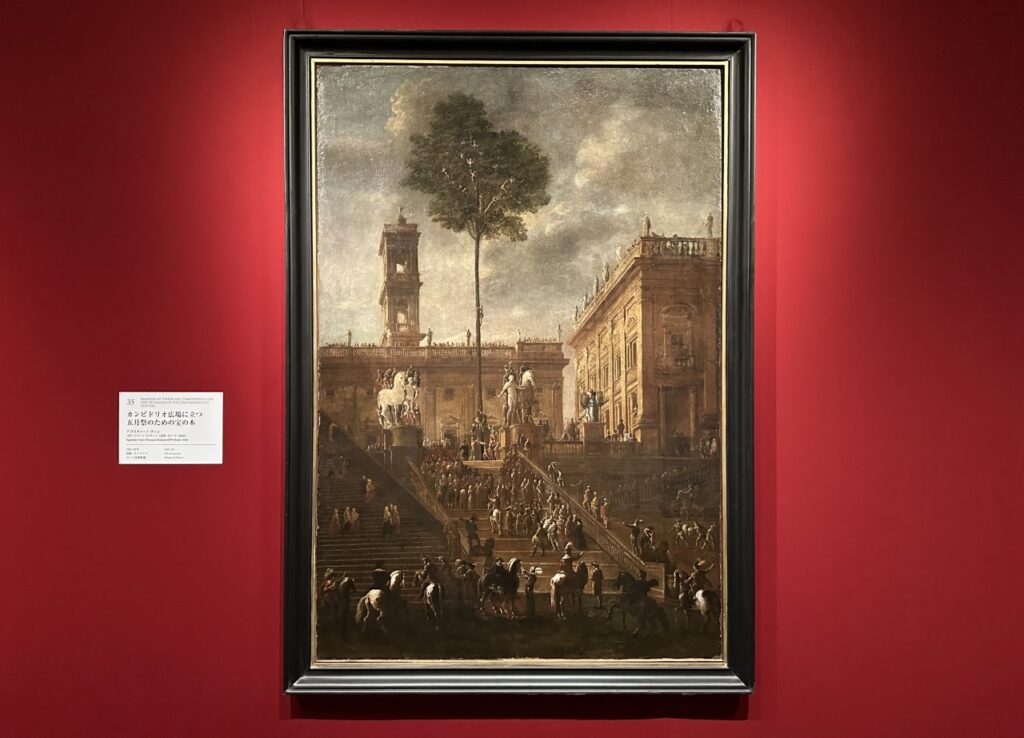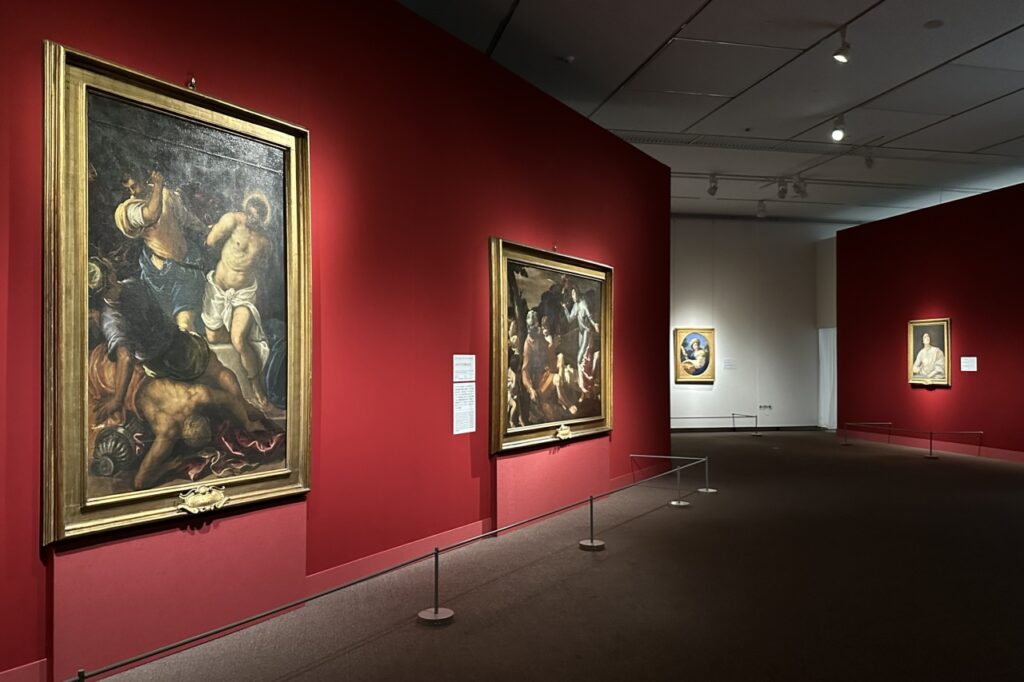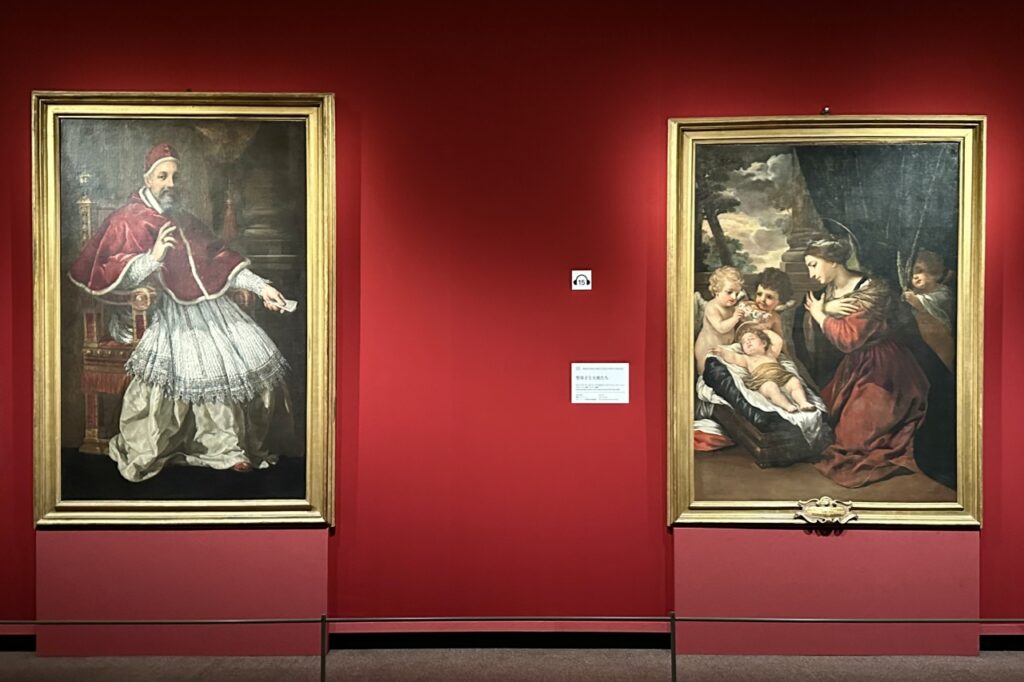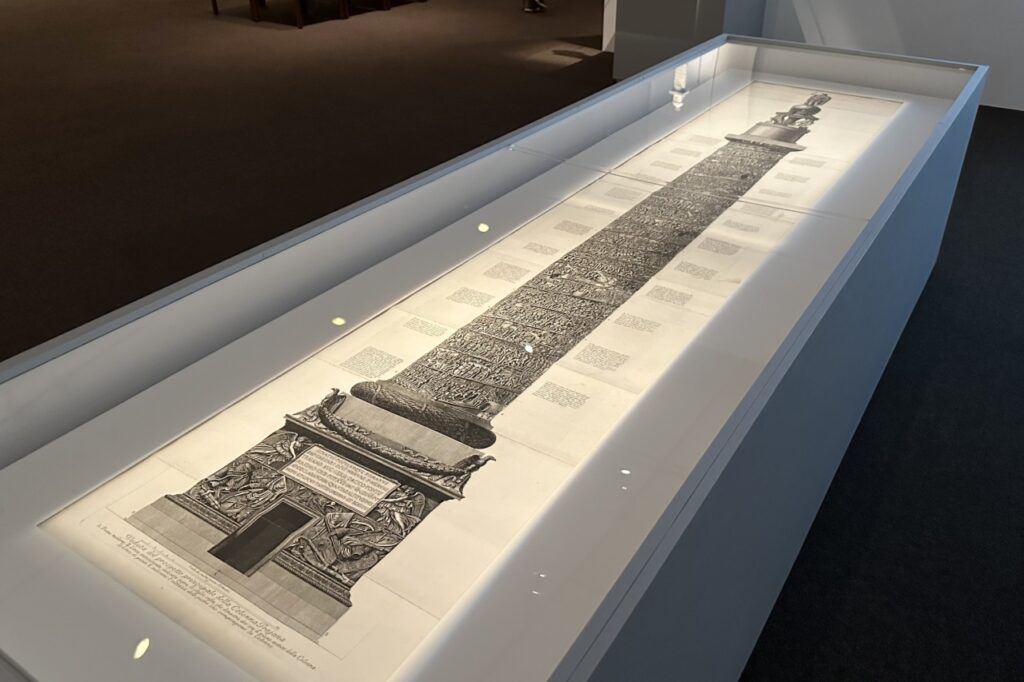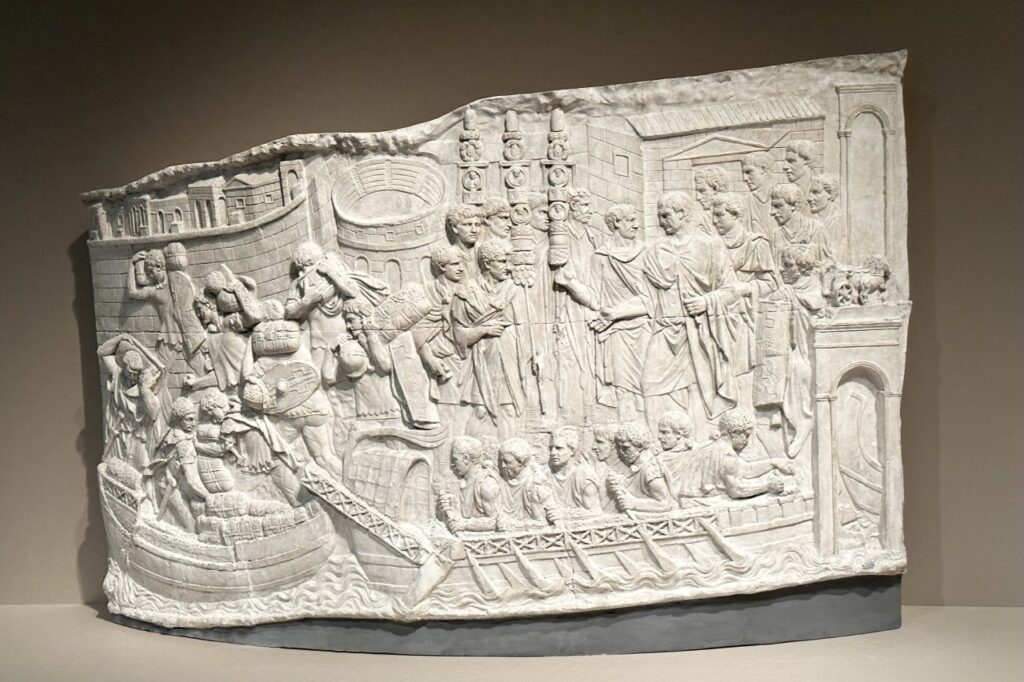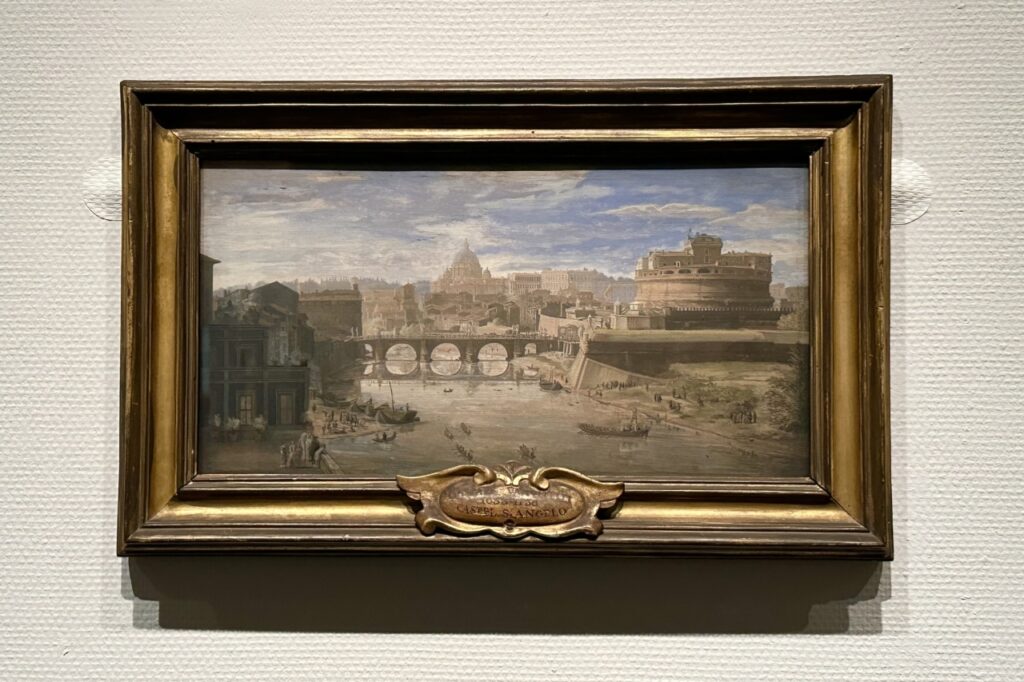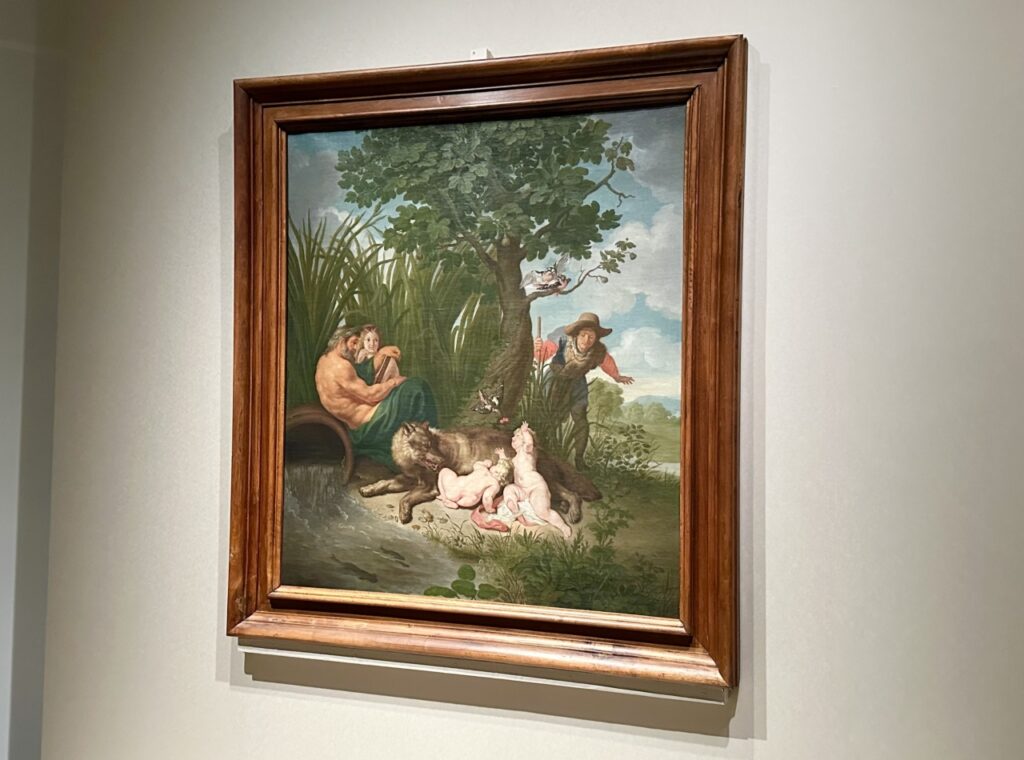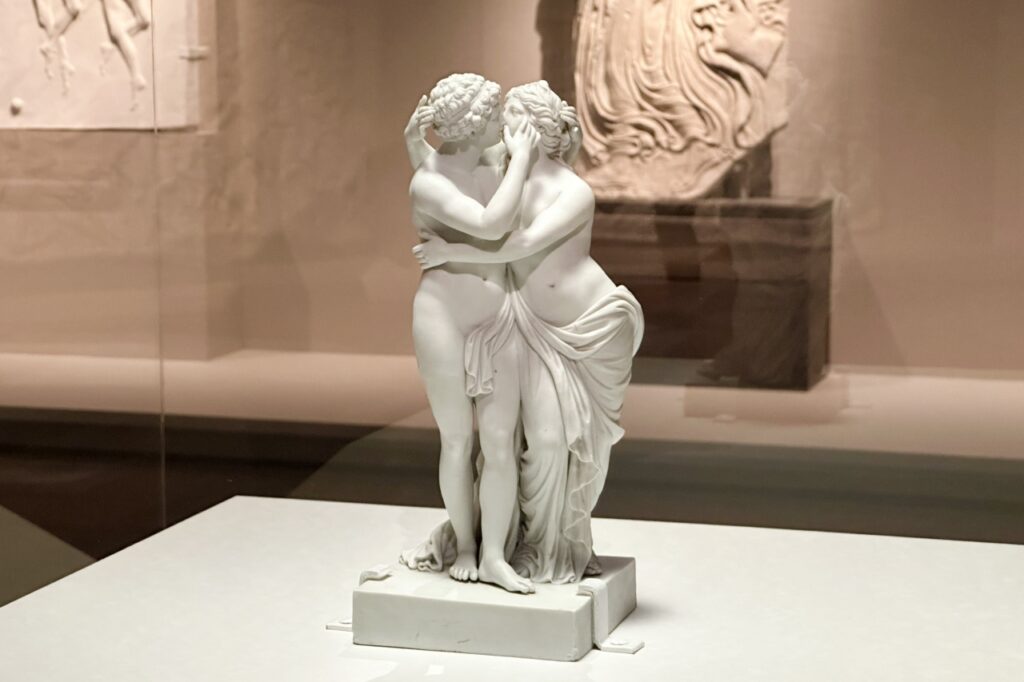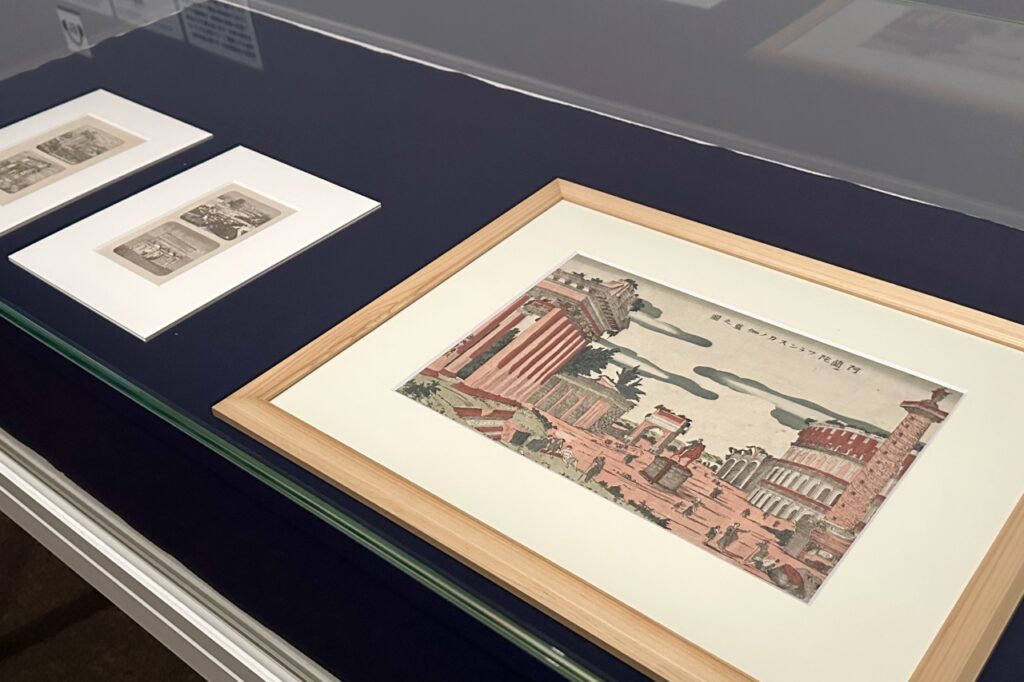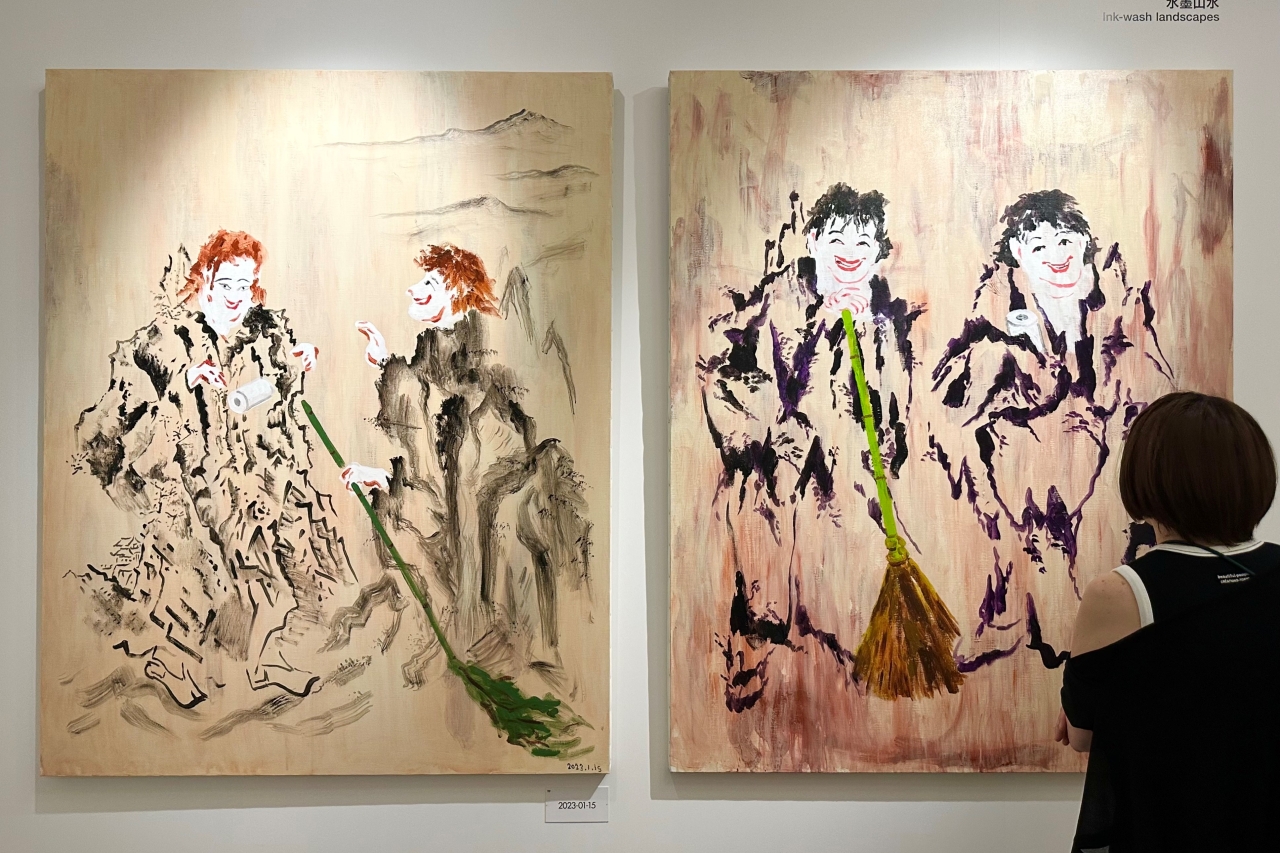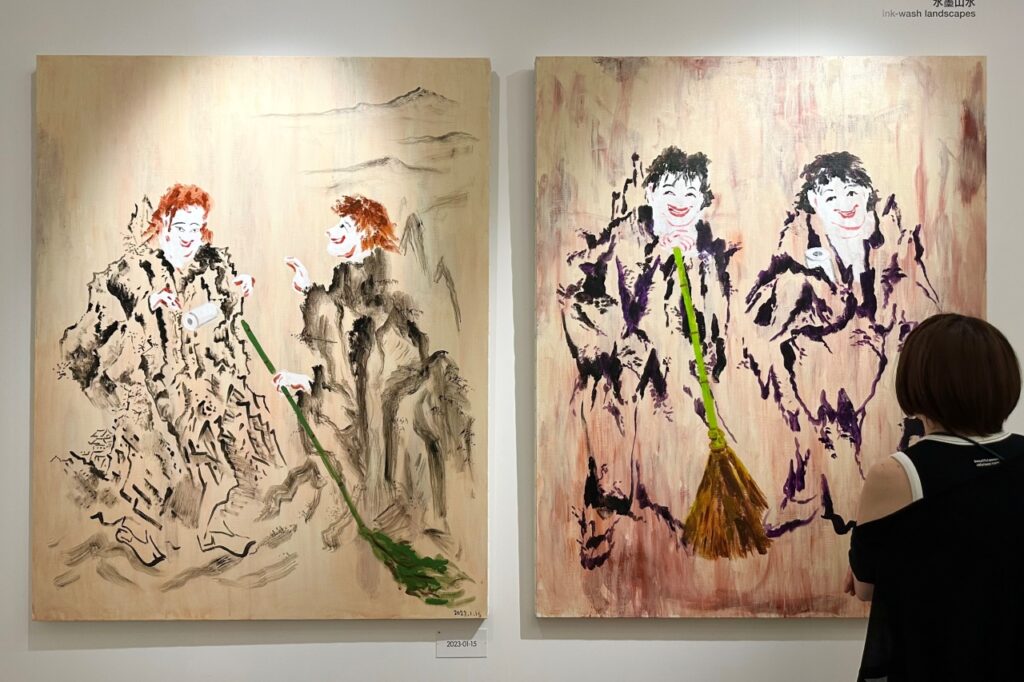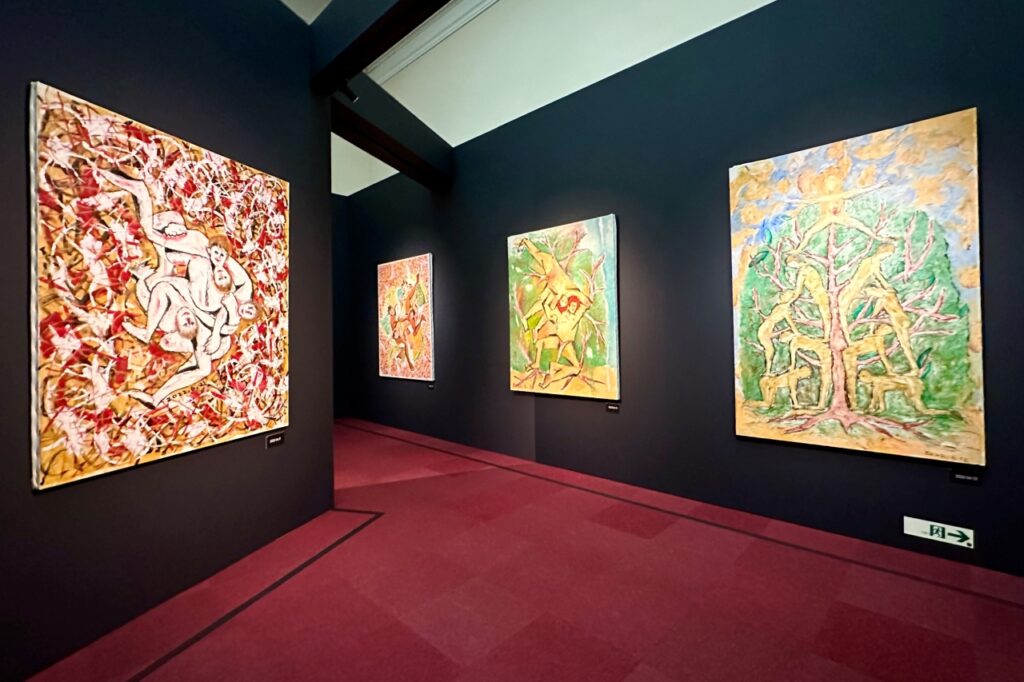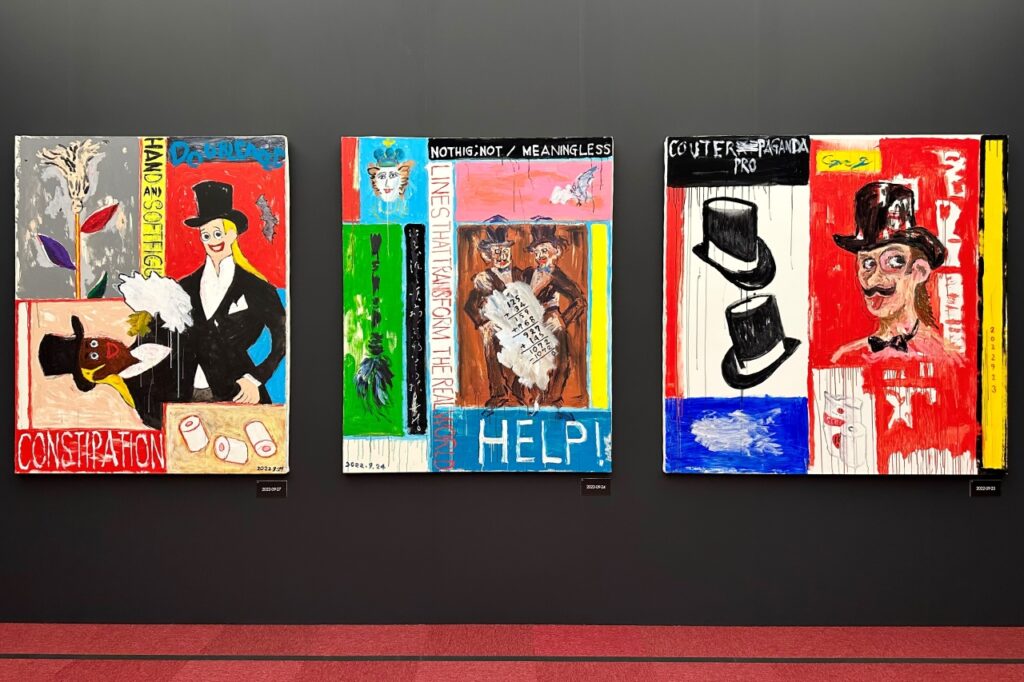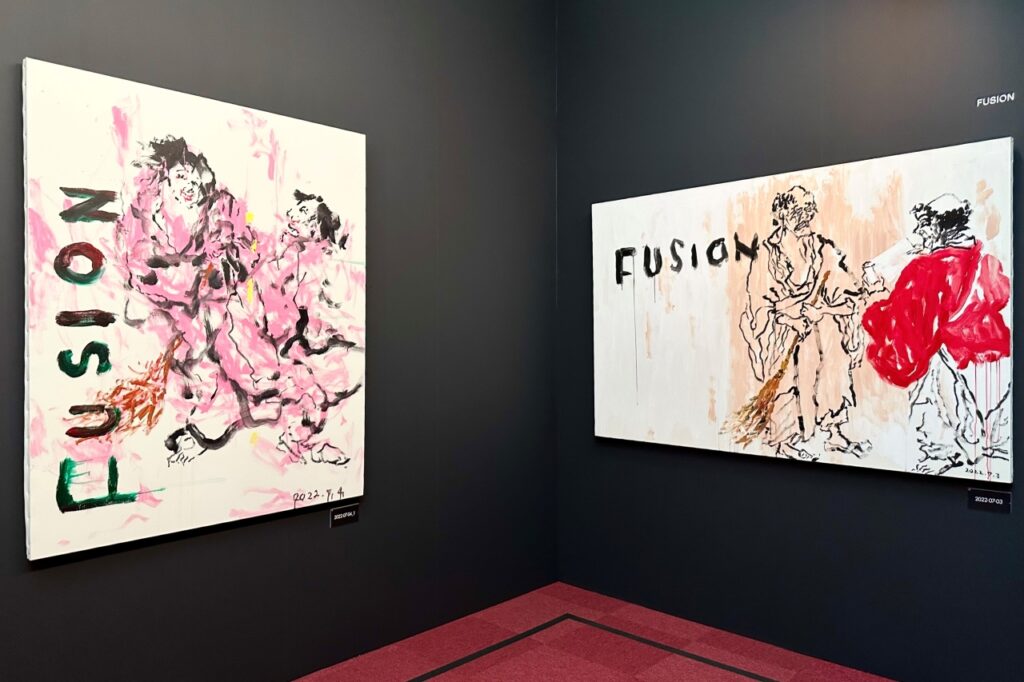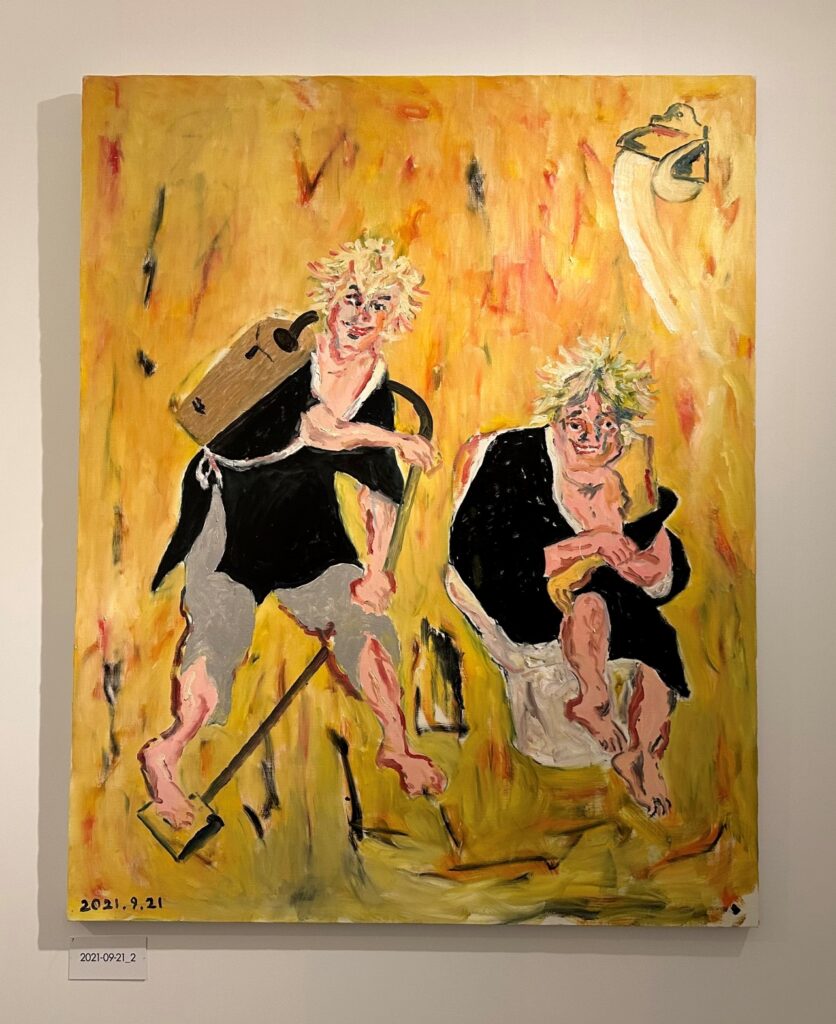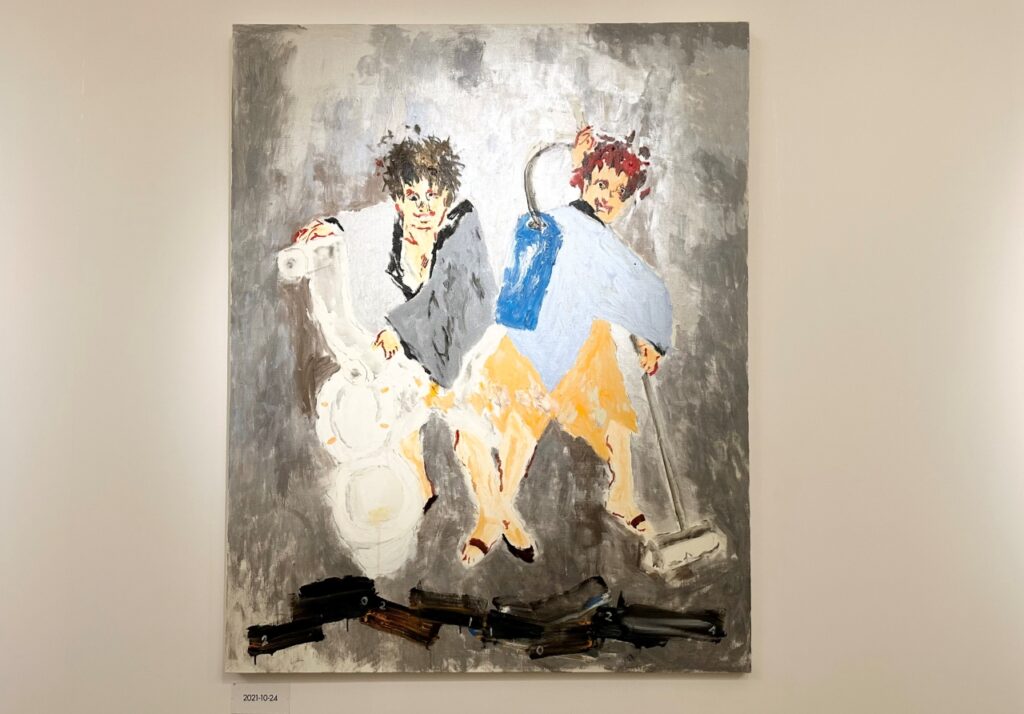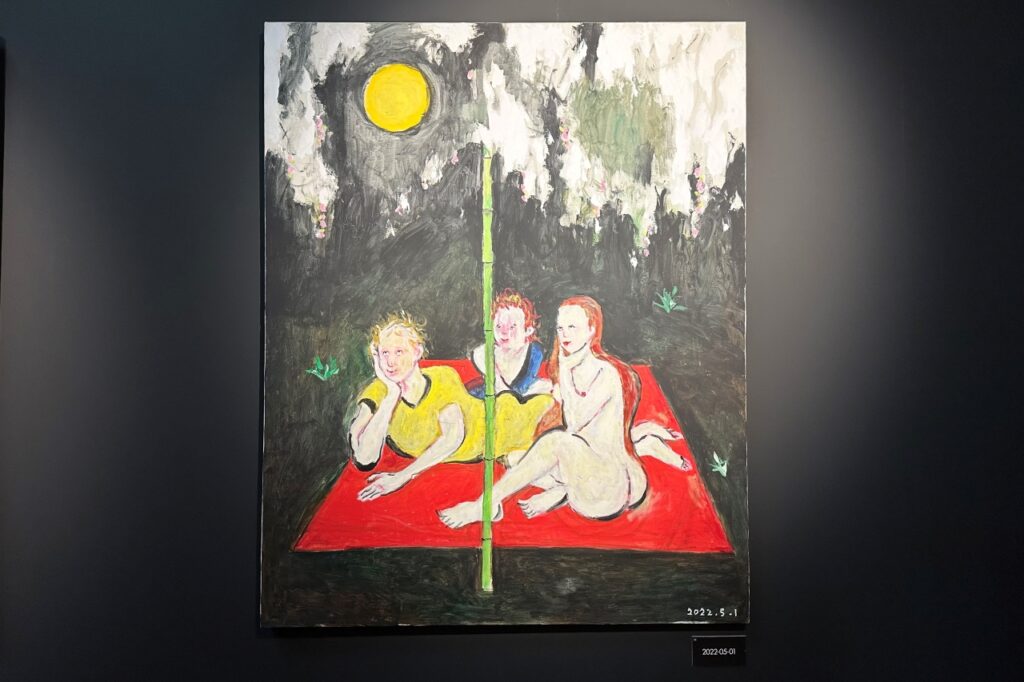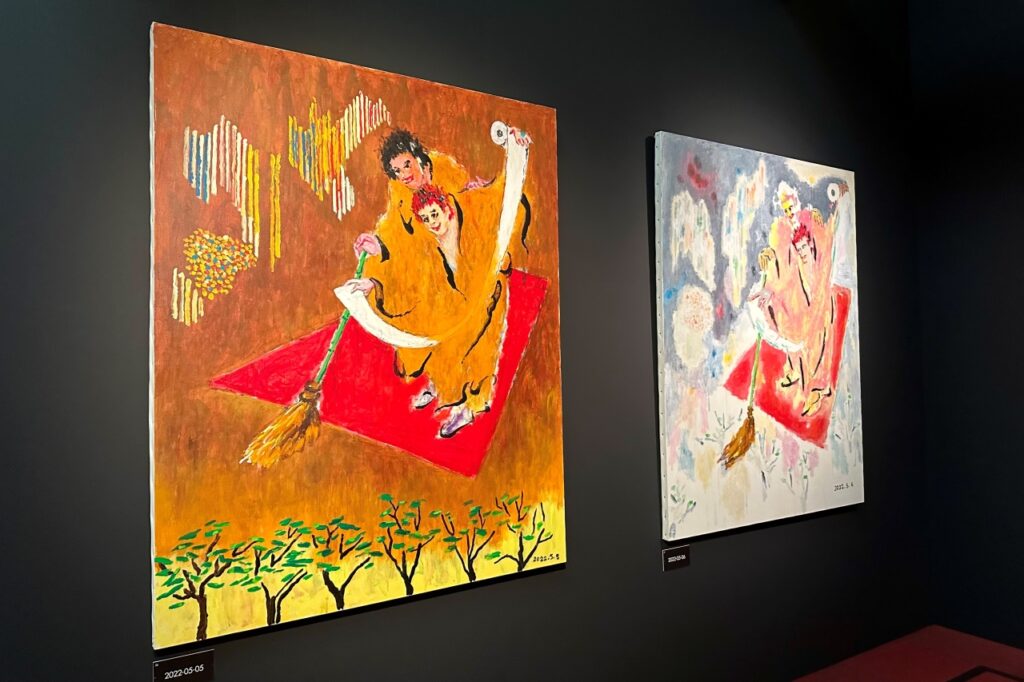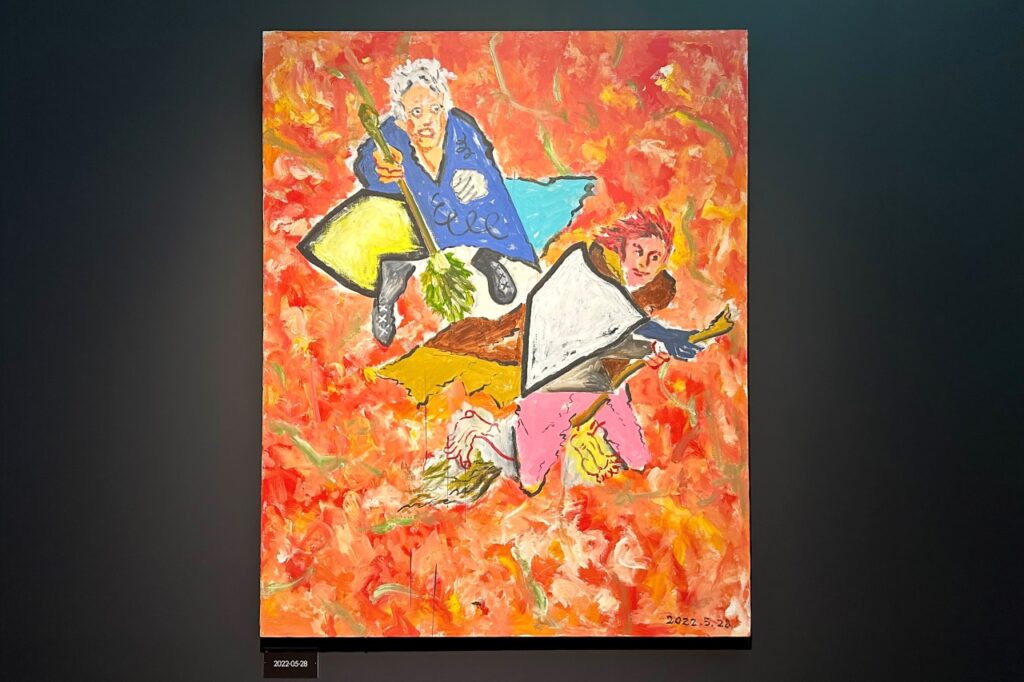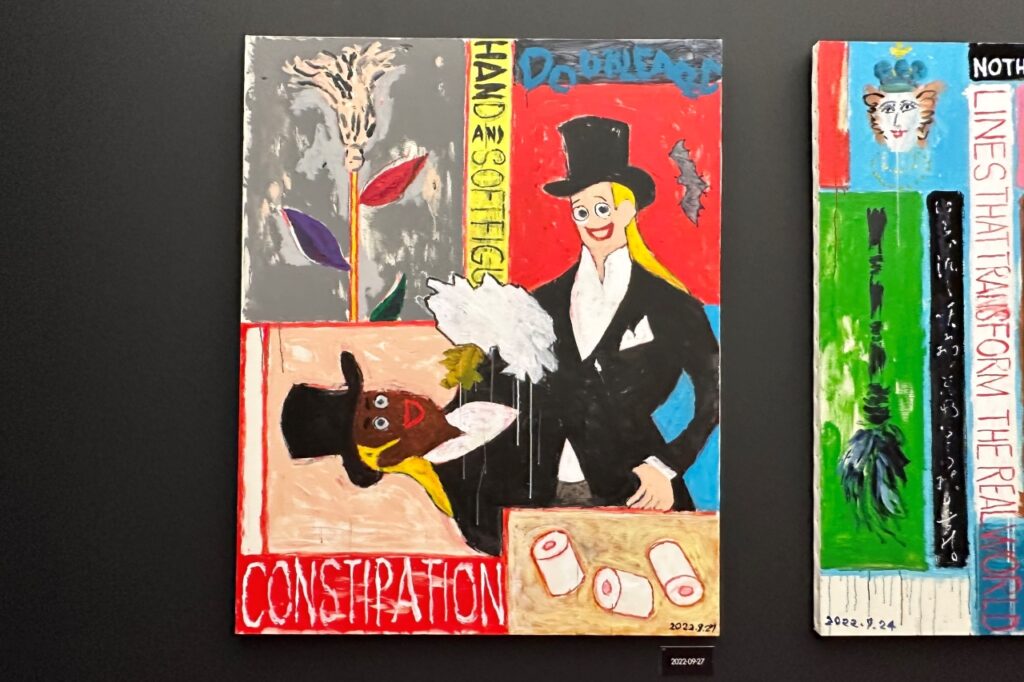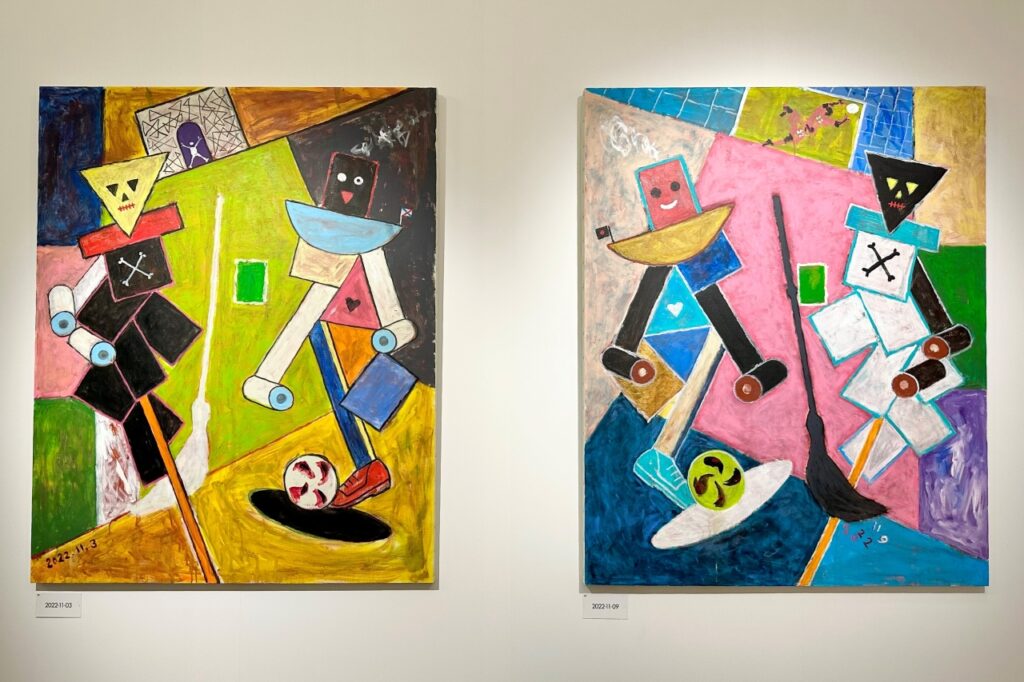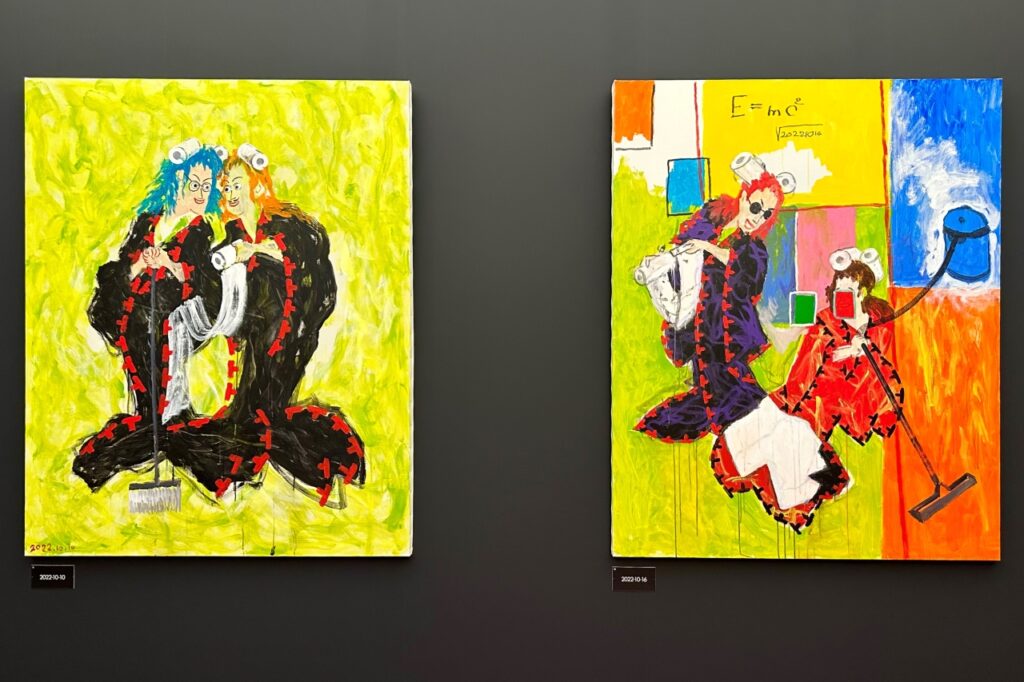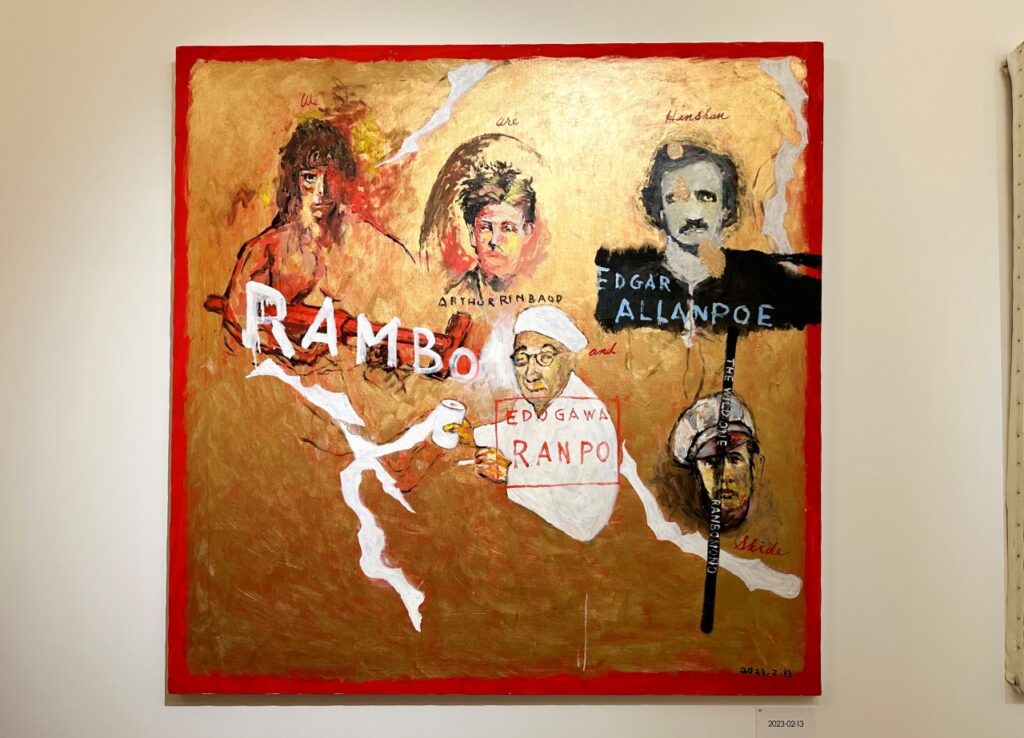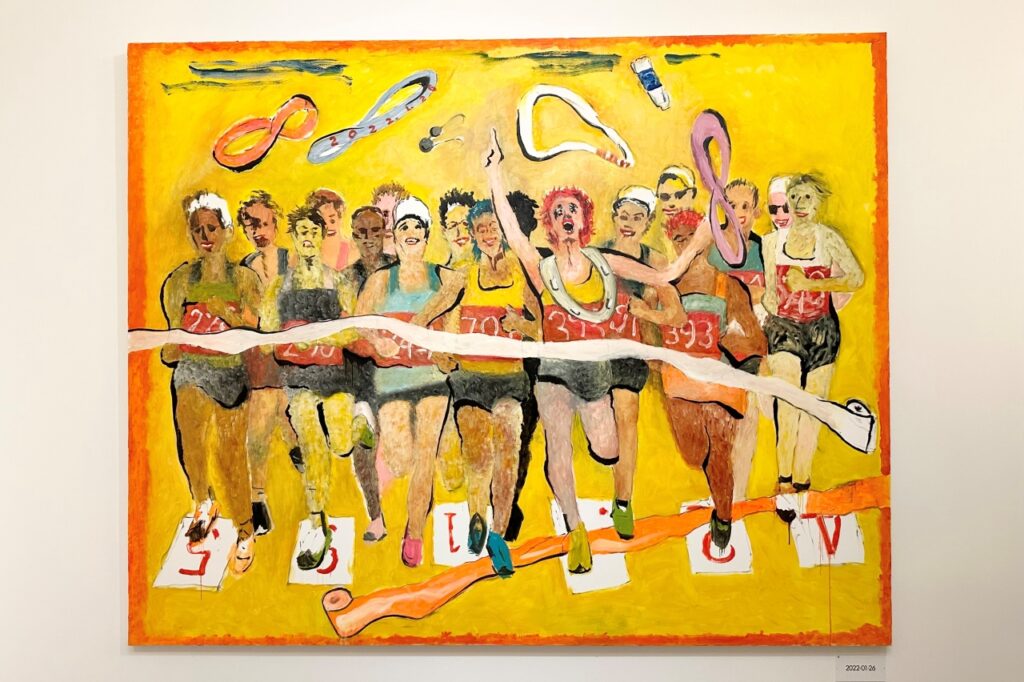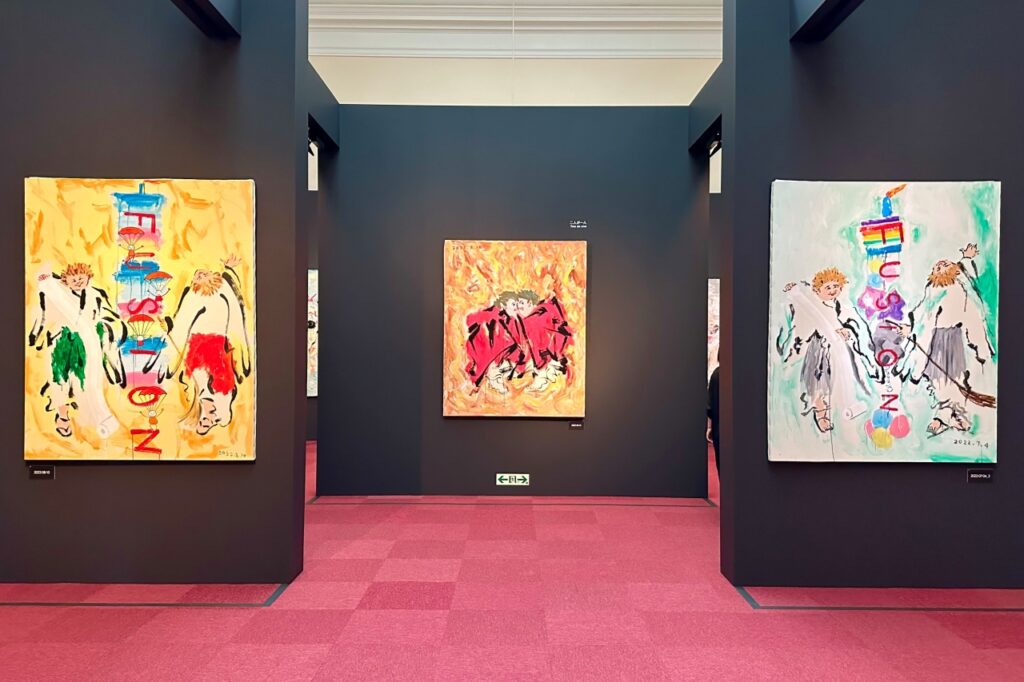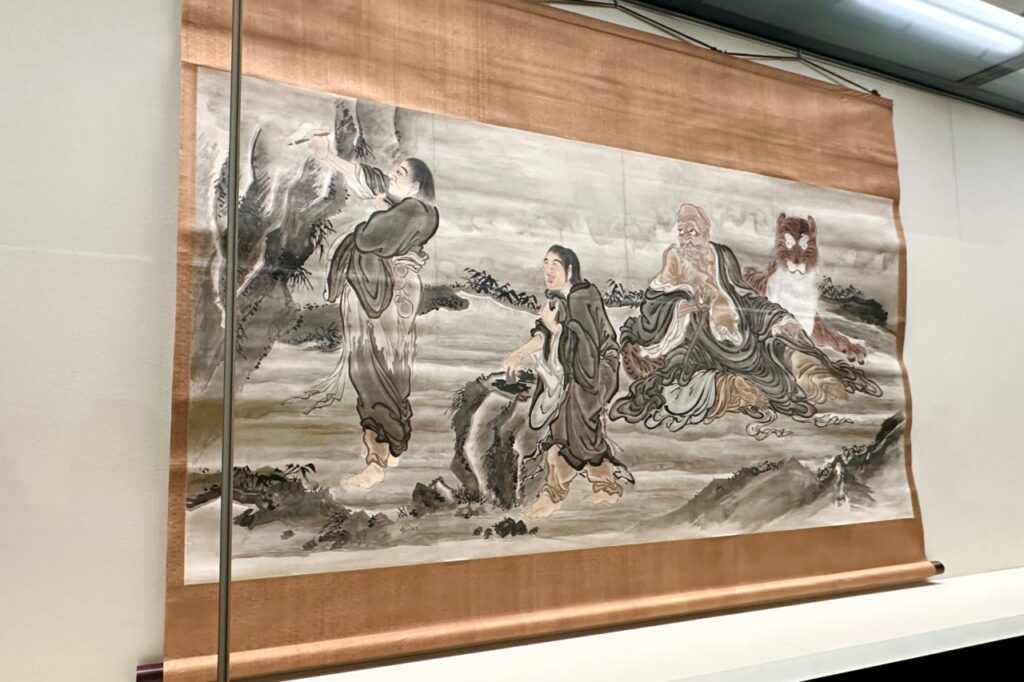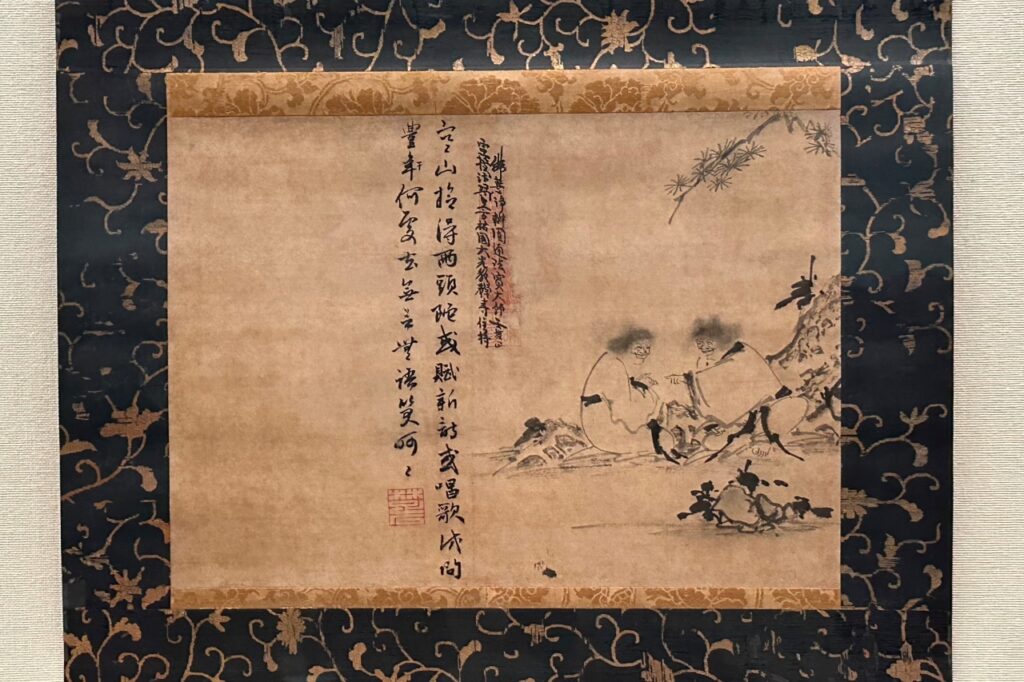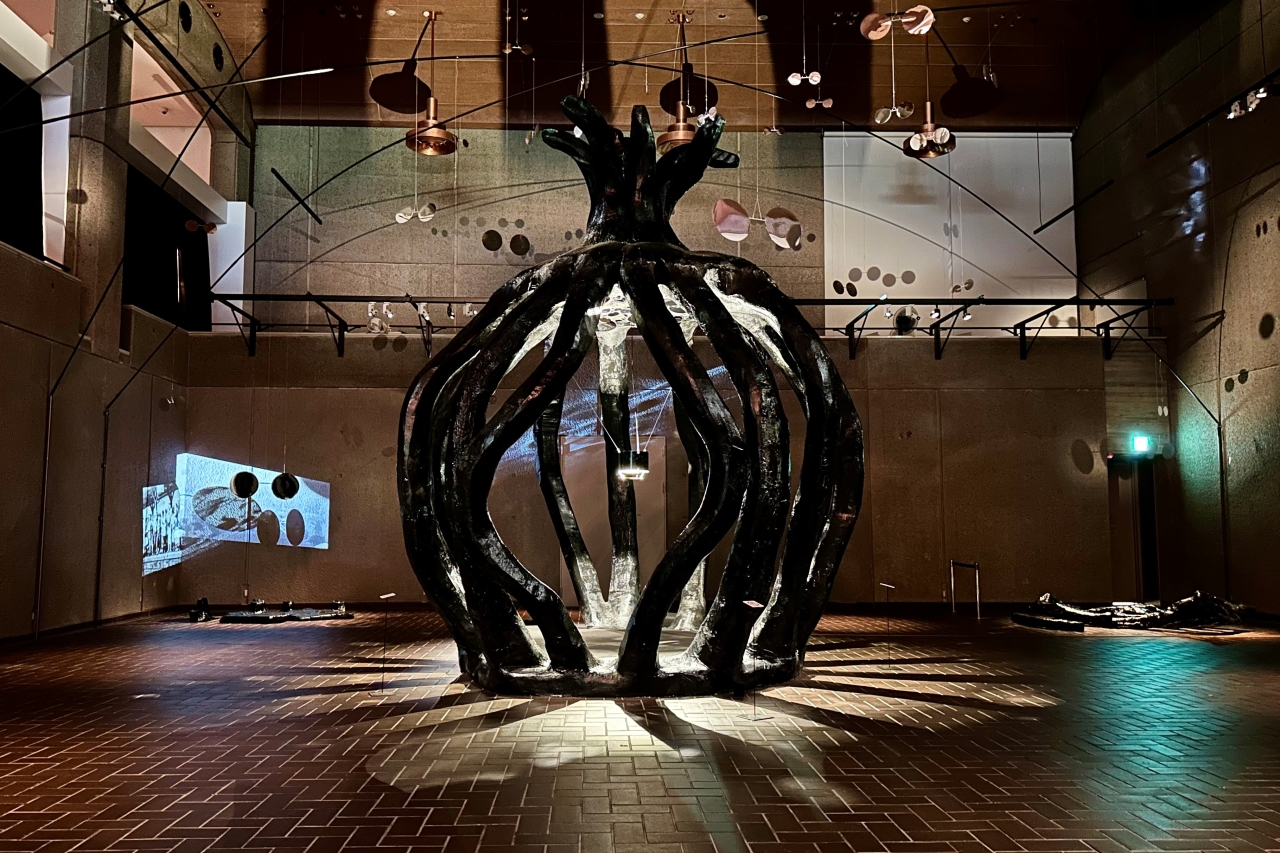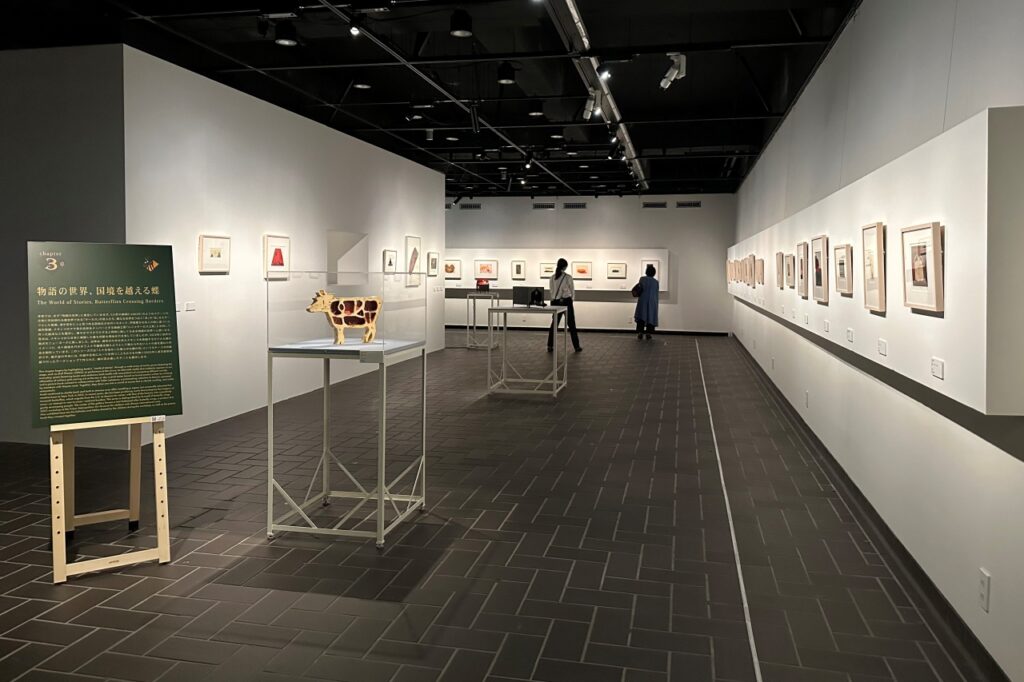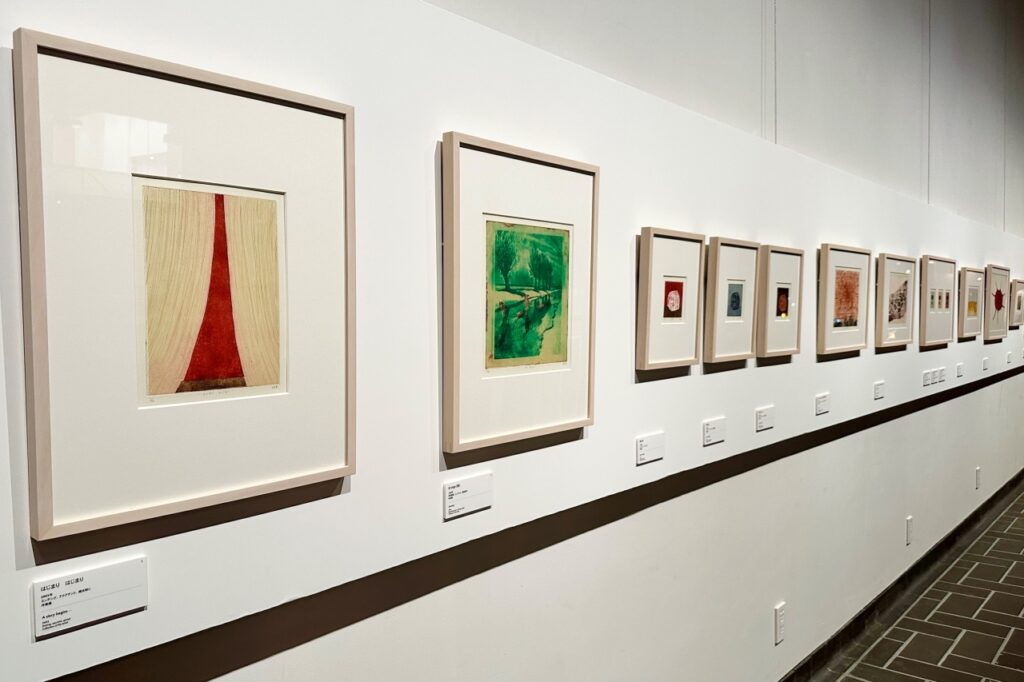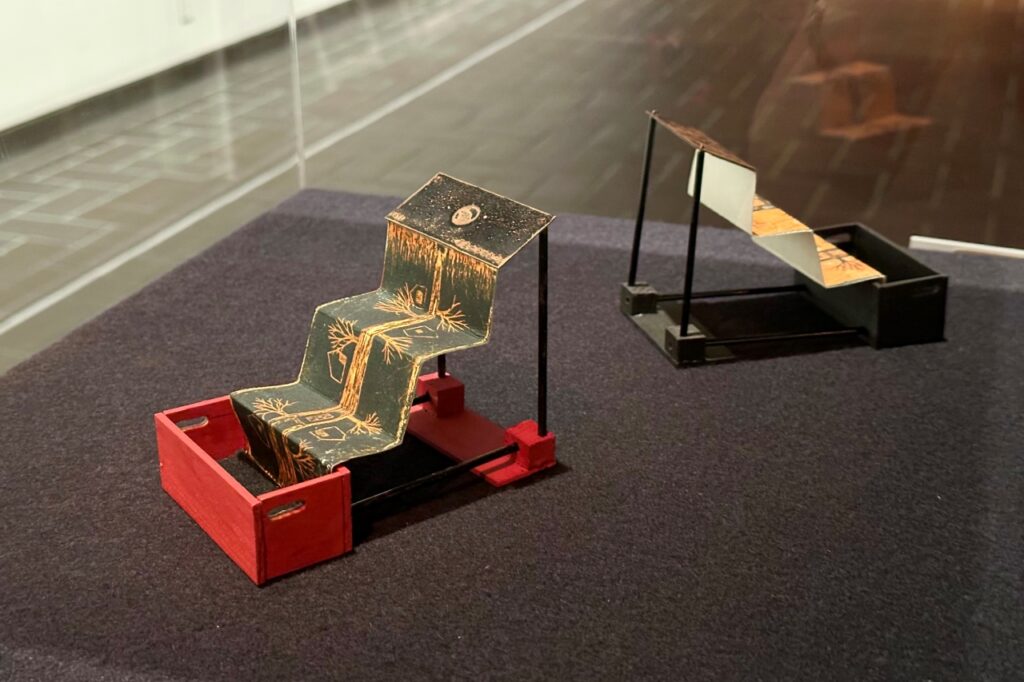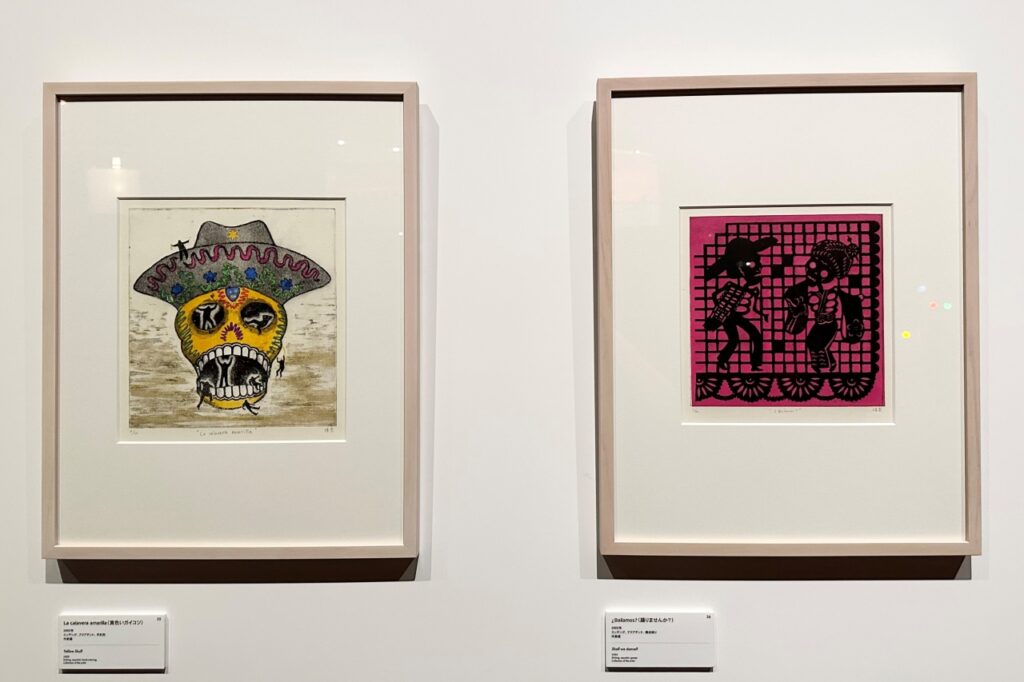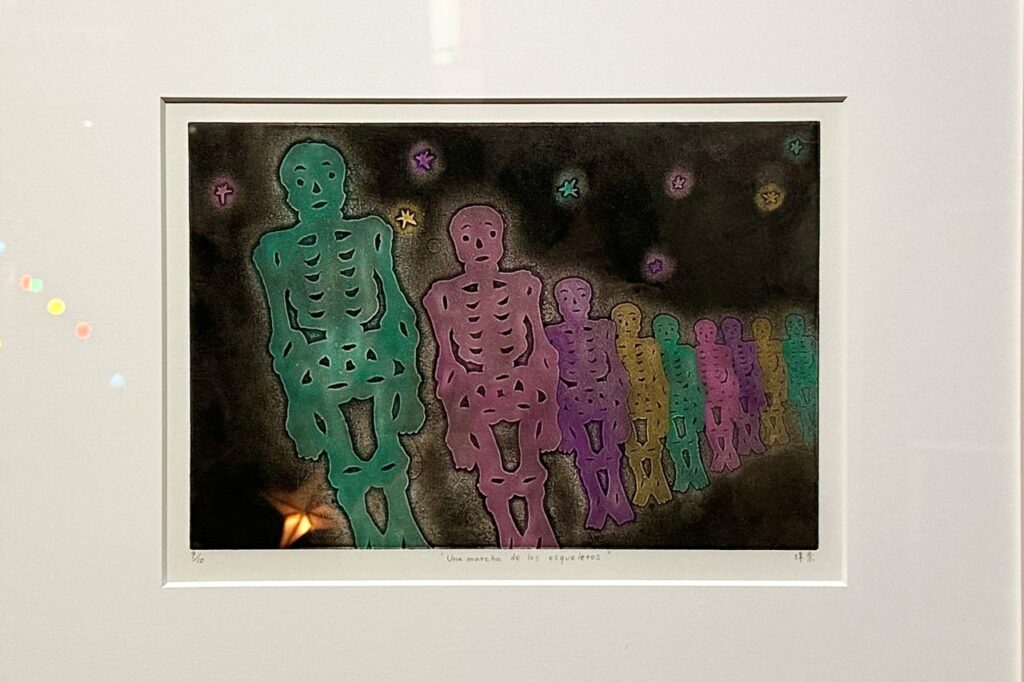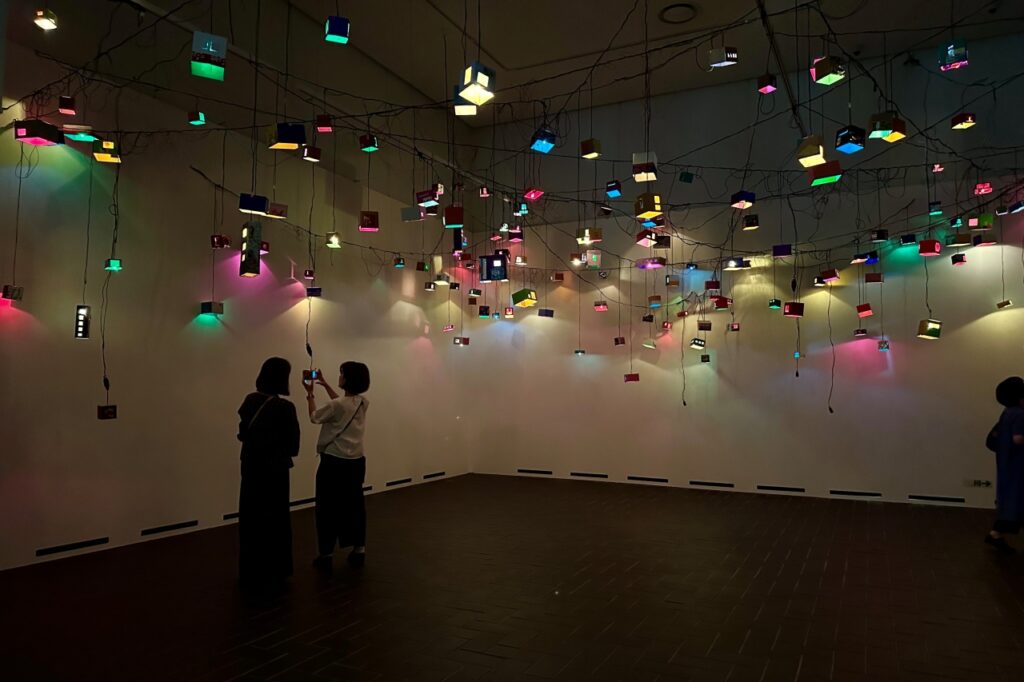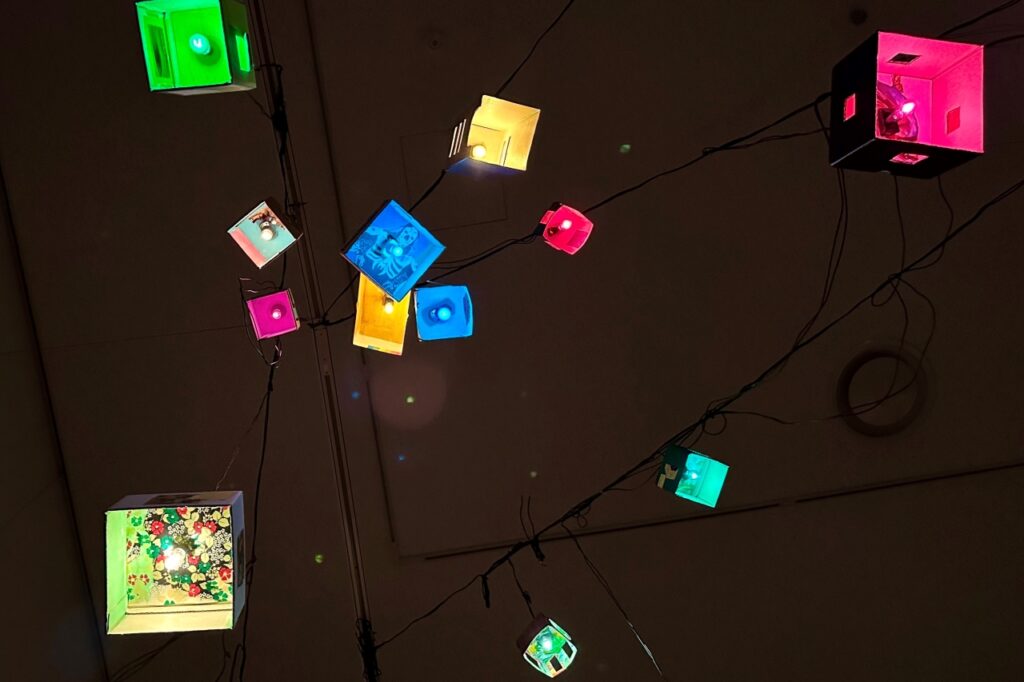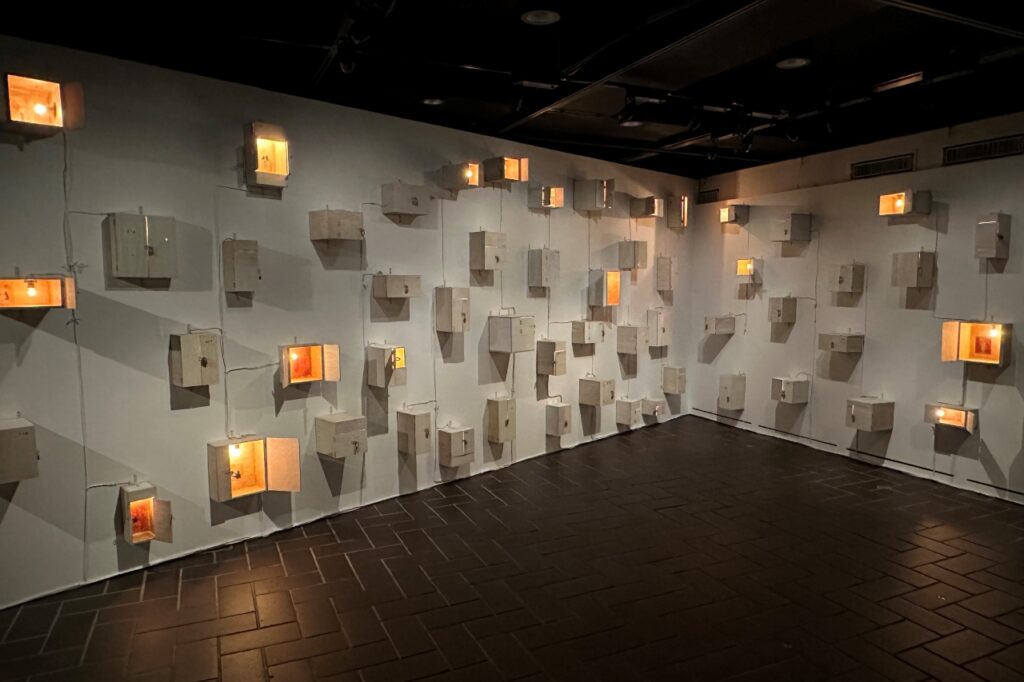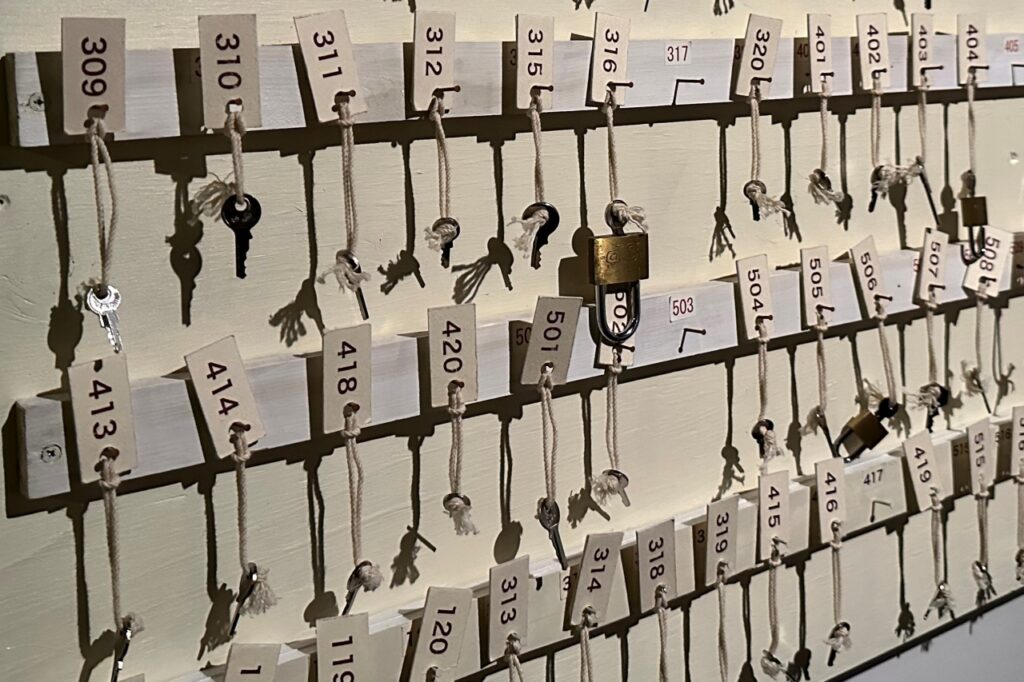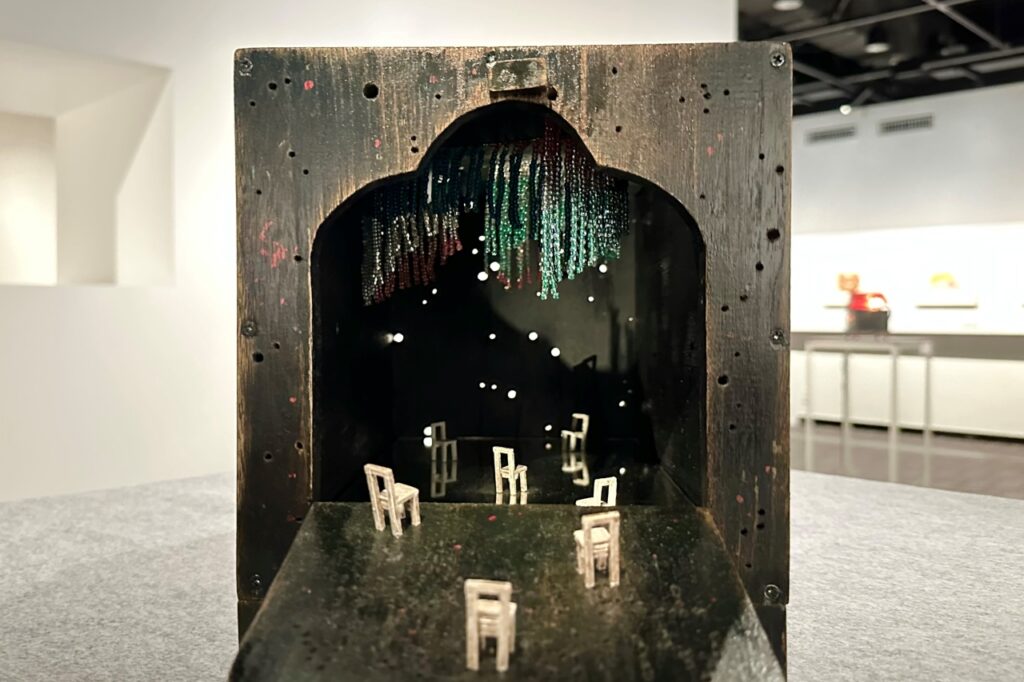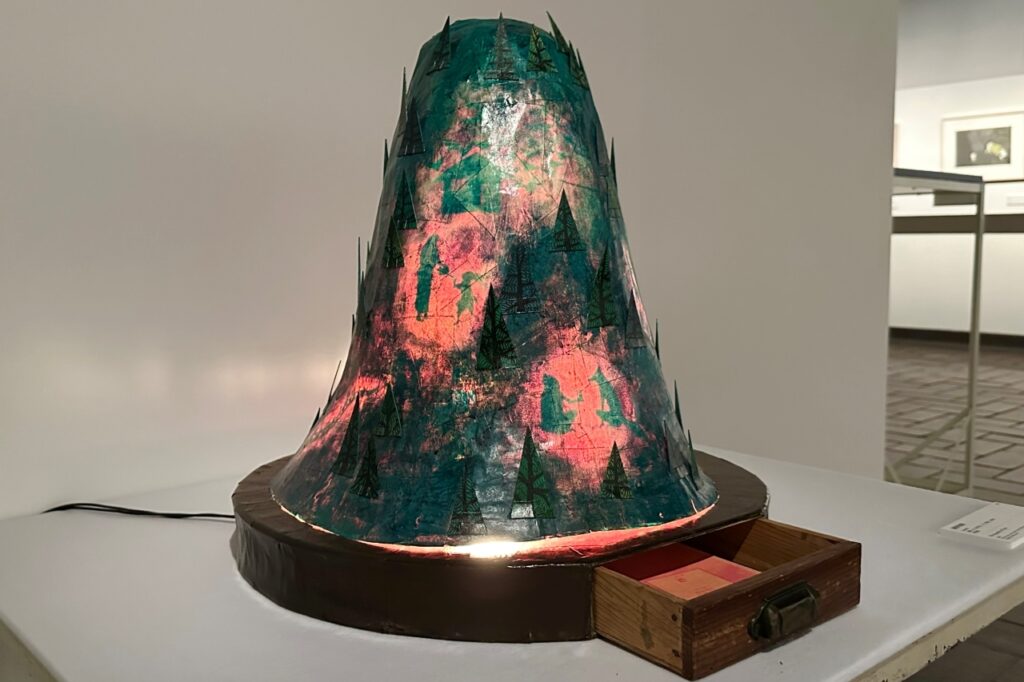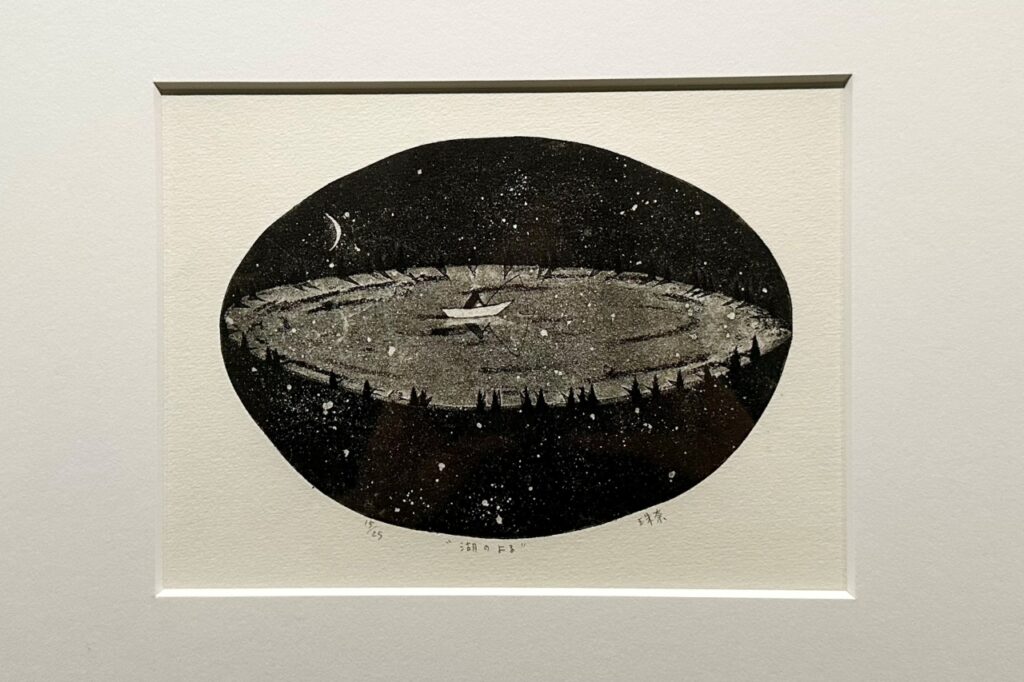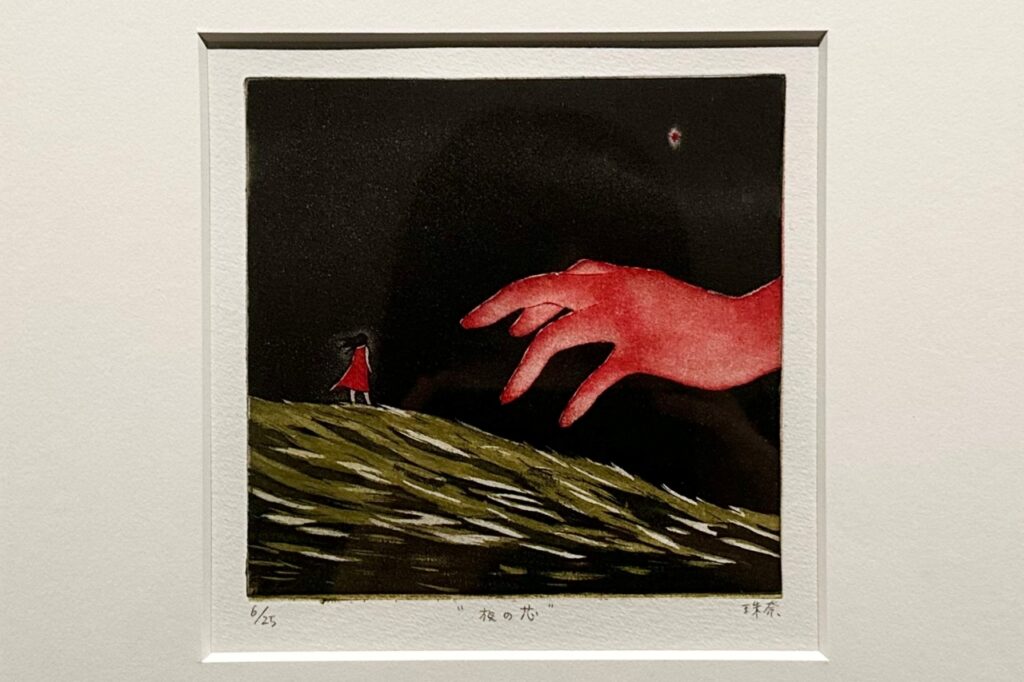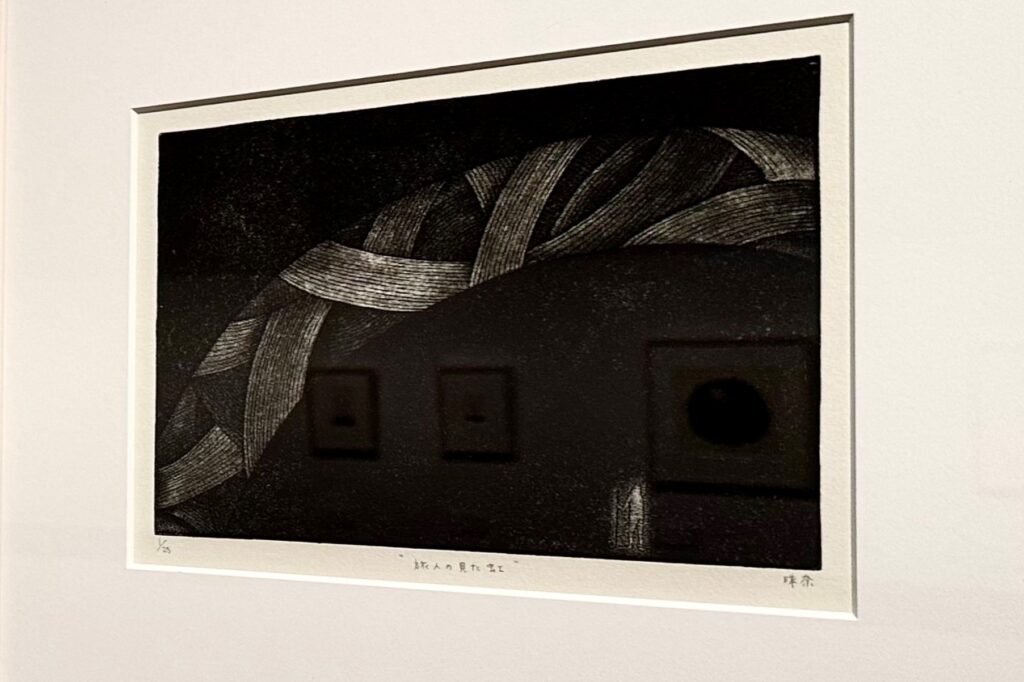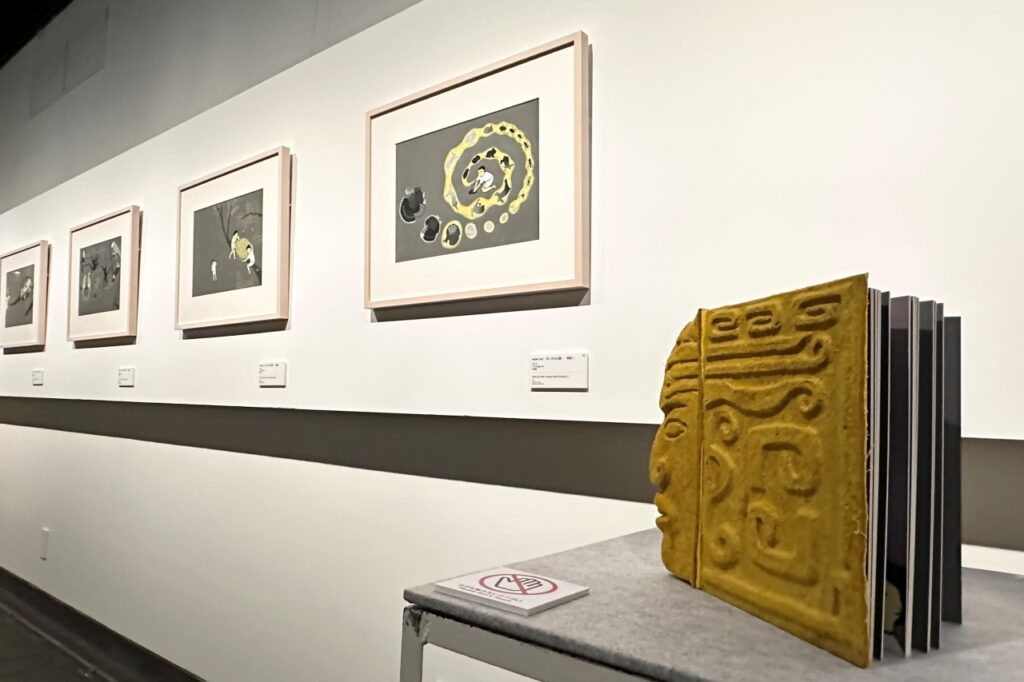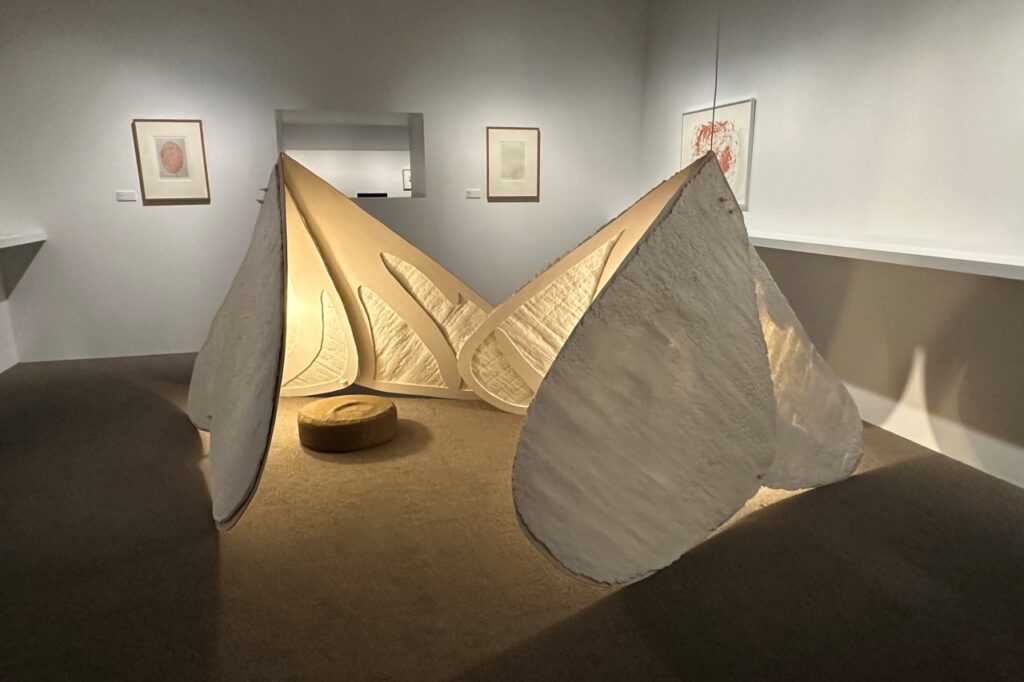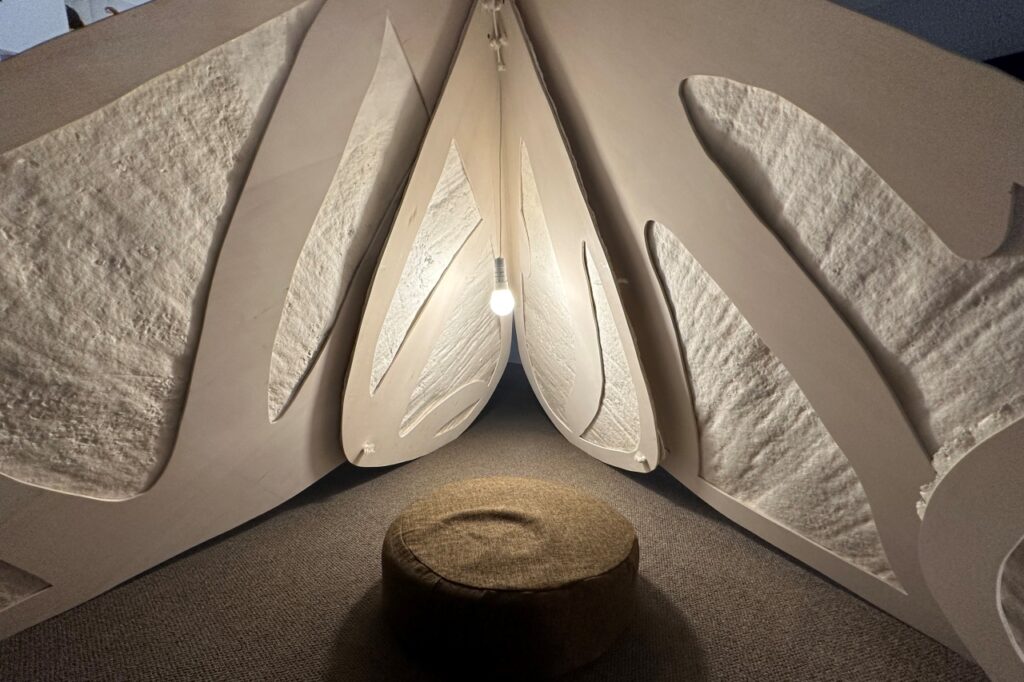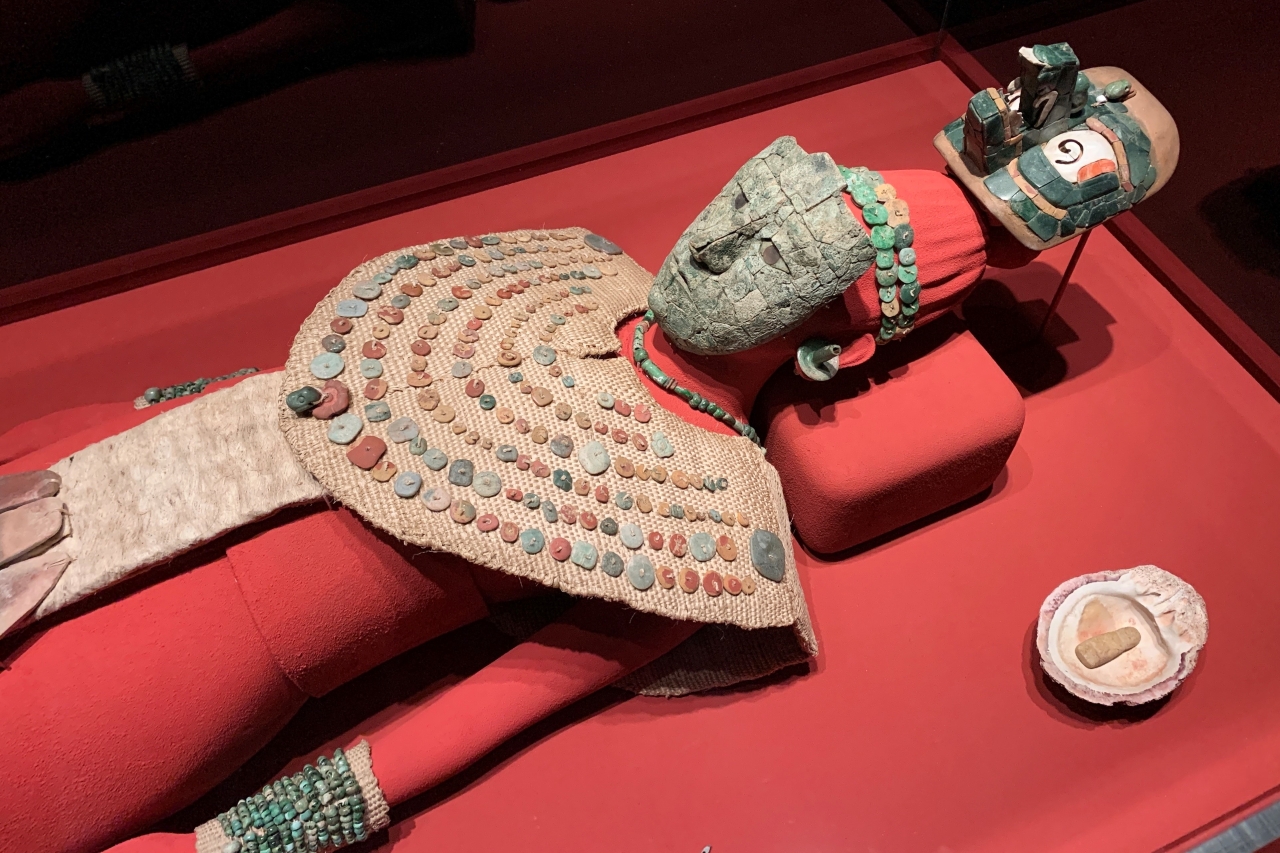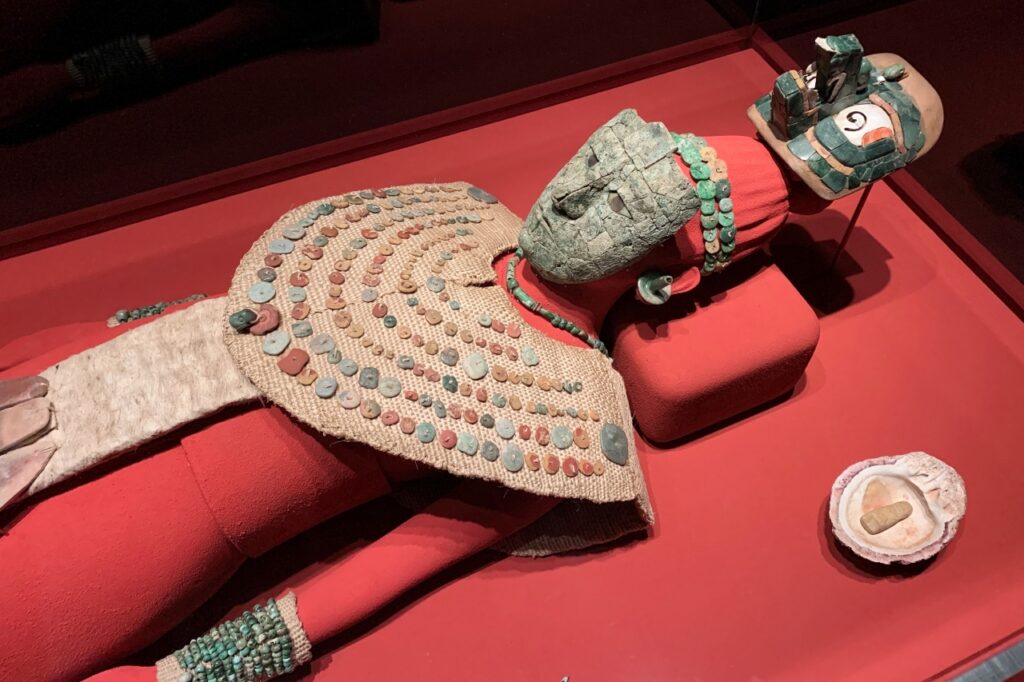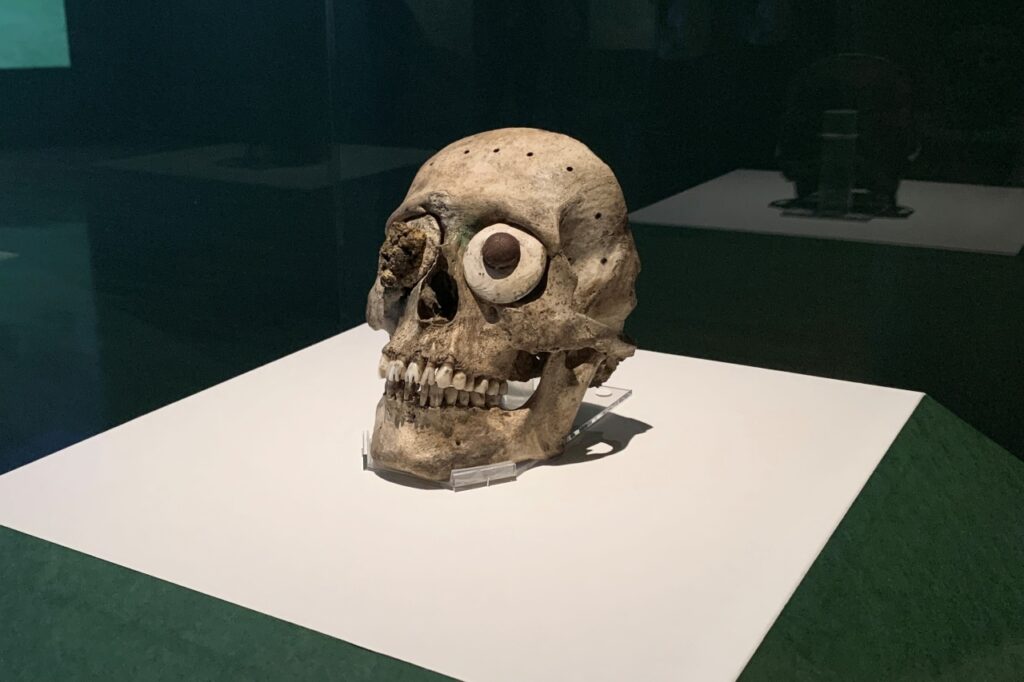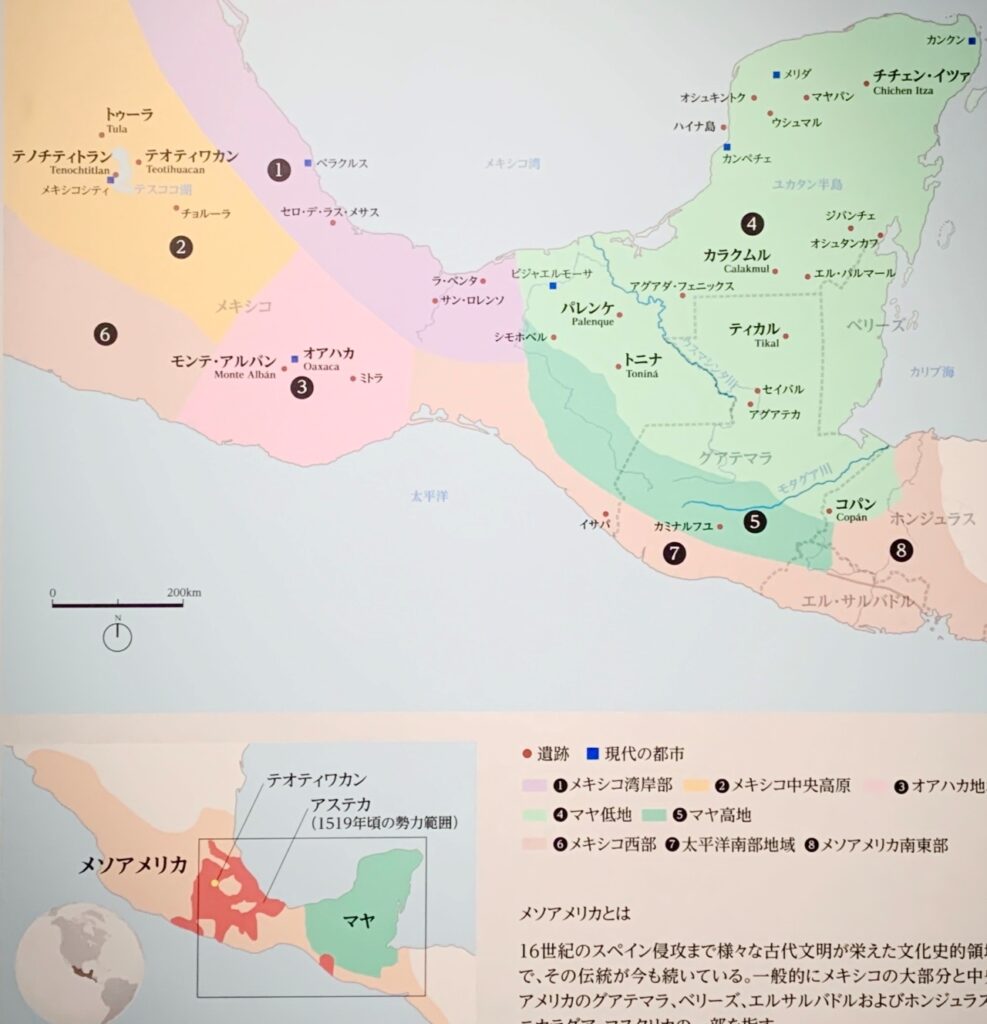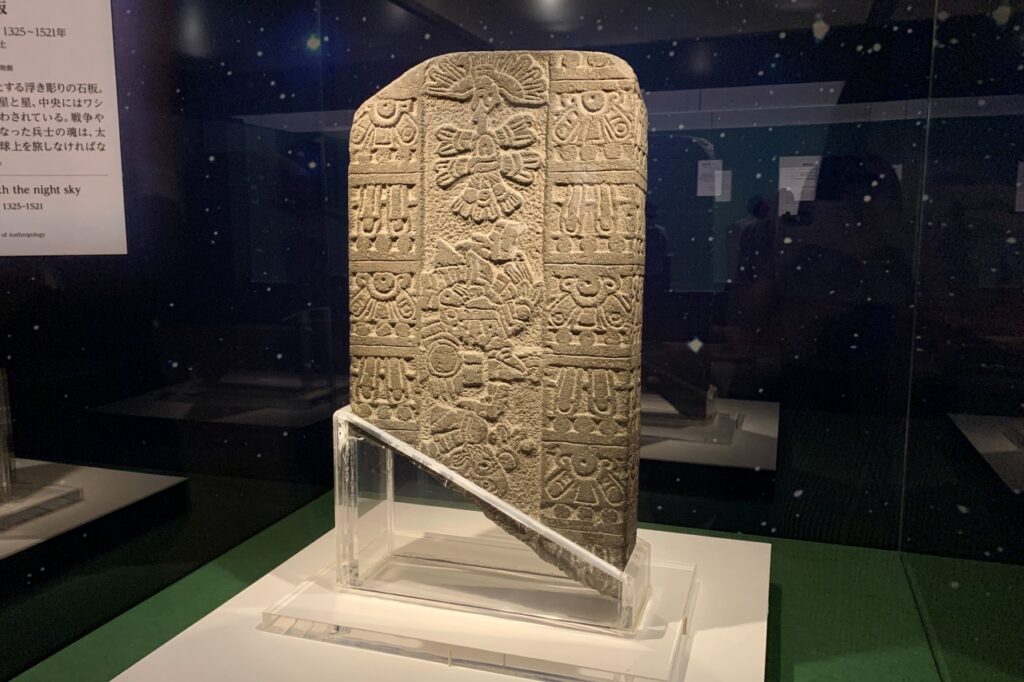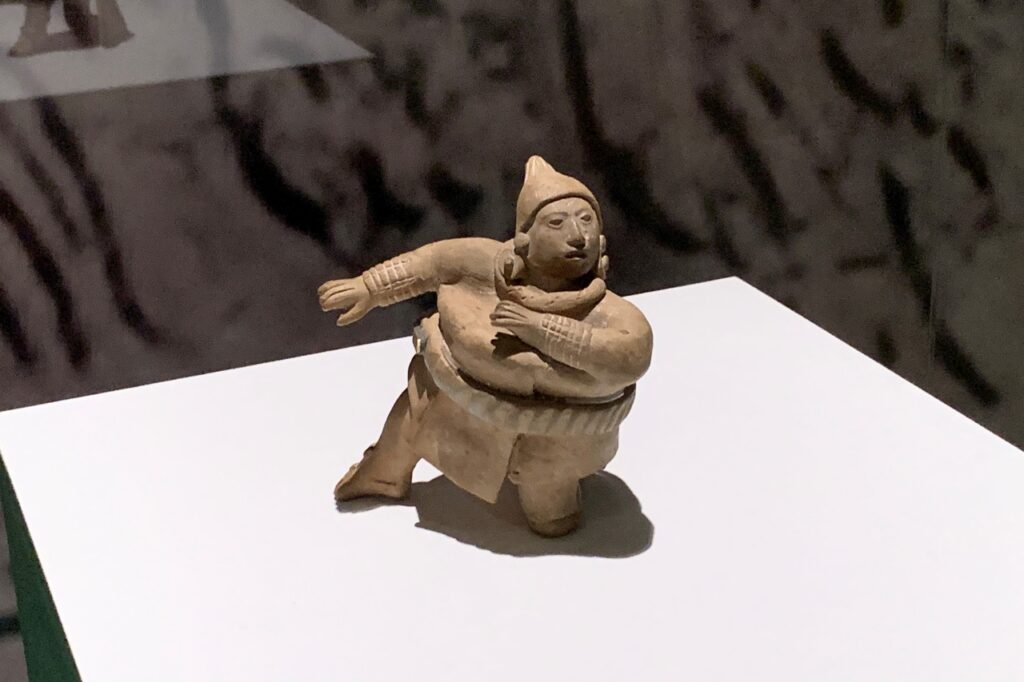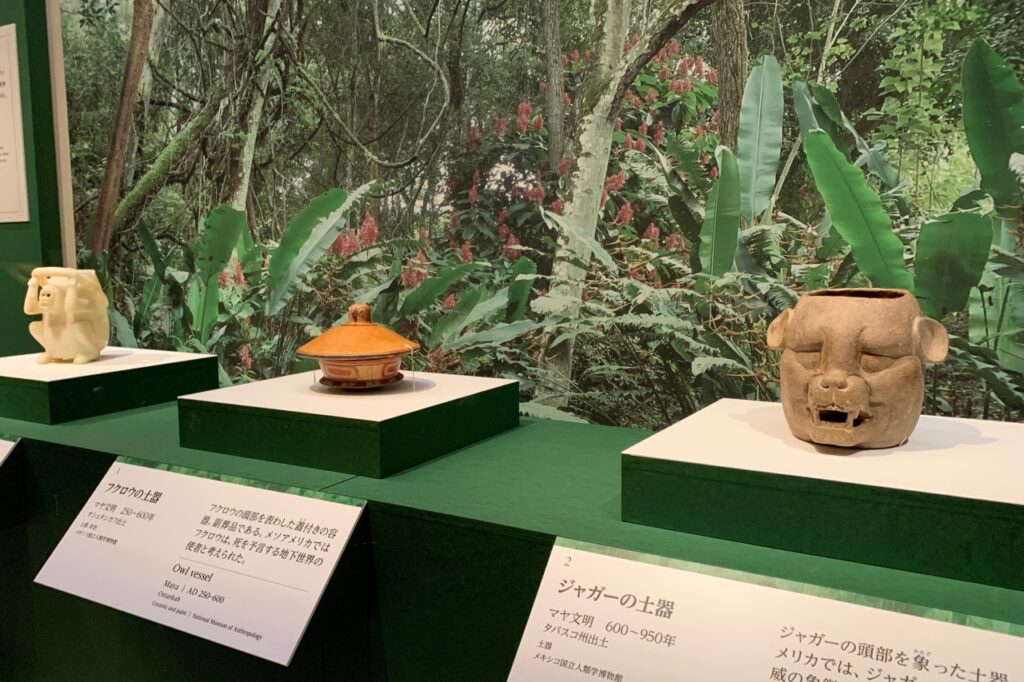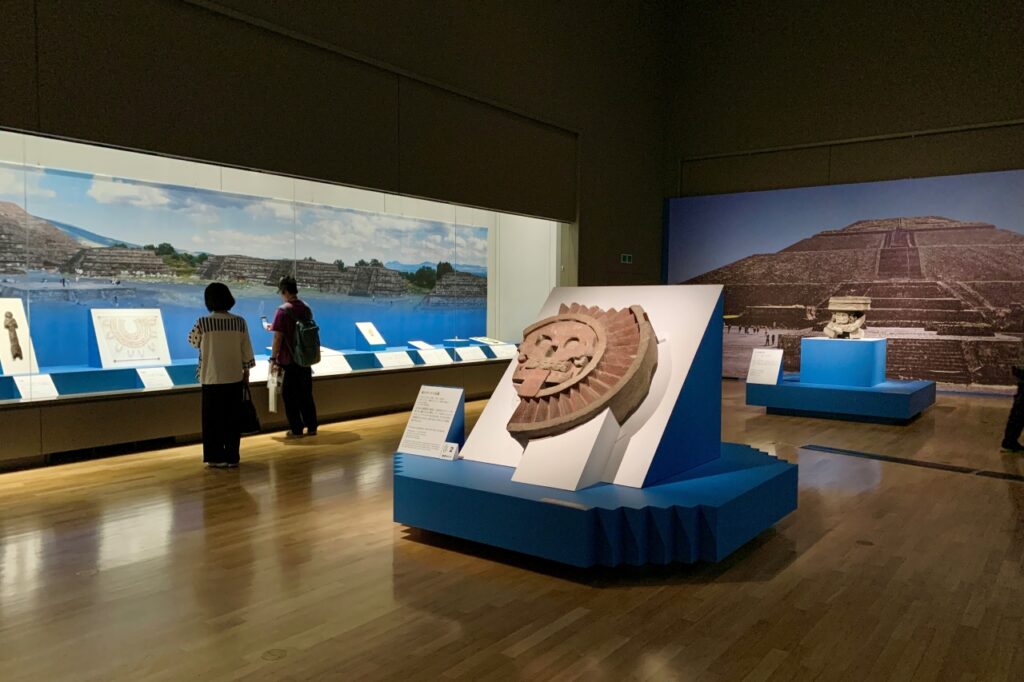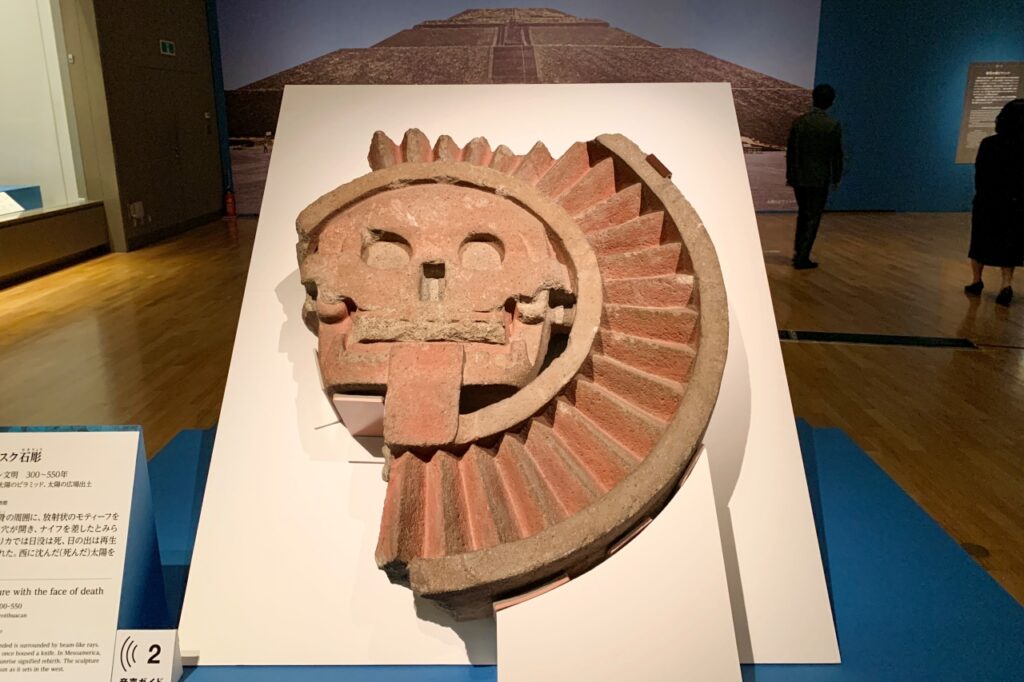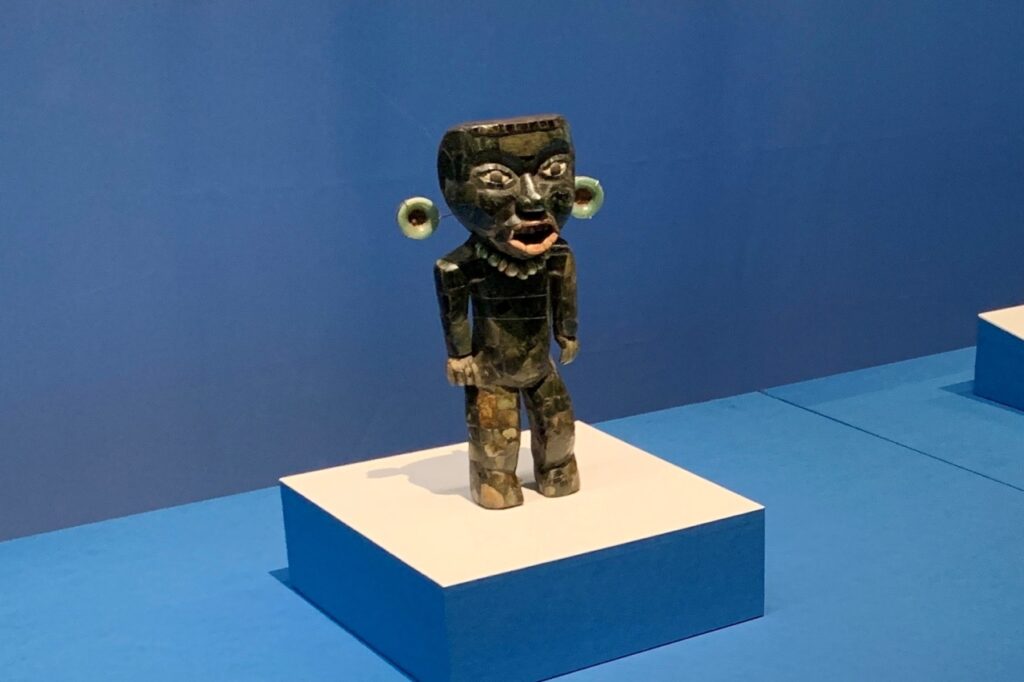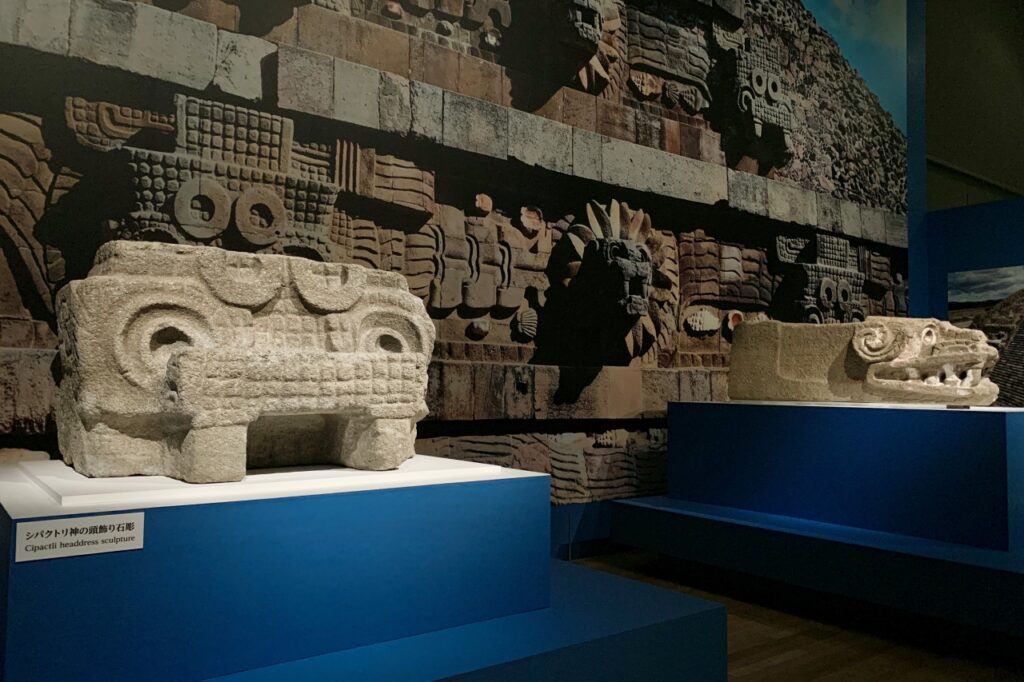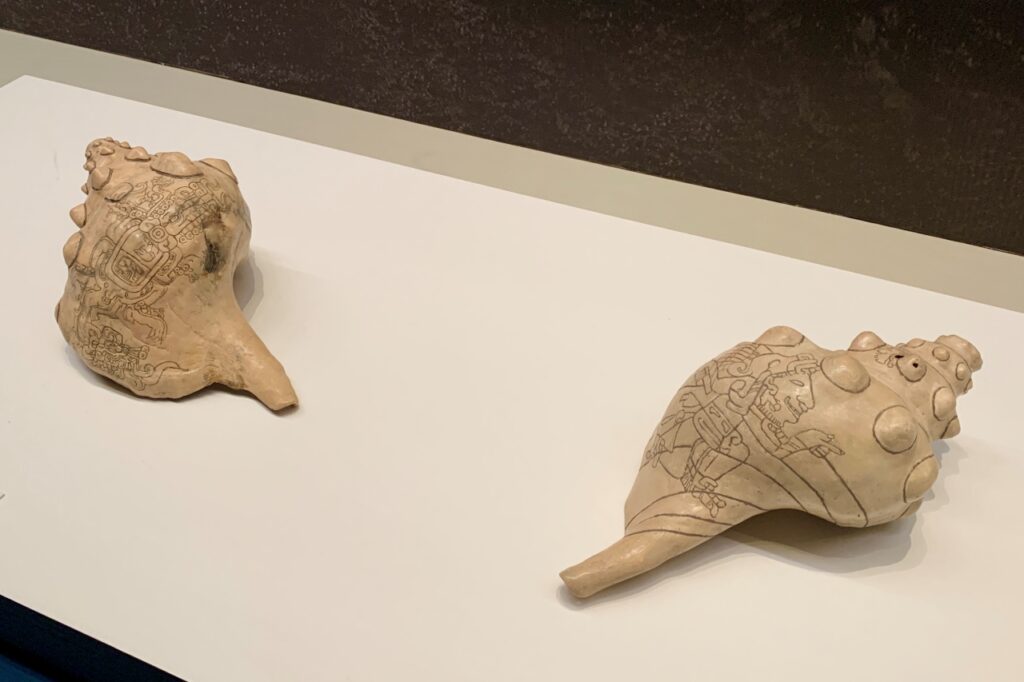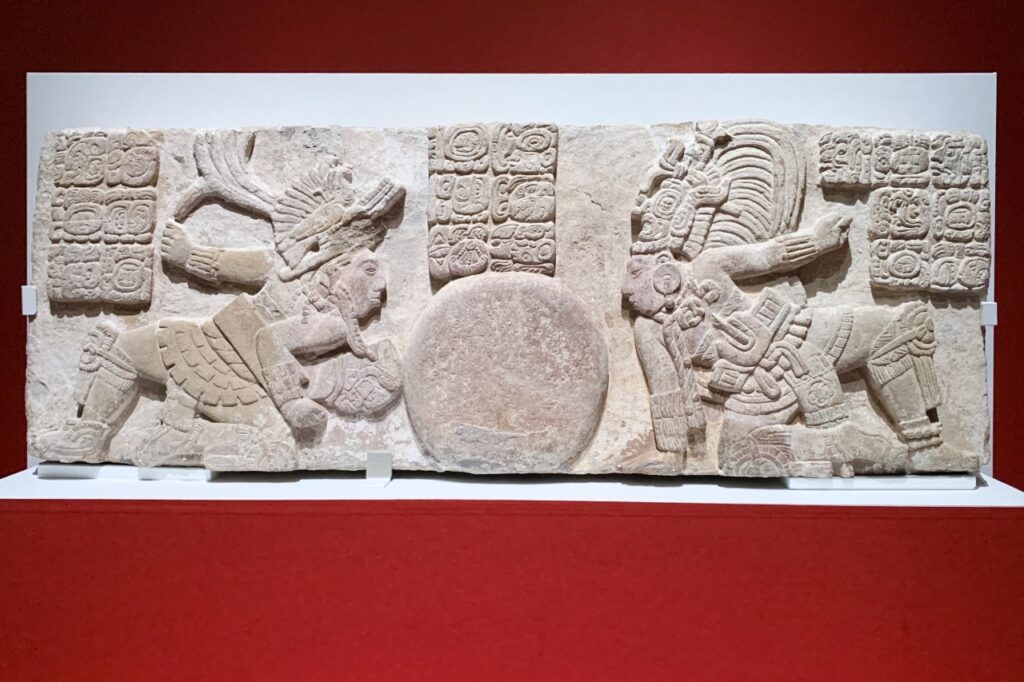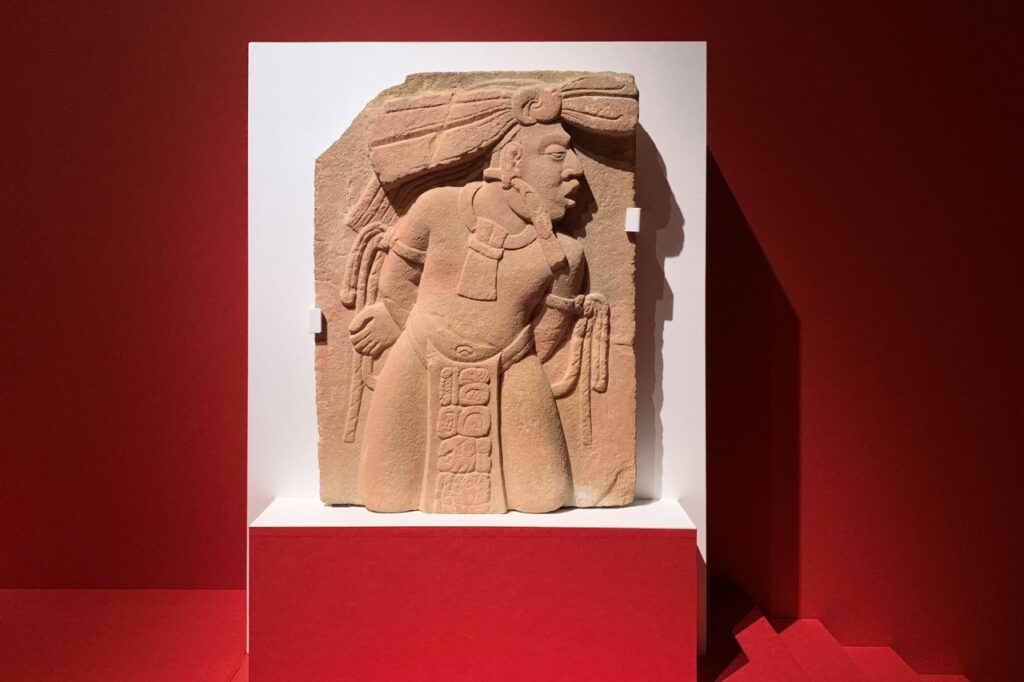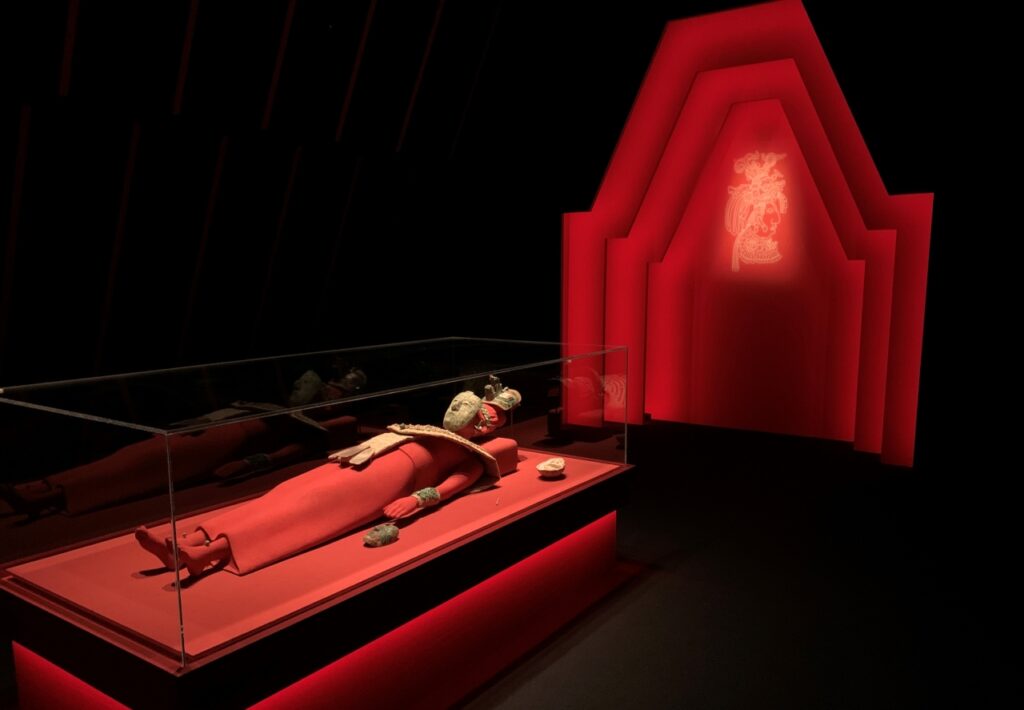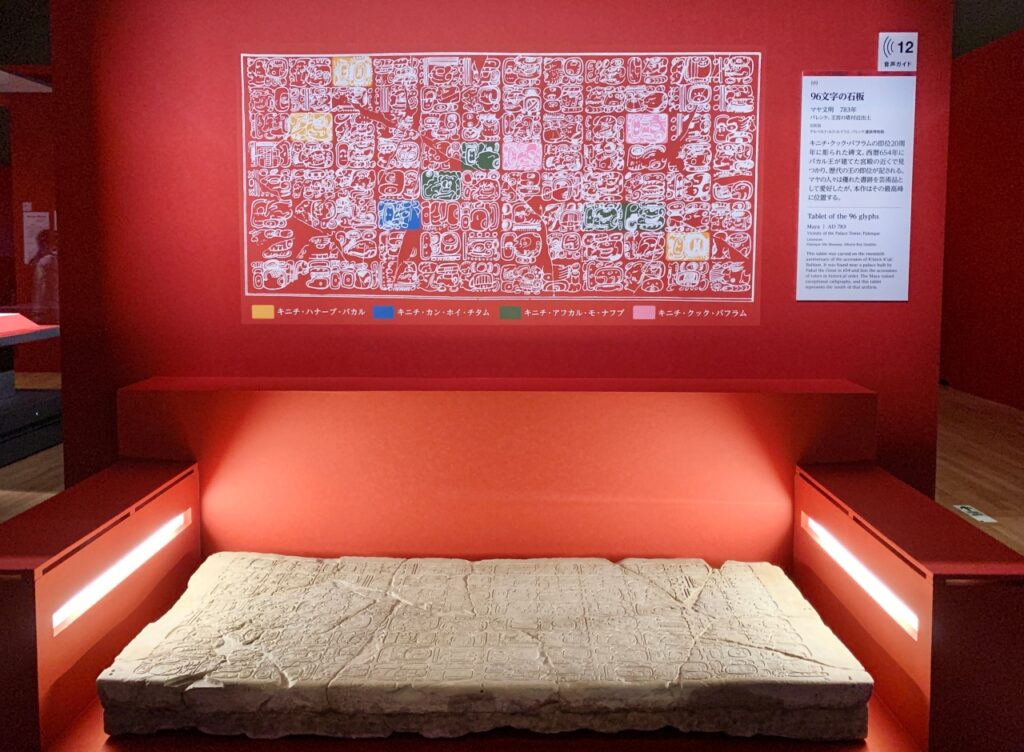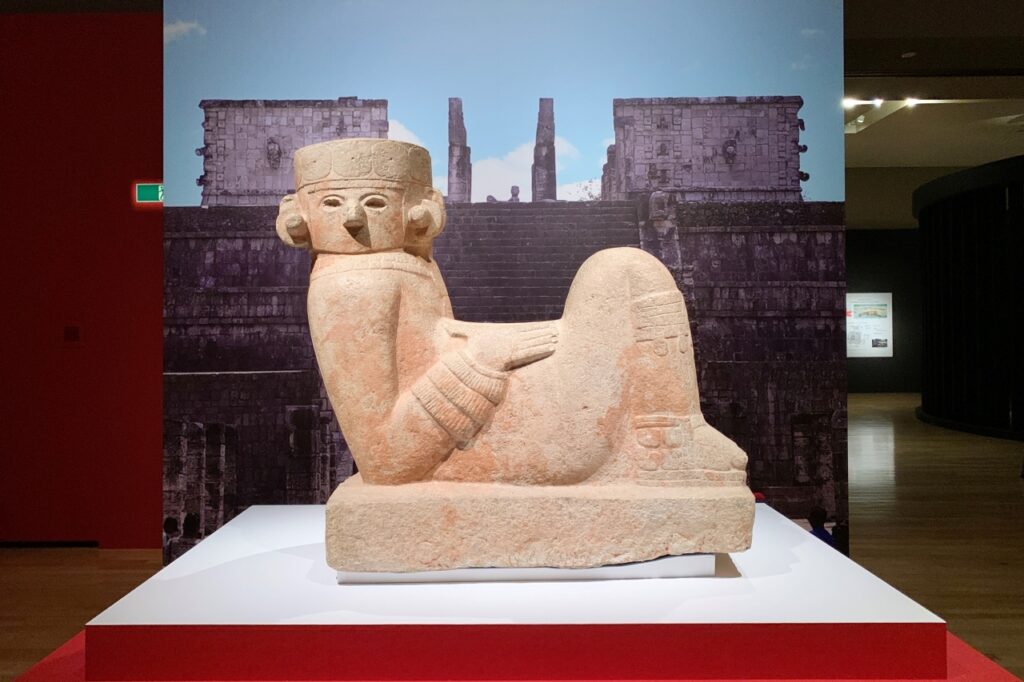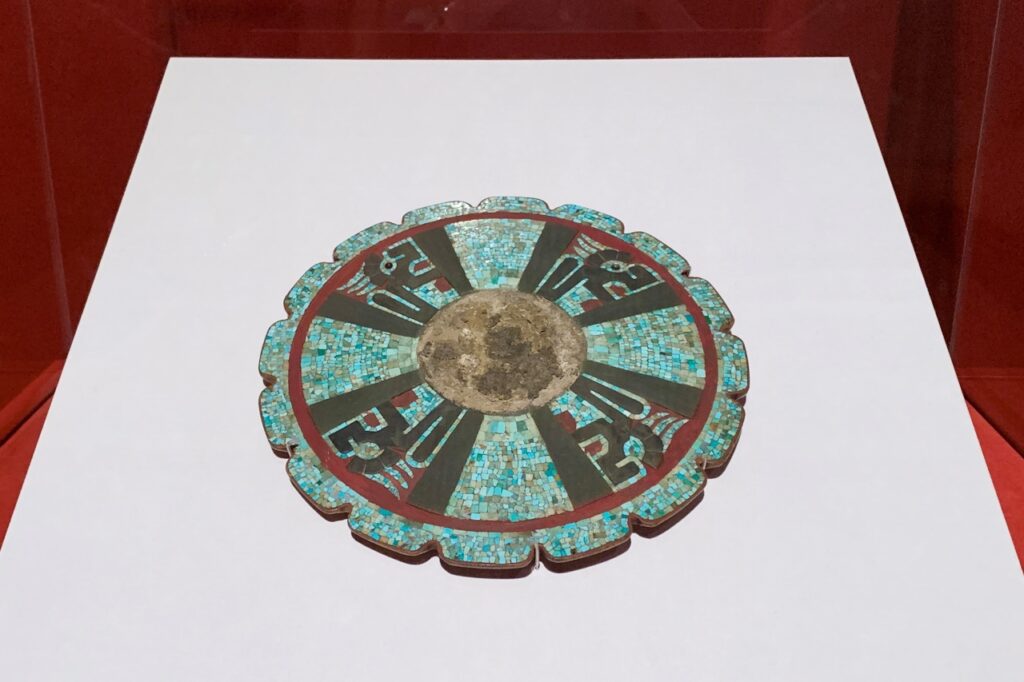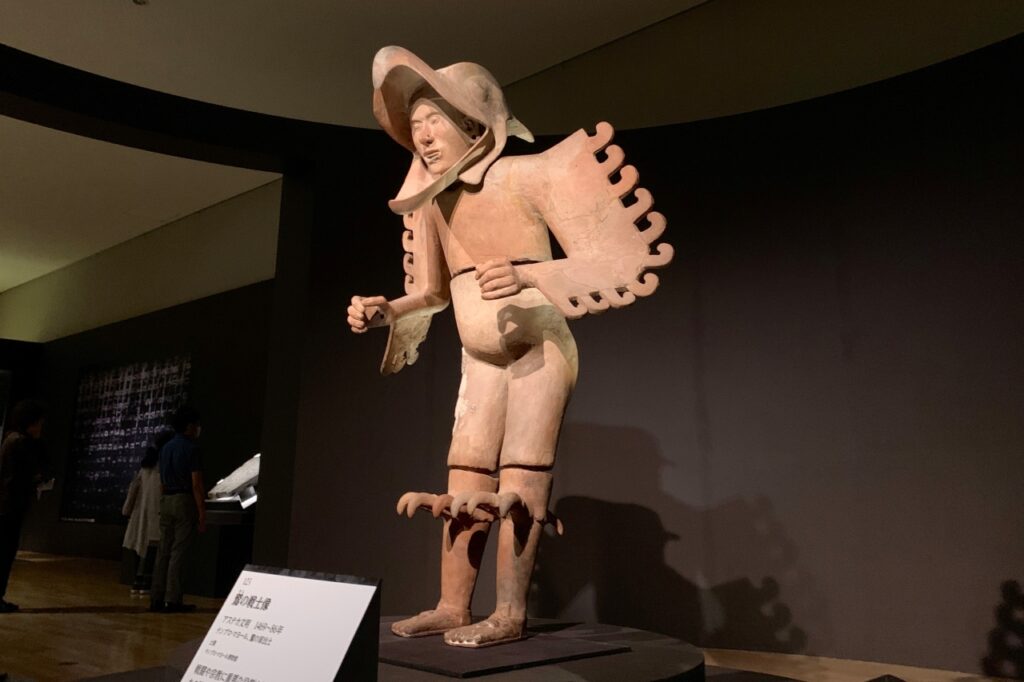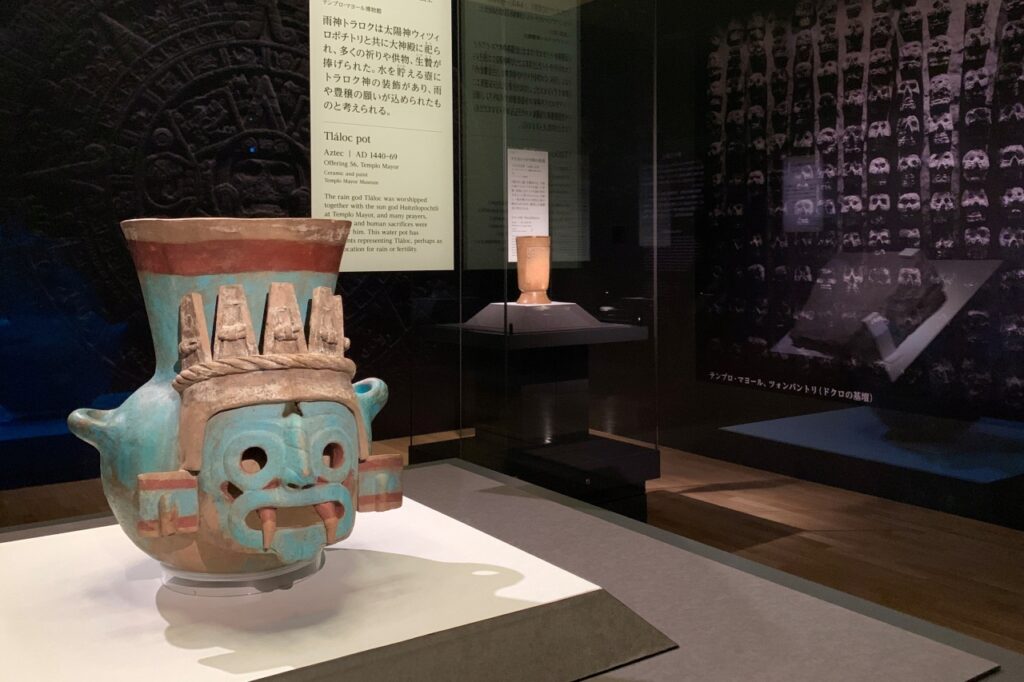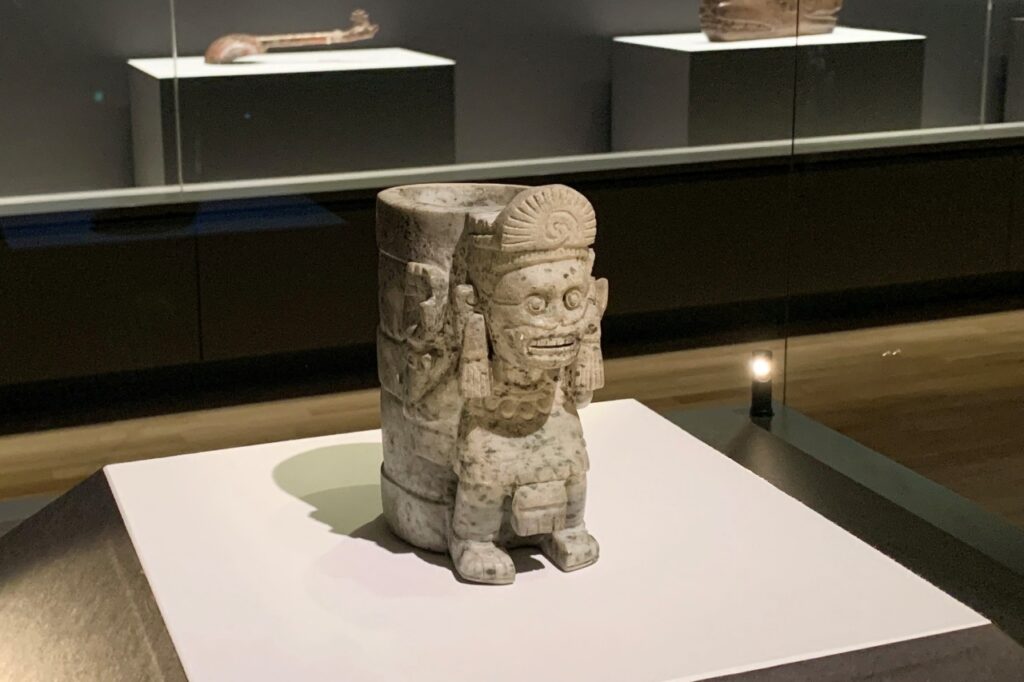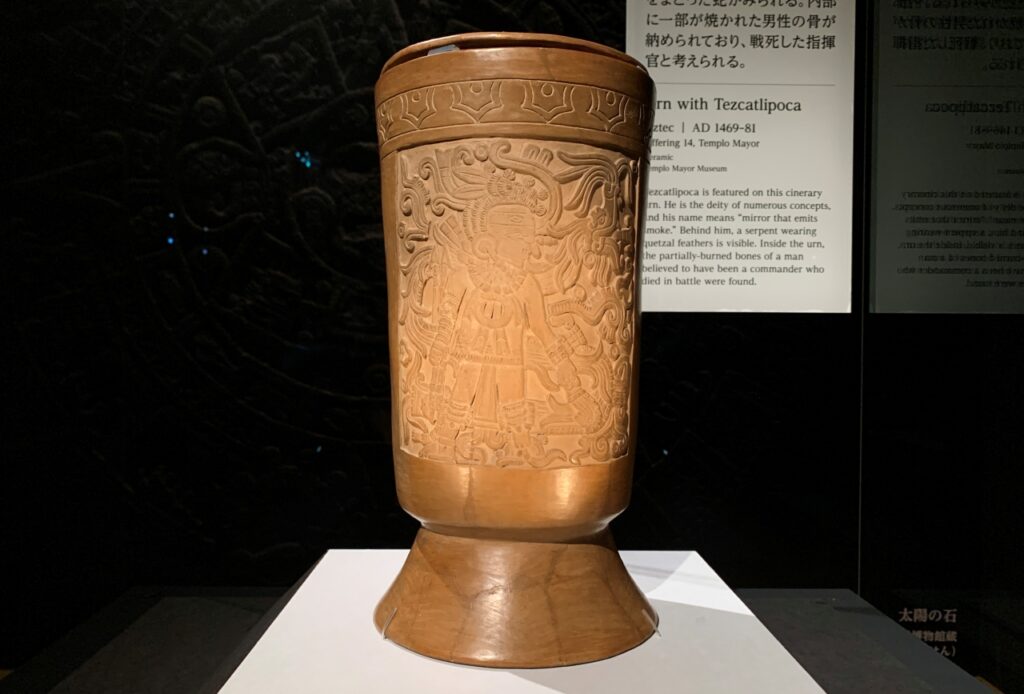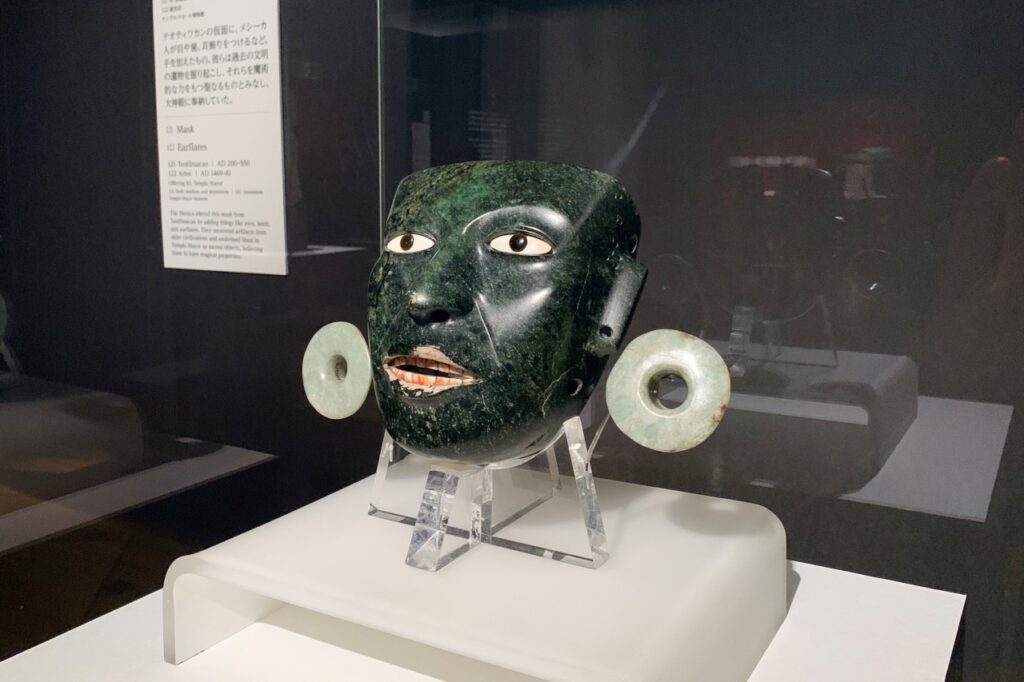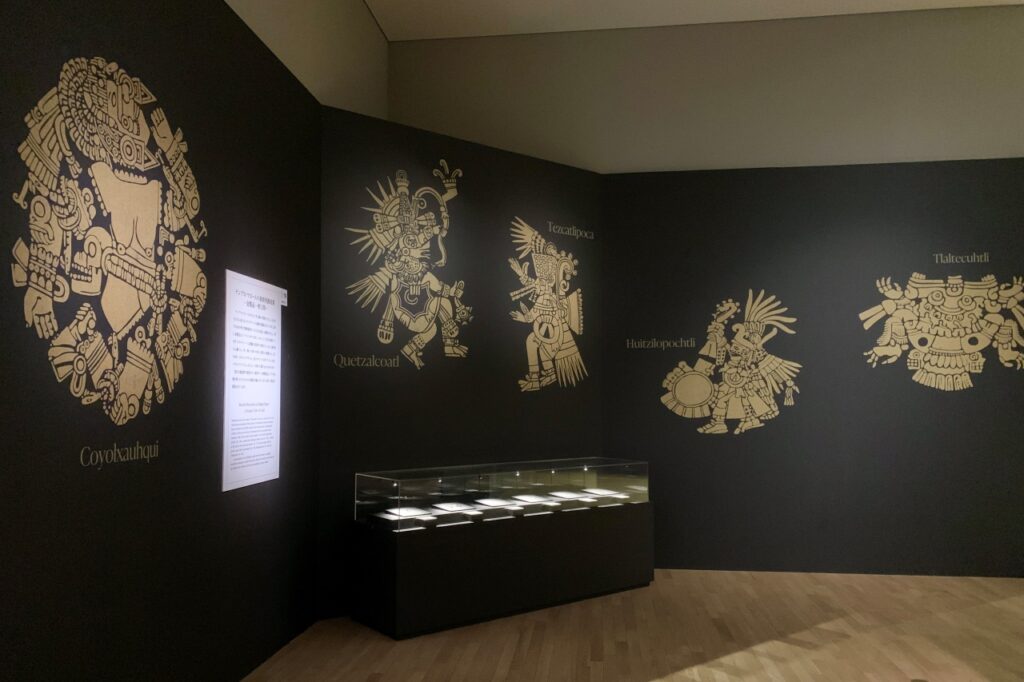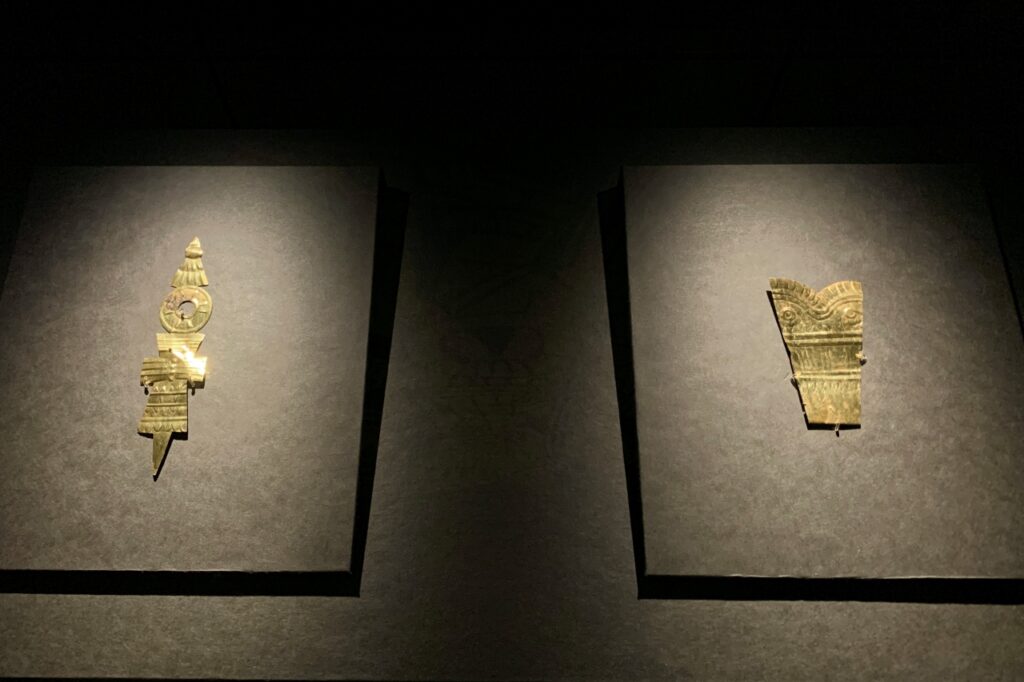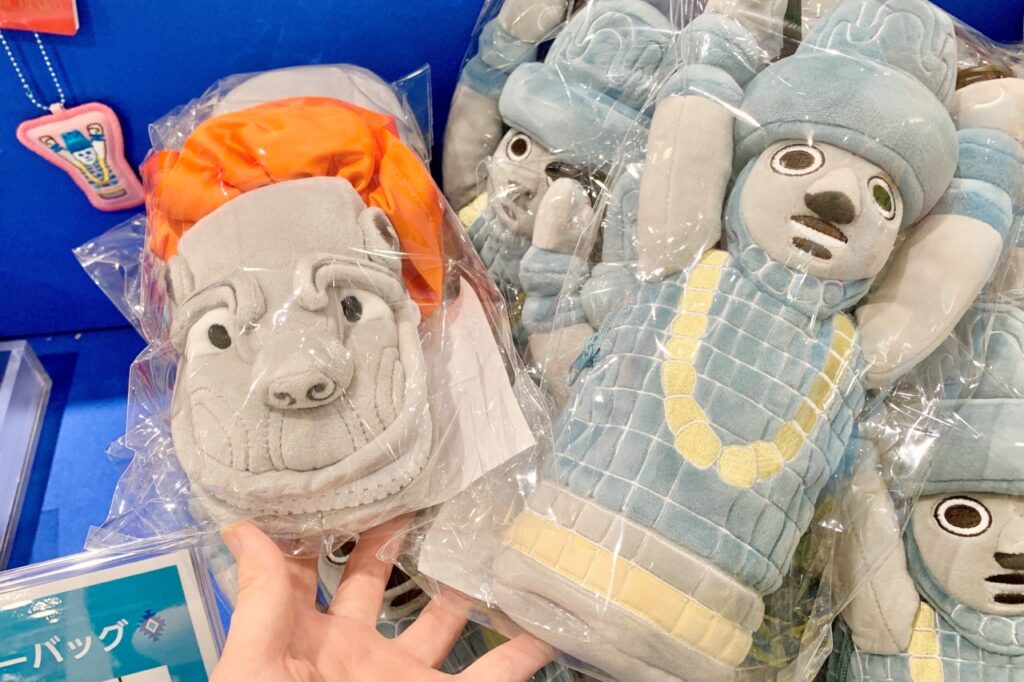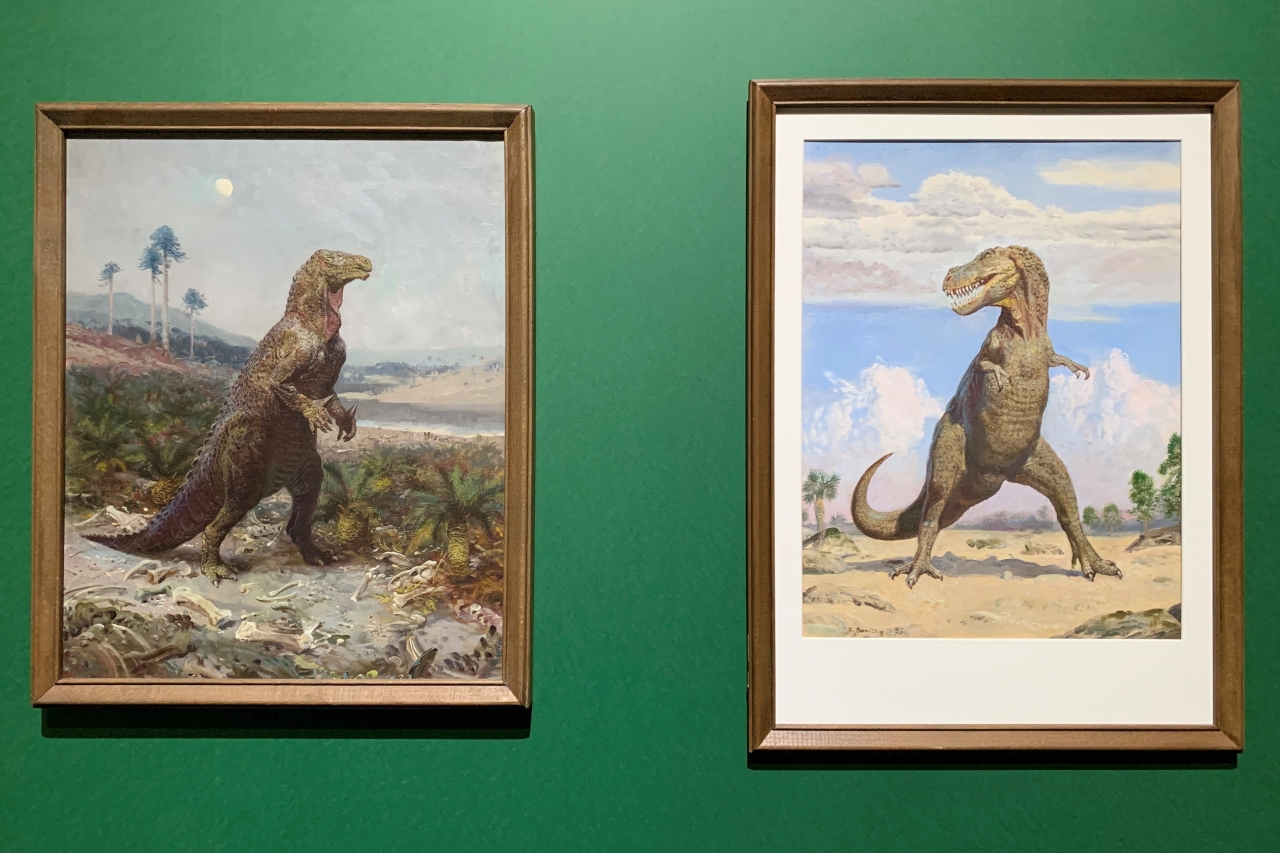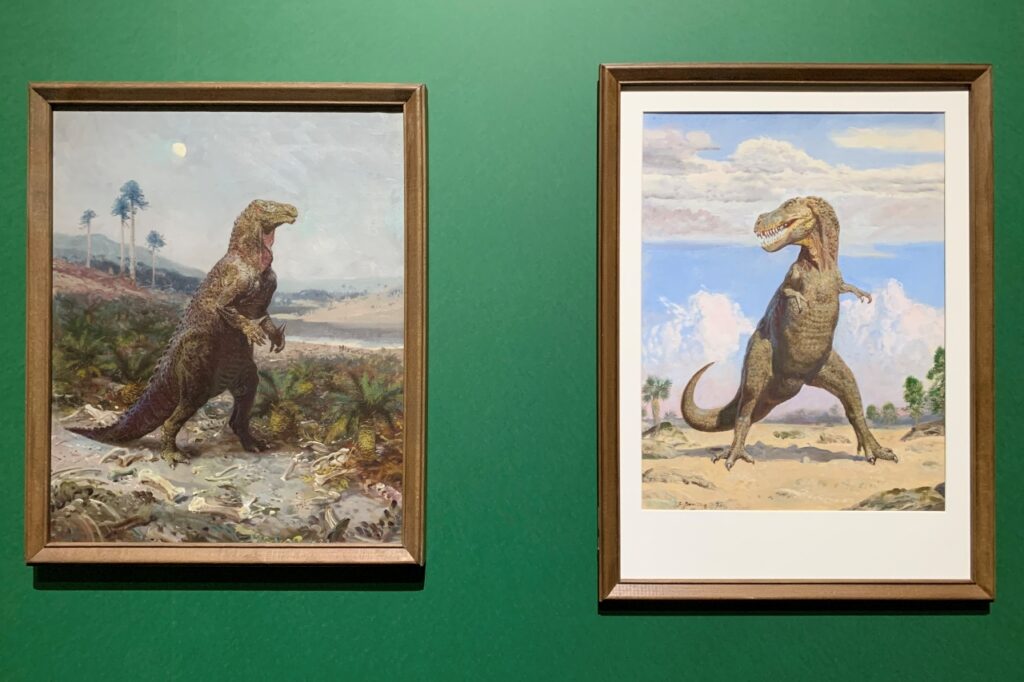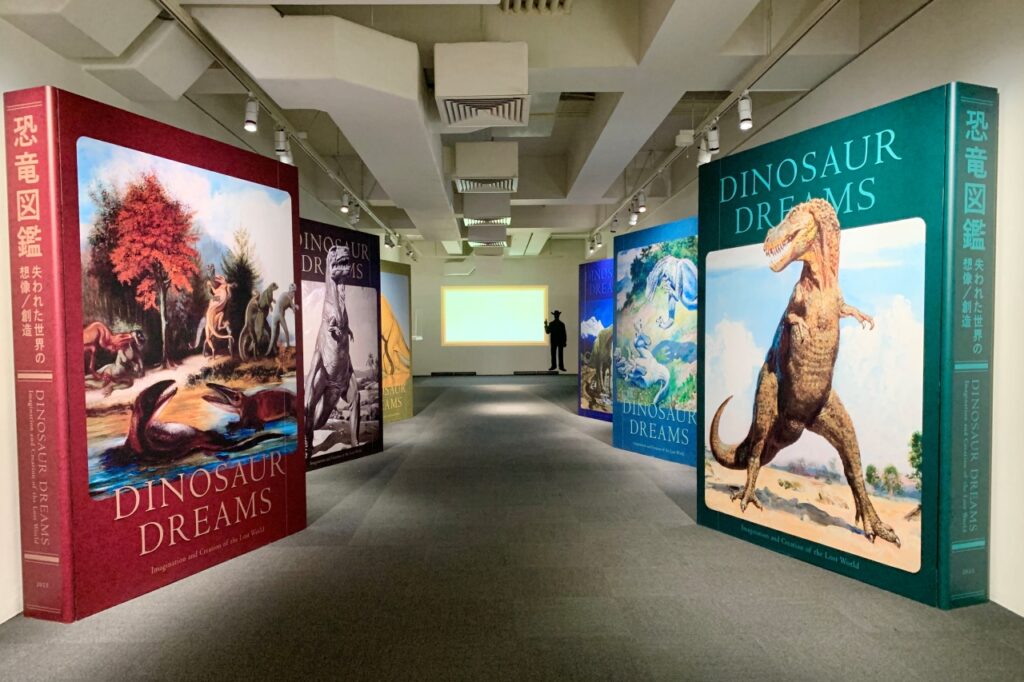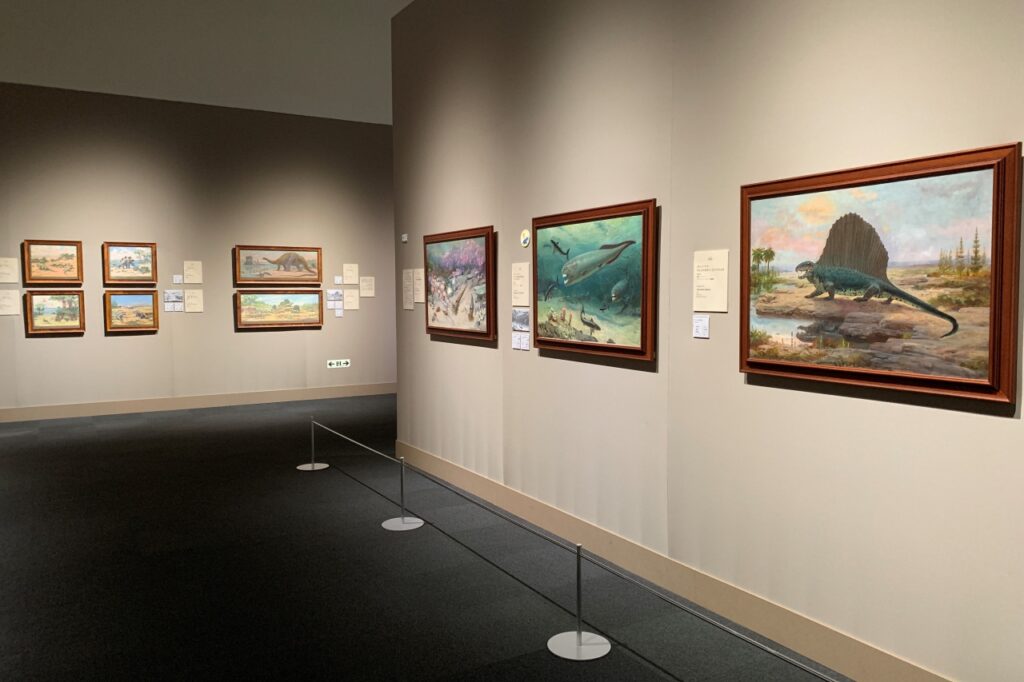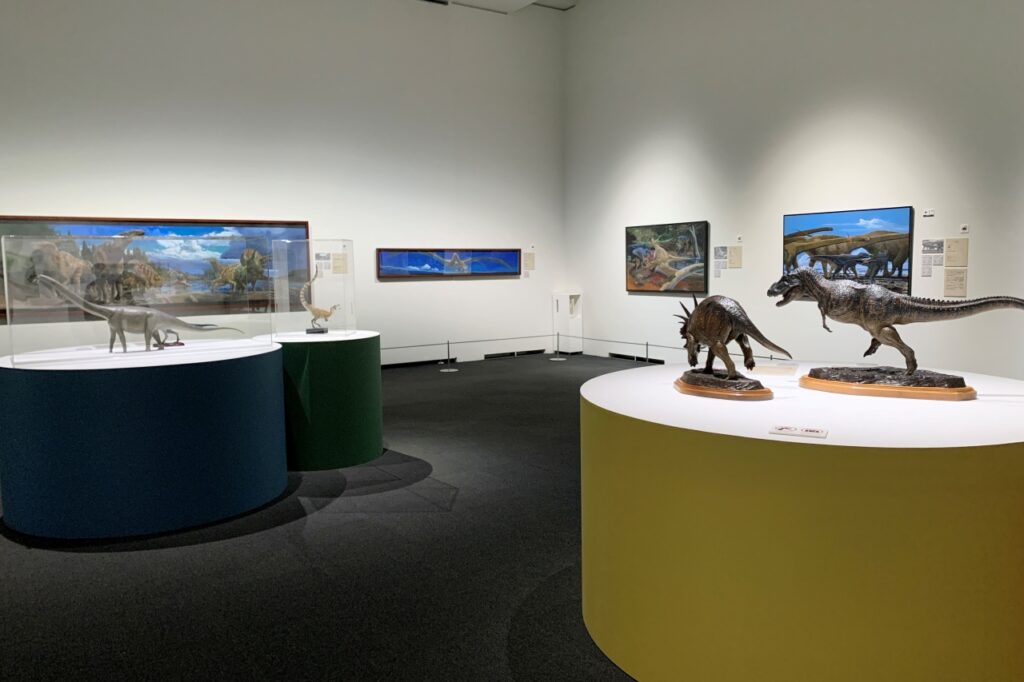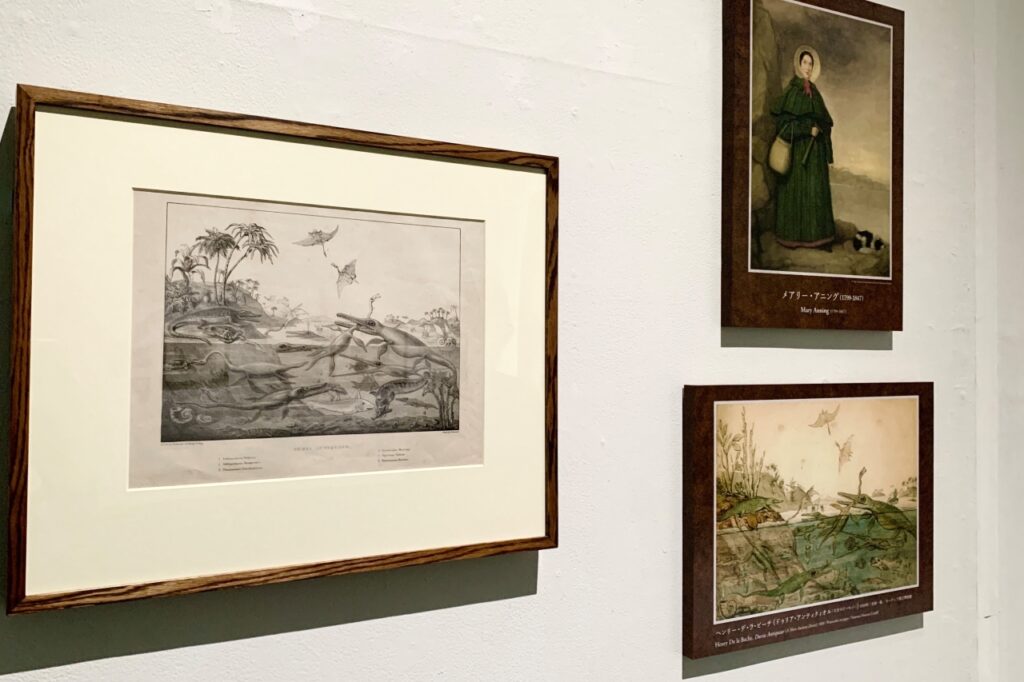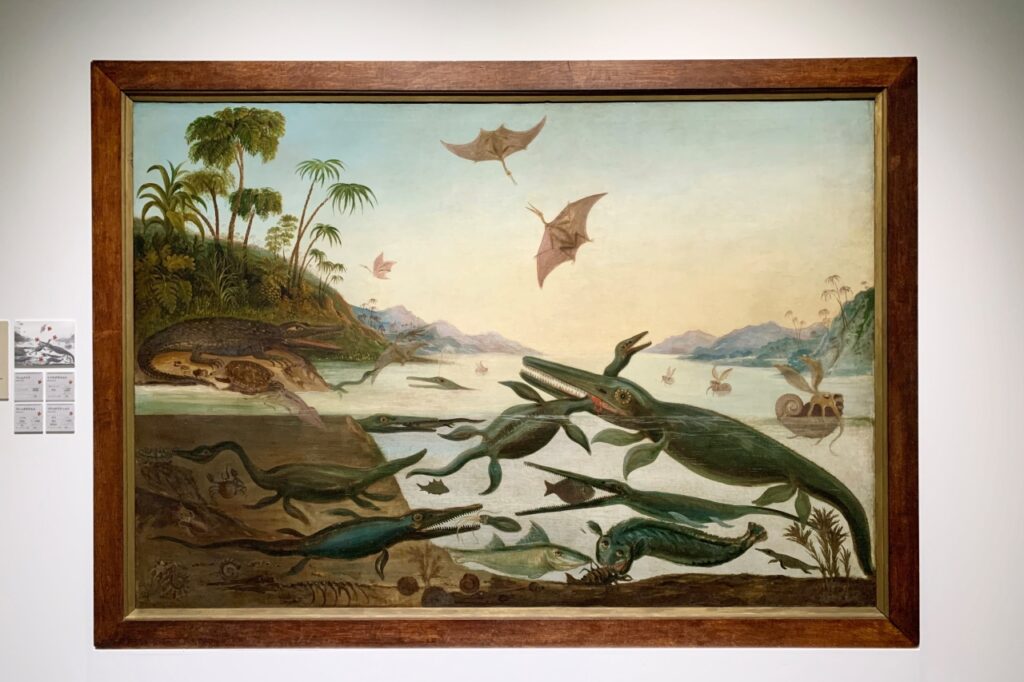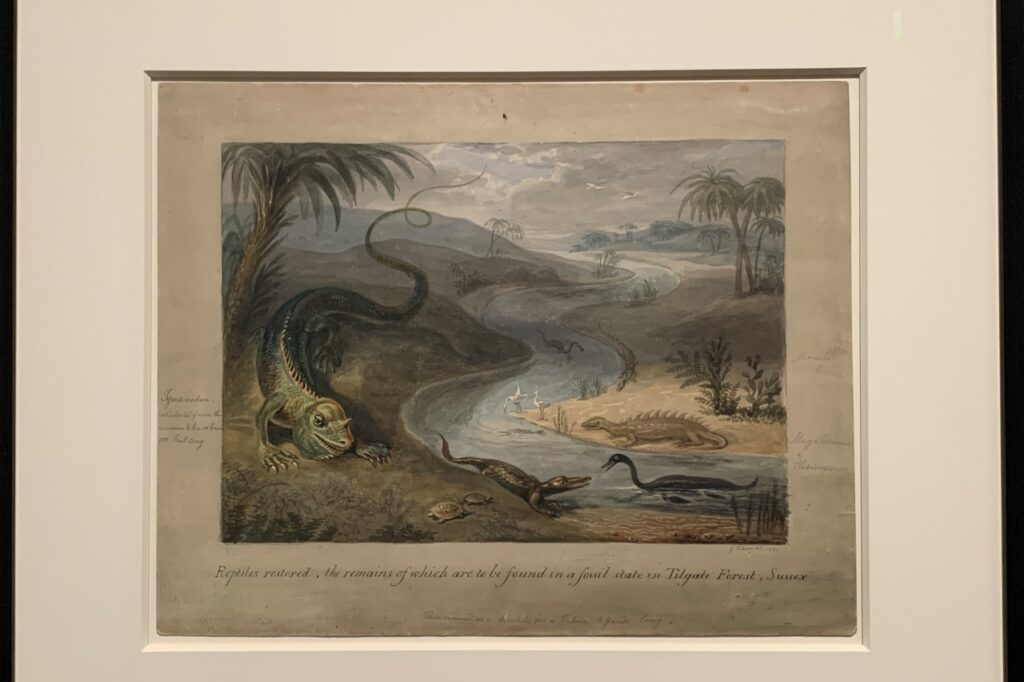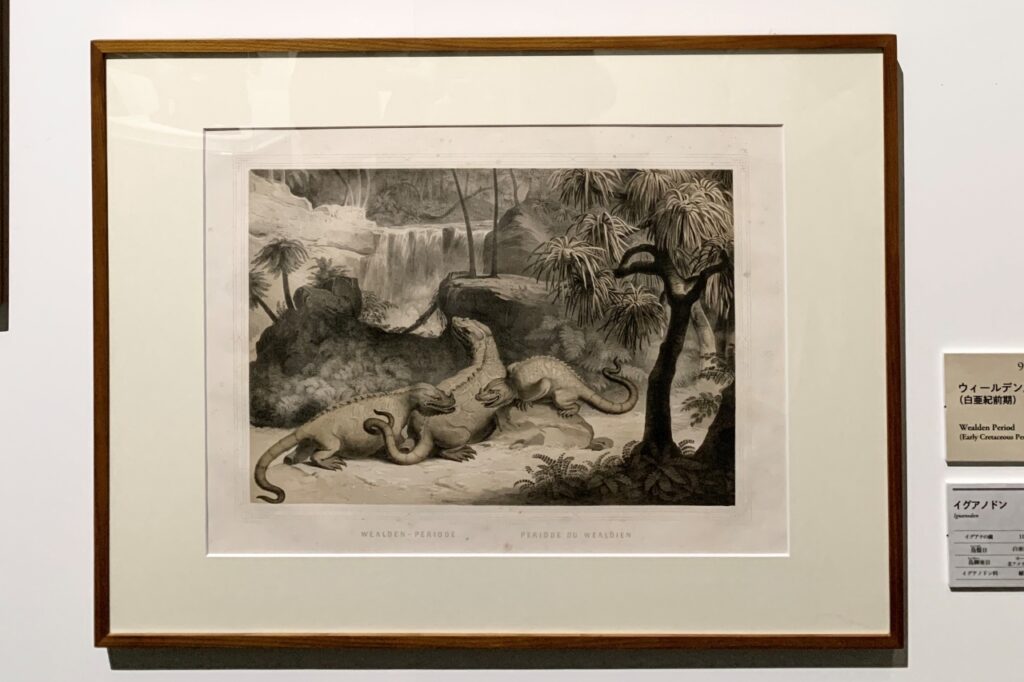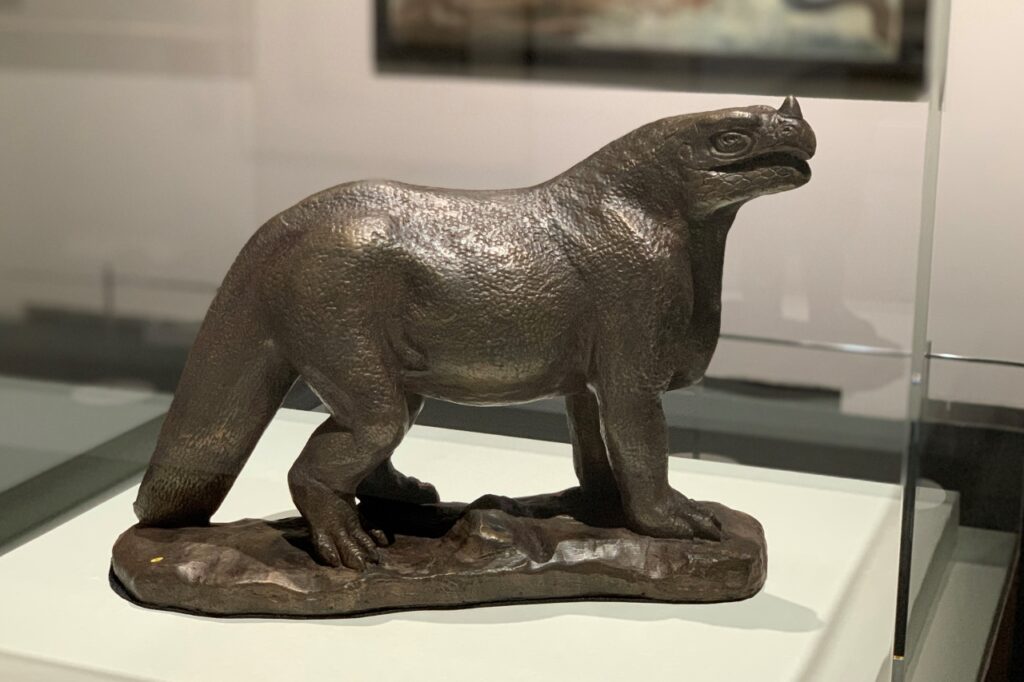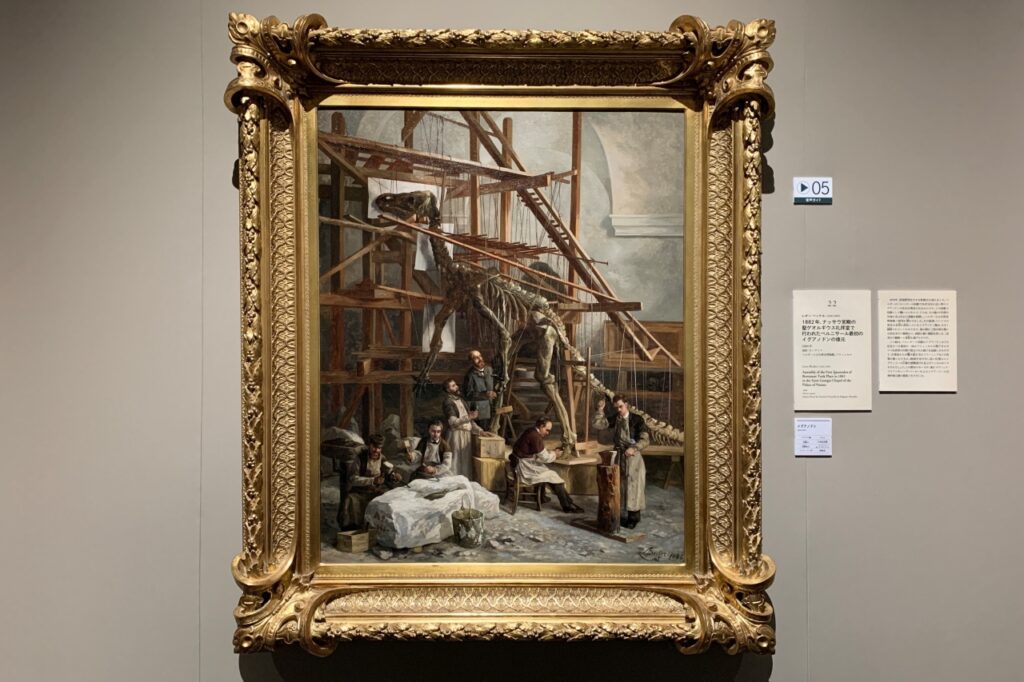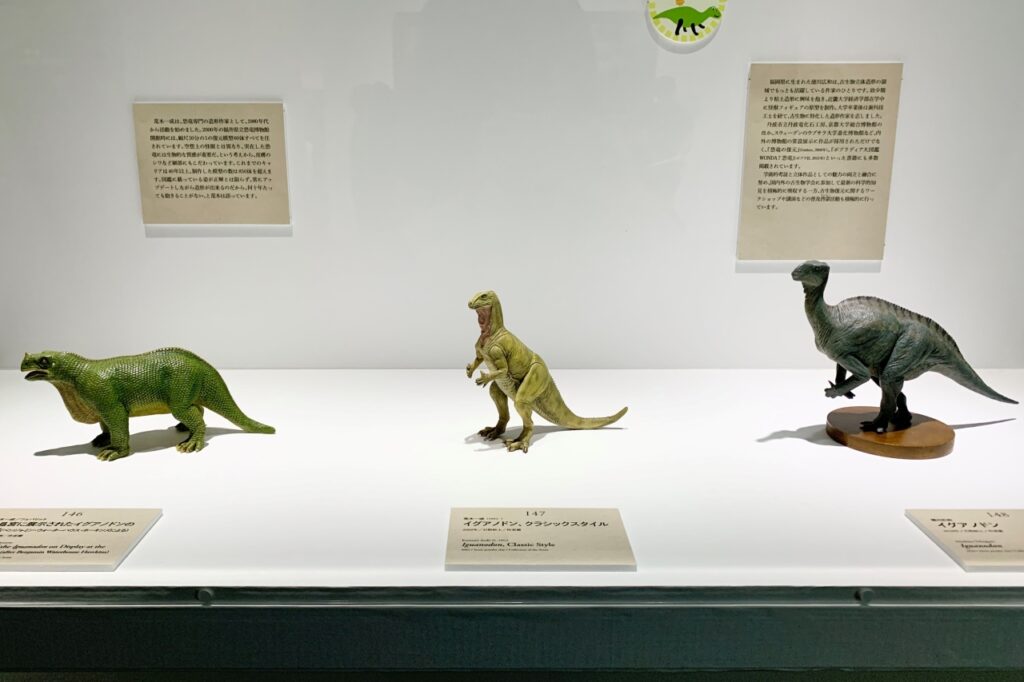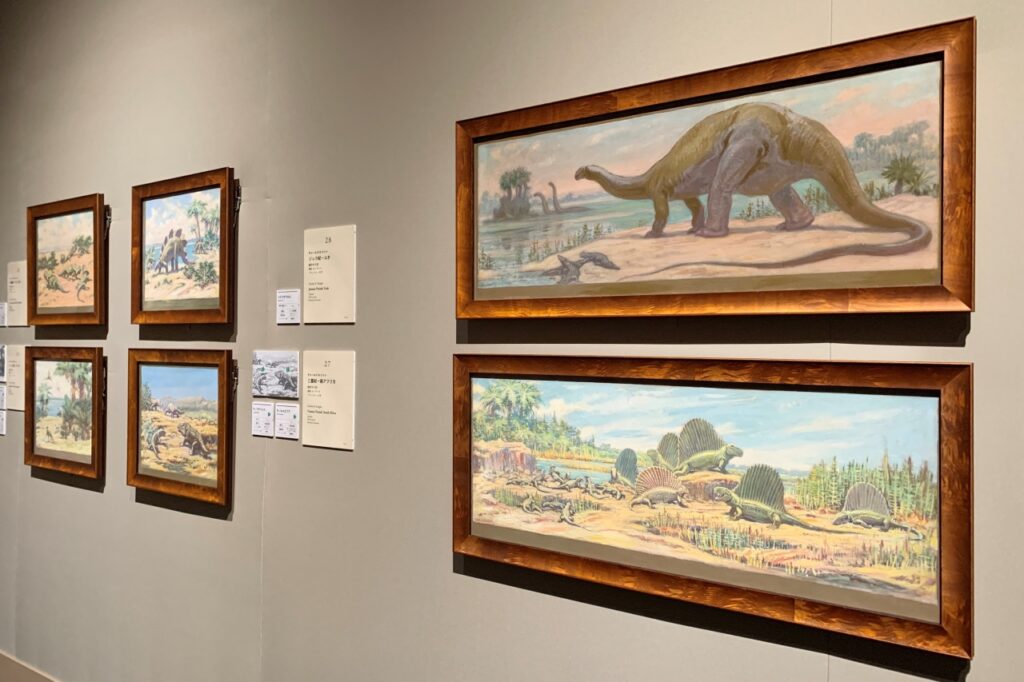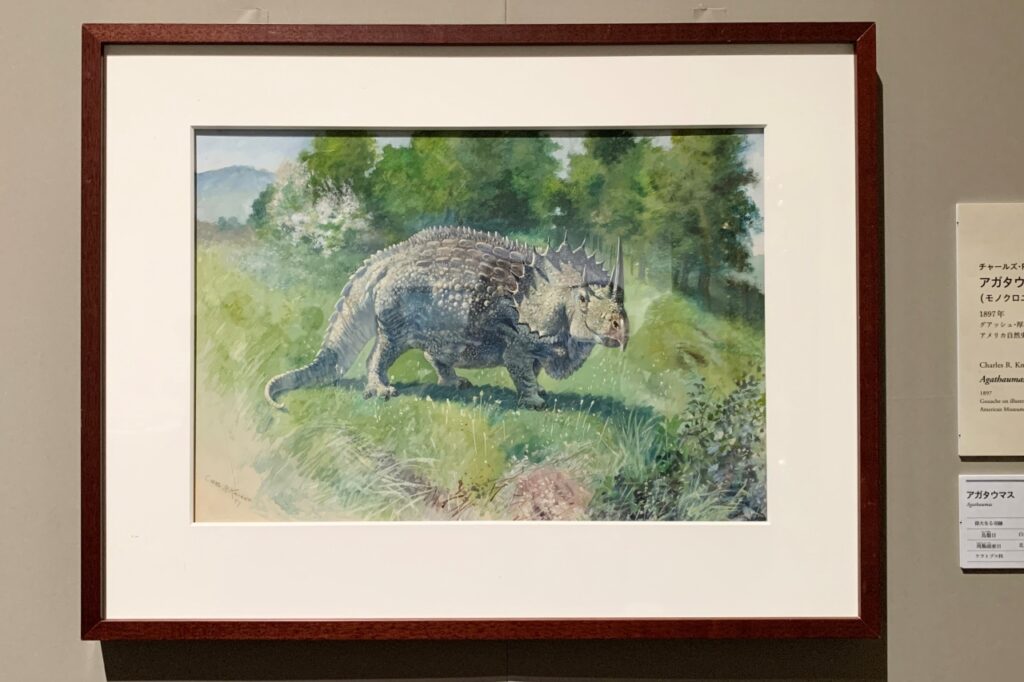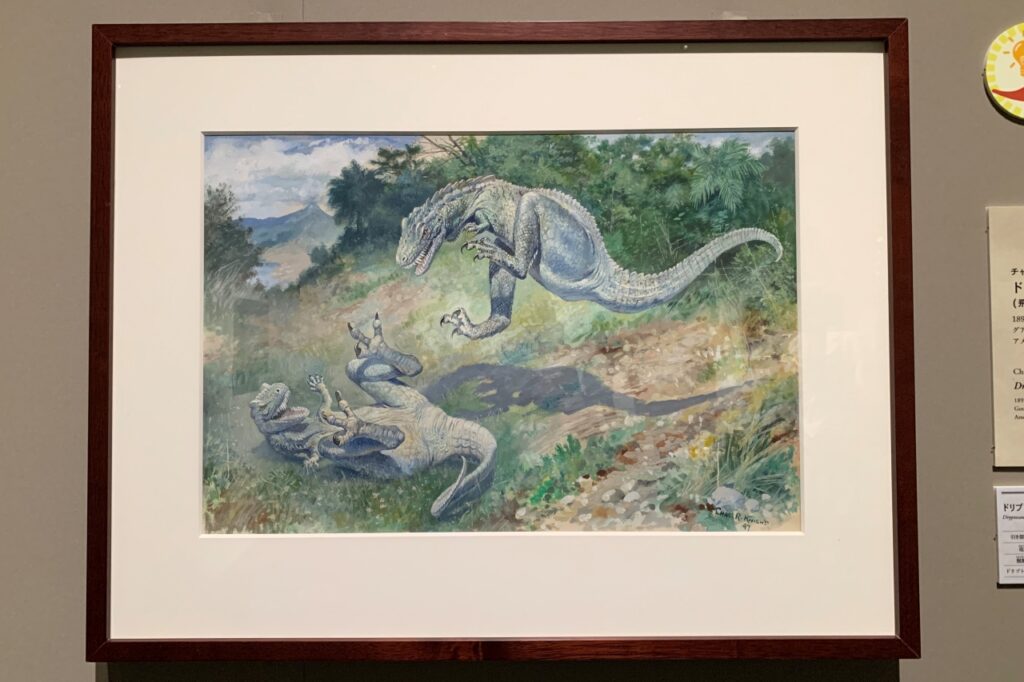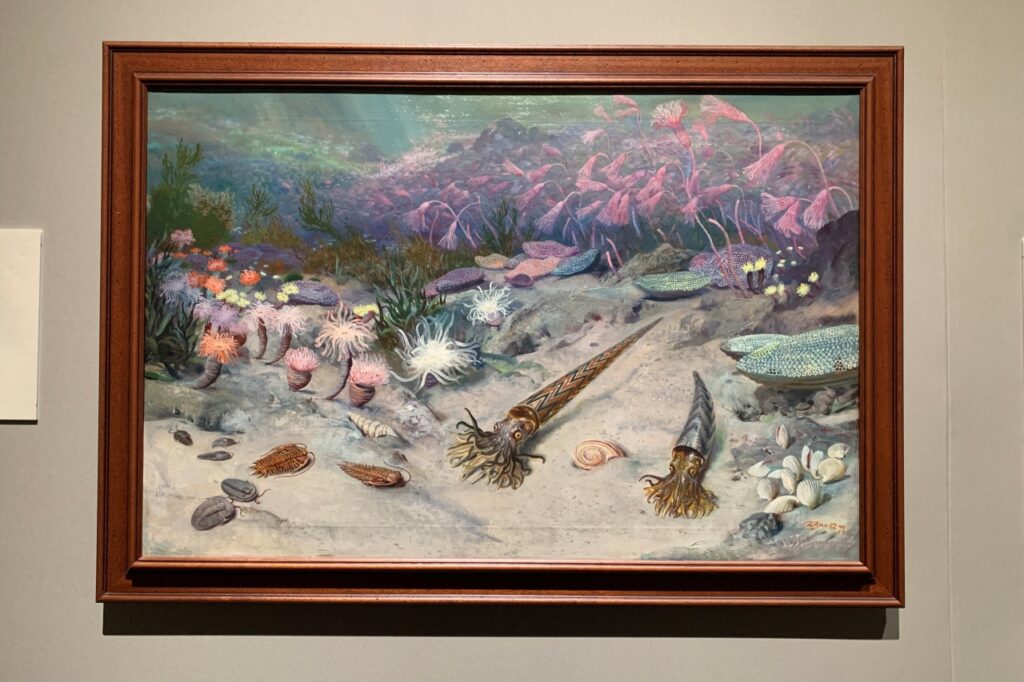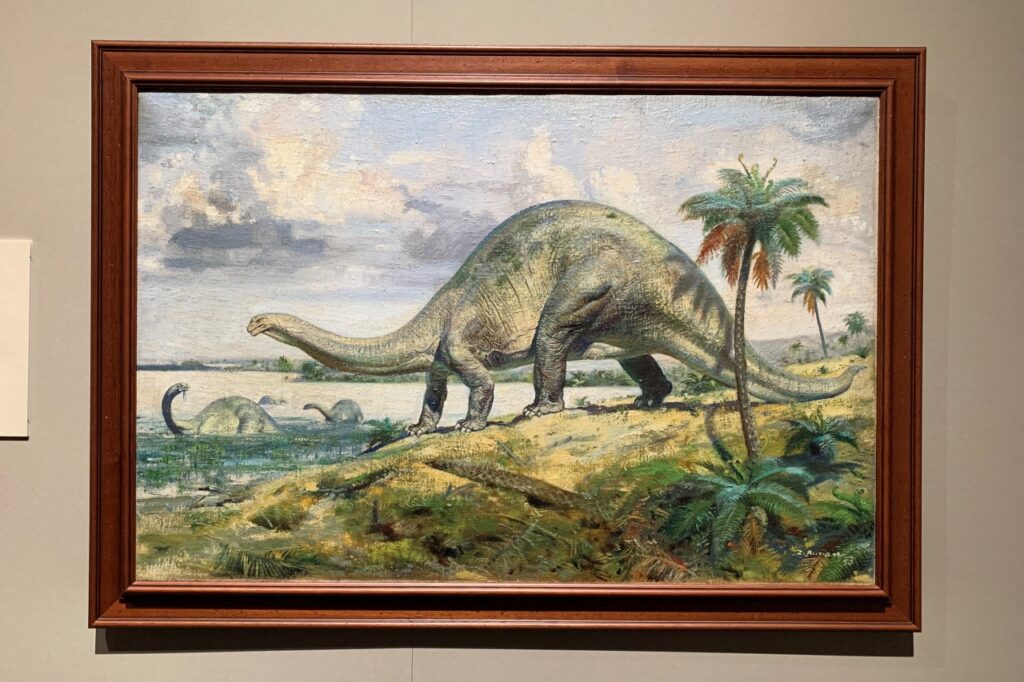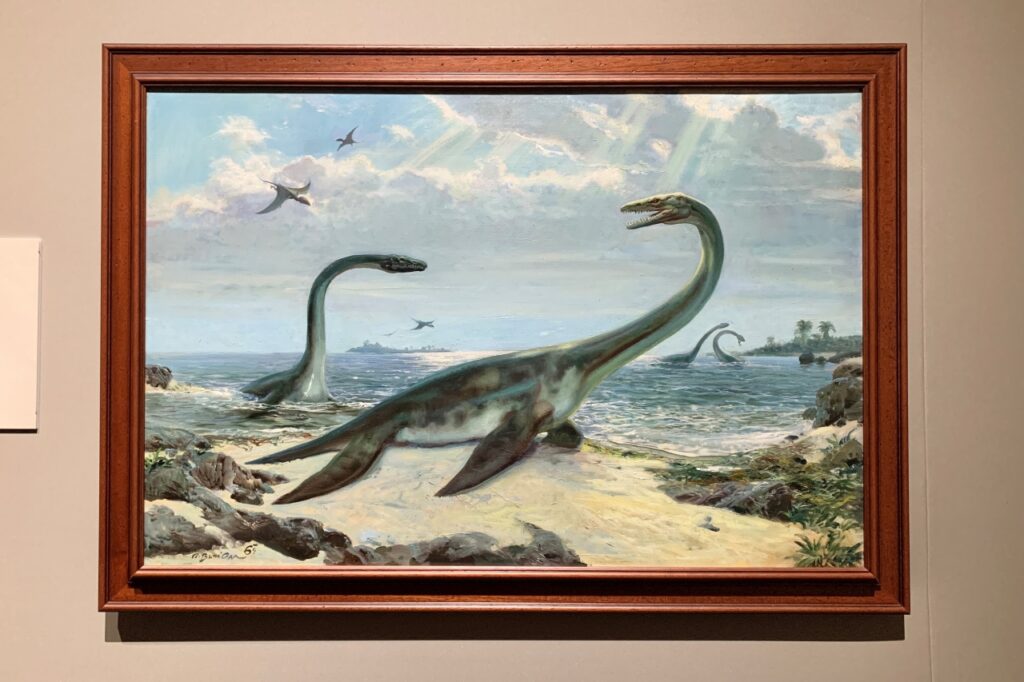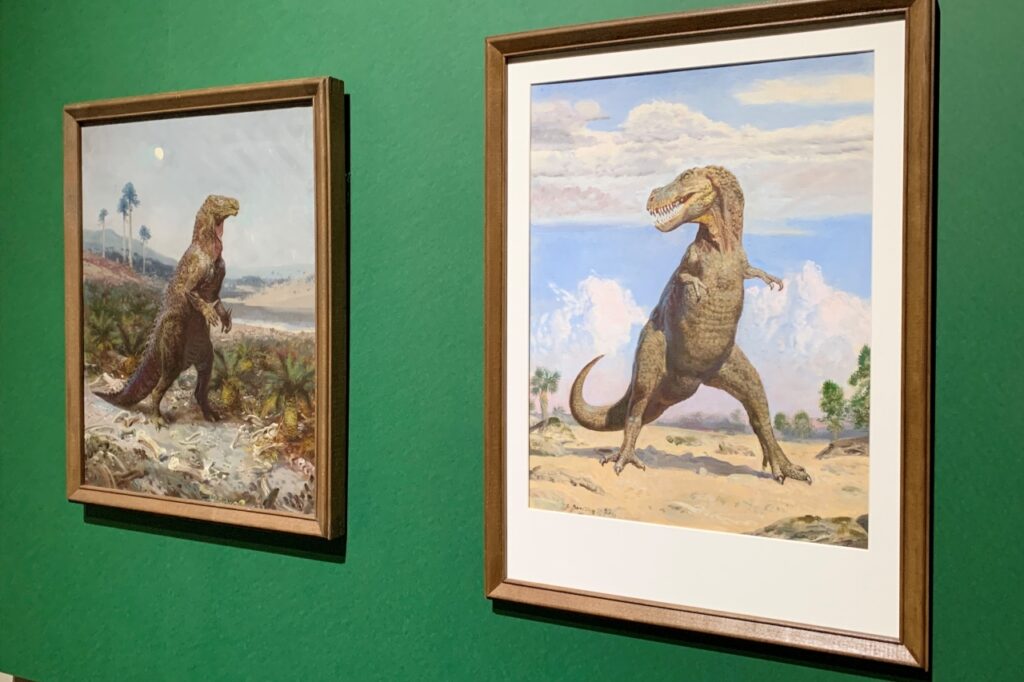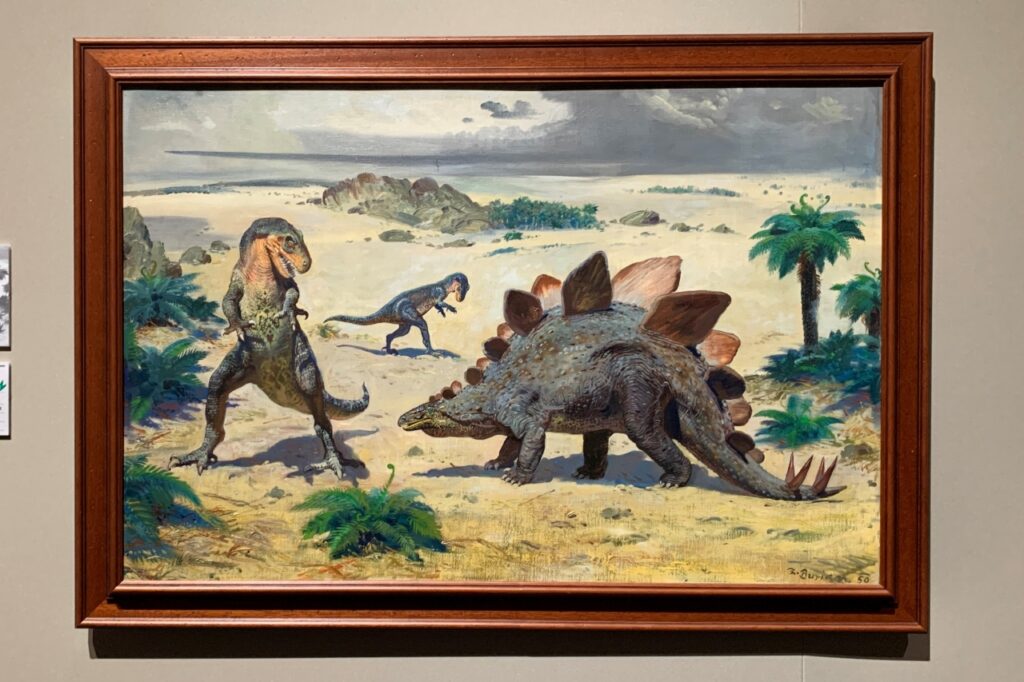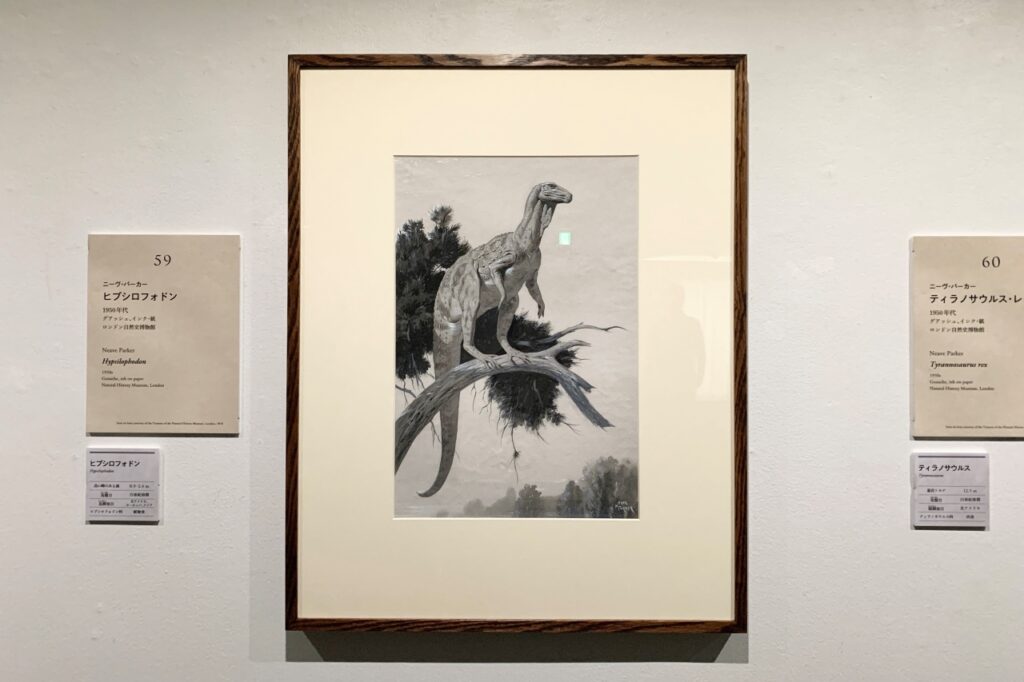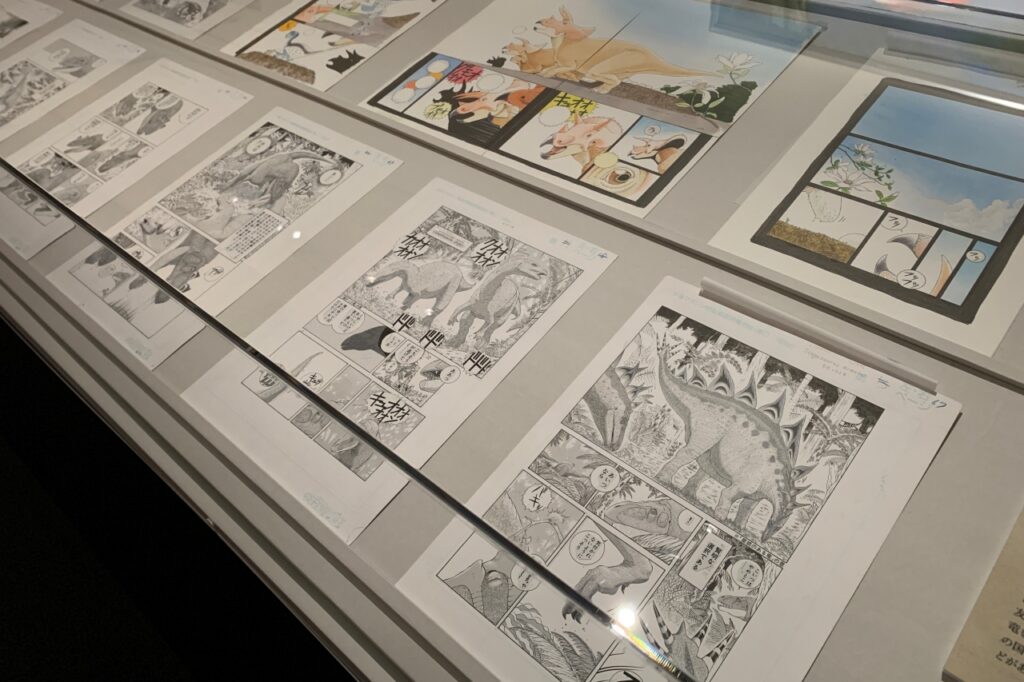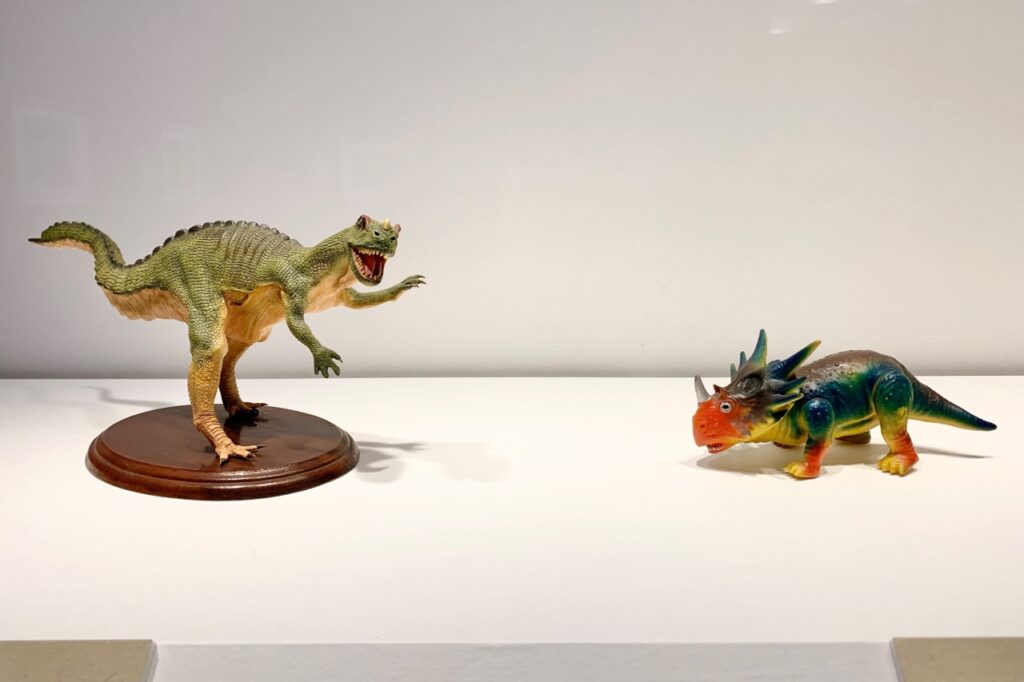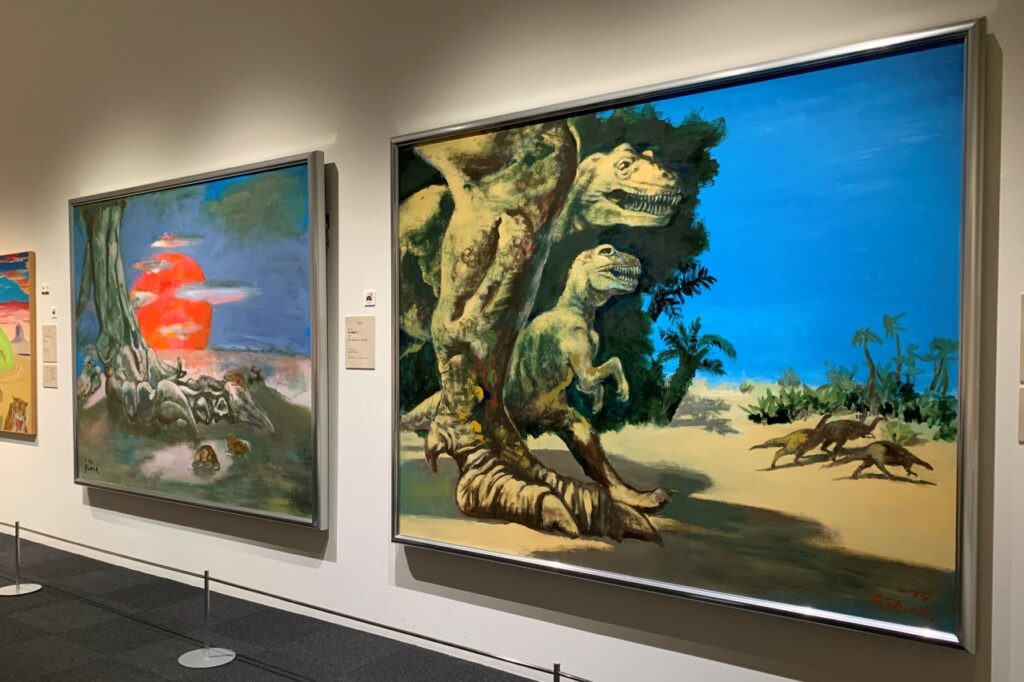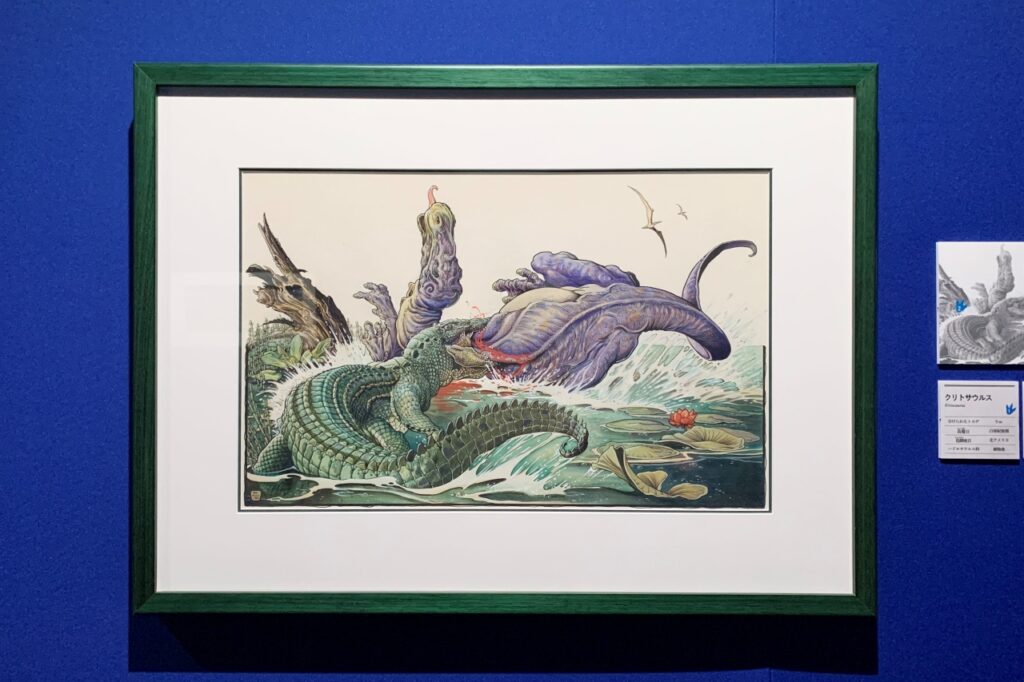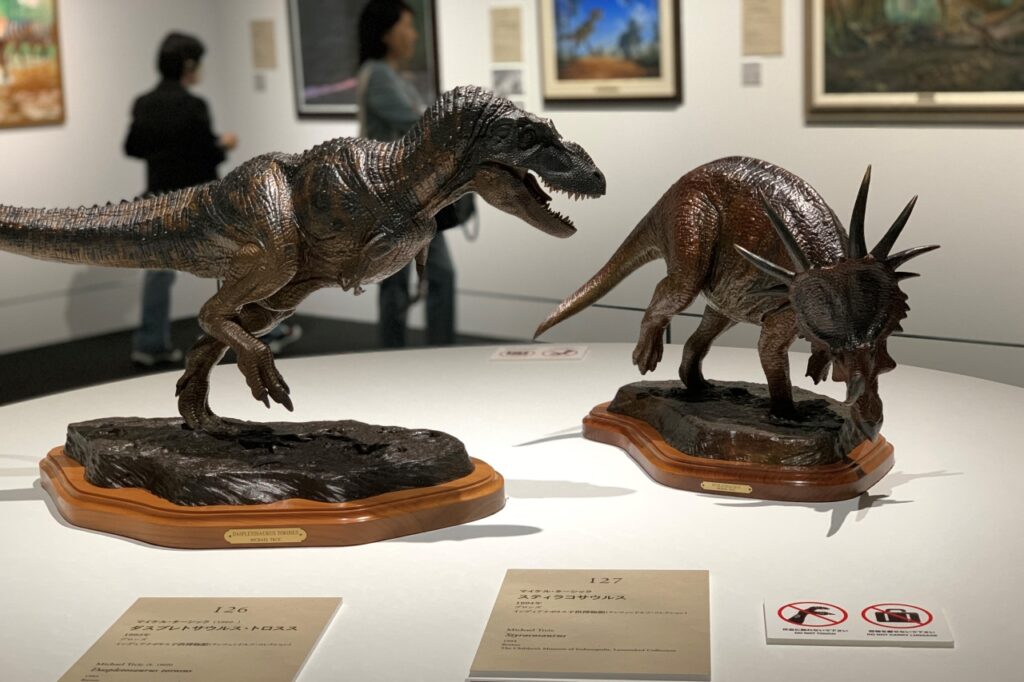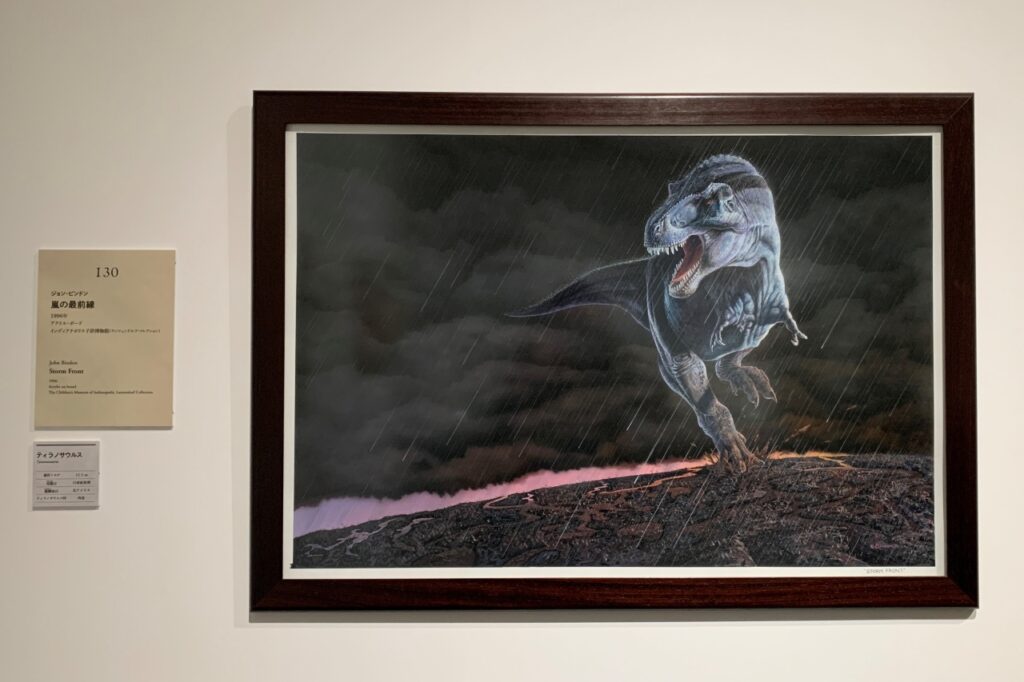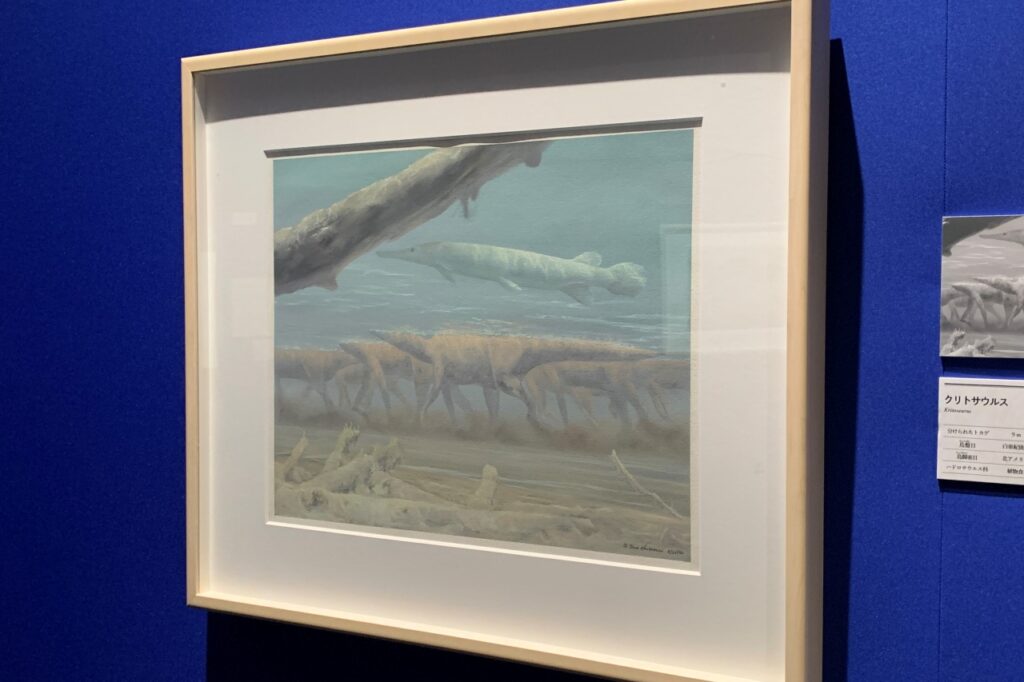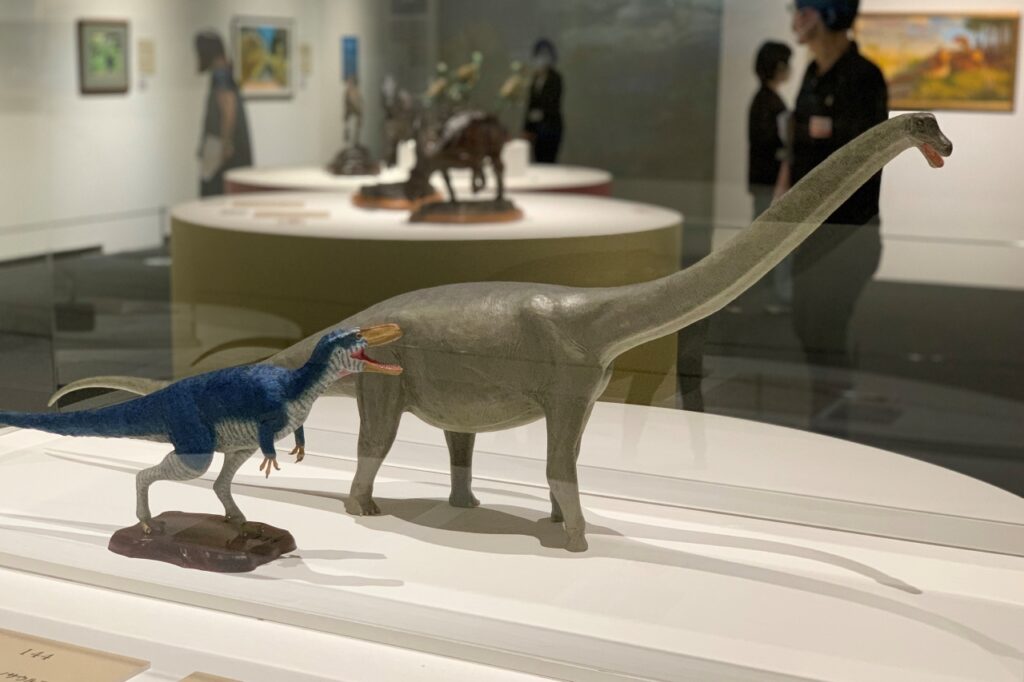Tokyo Metropolitan Art Museum
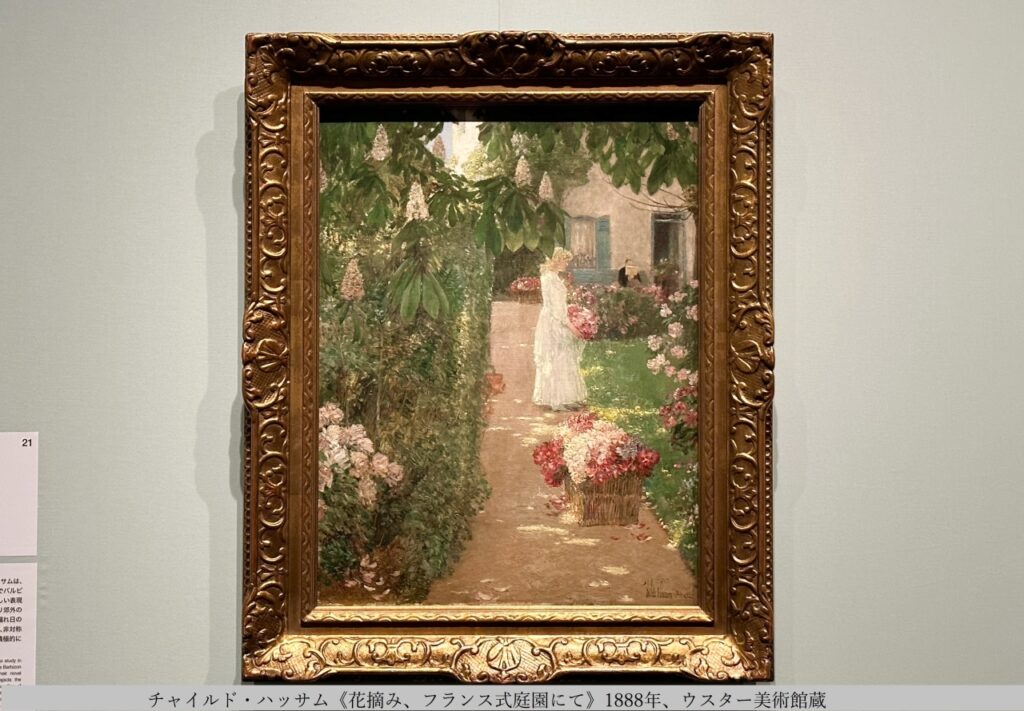
2024 marks the 150th anniversary of the first Impressionist exhibition held in Paris. The Tokyo Metropolitan Art Museum is currently holding an exhibition called “Impressionism: From Monet to America – Collection of the Worcester Art Museum” that traces the impact and influence that Impressionism, which overturned the traditions of Western art, had on Europe and America, centering on the collection of the Worcester Art Museum in the United States . The exhibition period is until April 7, 2024.
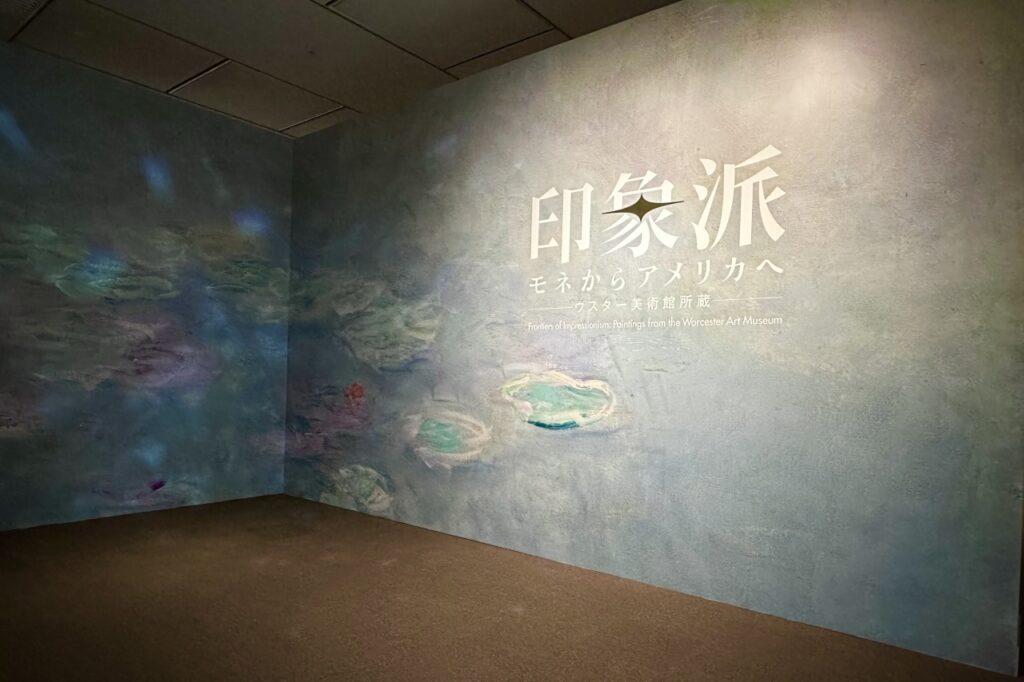
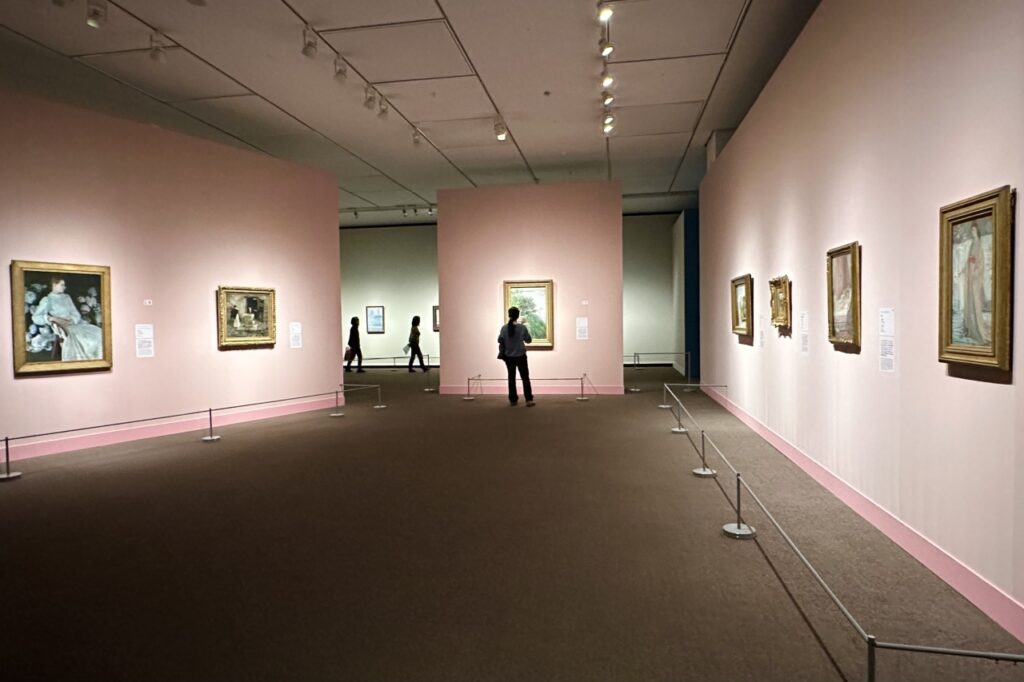
The Worcester Museum of Art, located near Boston, USA, opened in 1898 and has a collection of approximately 40,000 items, ranging from classical art from ancient Egypt, ancient Greece and Rome, to contemporary art from around the world. Among them, he actively collects Impressionism as contemporary art at the time. It has been an important part of the collection since its opening in 1898.
This exhibition focuses on the innovation of Impressionism, which overturned the traditions of Western art, and its global spread. The museum’s Impressionist collection, most of which are visiting Japan for the first time , includes not only well-known French Impressionists such as Monet and Renoir , but also American Impressionists such as Childe Hassam, who have rarely been introduced to Japan. This exhibition will introduce approximately 70 oil paintings by over 40 artists, including some of the most representative artists .
The exhibition consists of 5 chapters. In Chapter 1, “Challenging Tradition,” the Barbizon school and Realist painters, who found beauty and new subjects in the familiar landscapes and nature of their homeland of France, introduce traditional paintings, with religious and historical paintings at their peak. Introducing the movement that was the forerunner of Impressionism, which occurred in the first half of the 19th century, and which overturned the hierarchy of art.

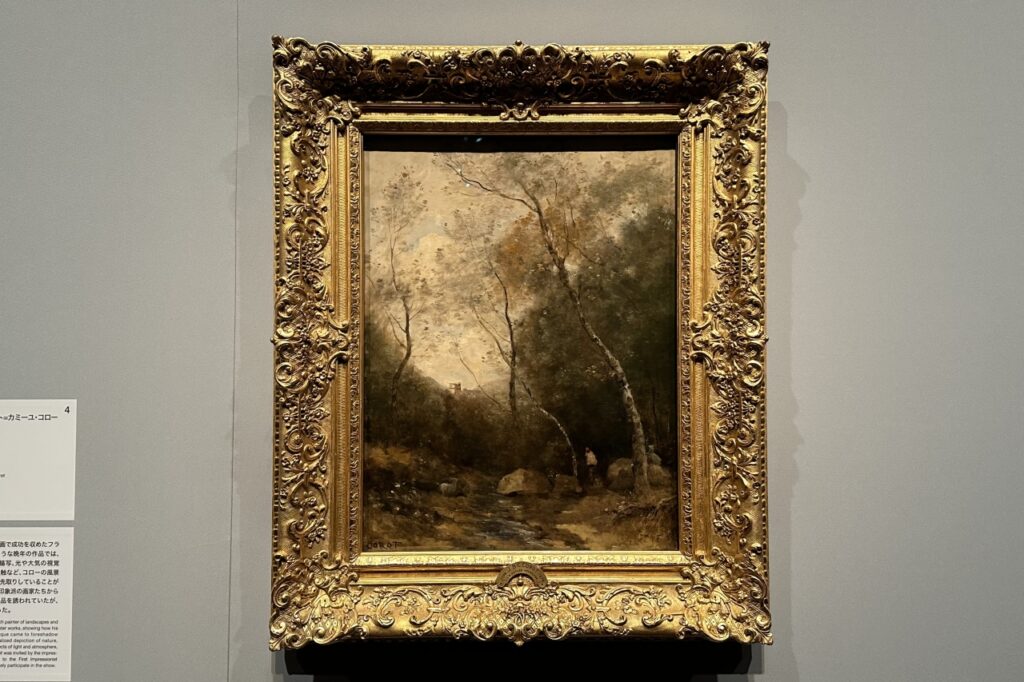
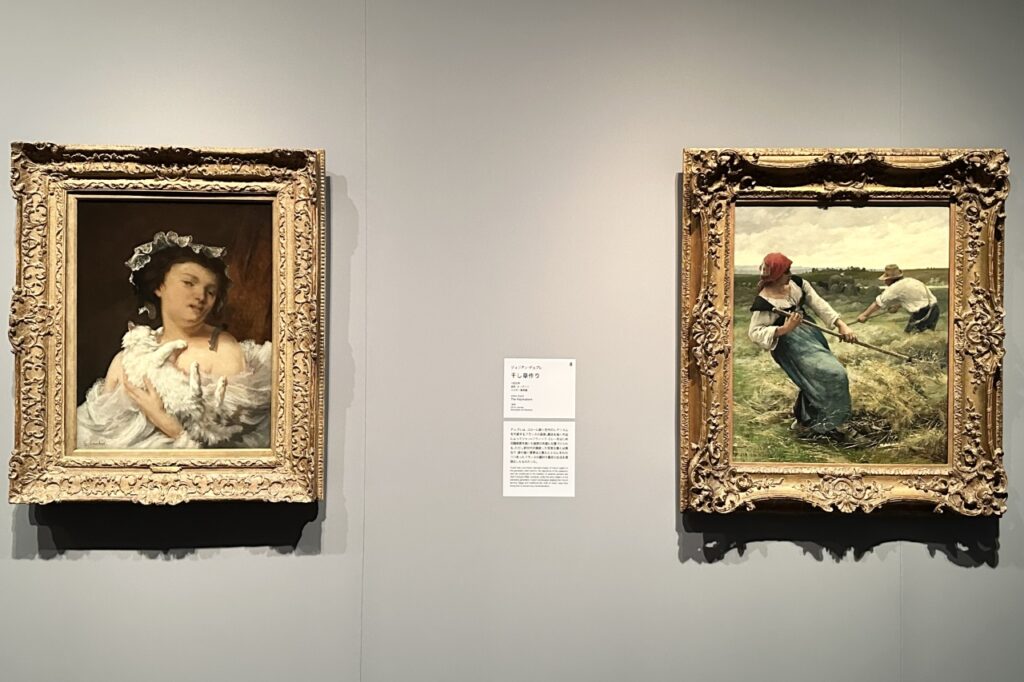
At the same time, interest in the country’s magnificent natural beauty increased in the United States, and American-style landscapes became popular. In this chapter, you can compare the rise of landscape painting on both sides of the Atlantic.
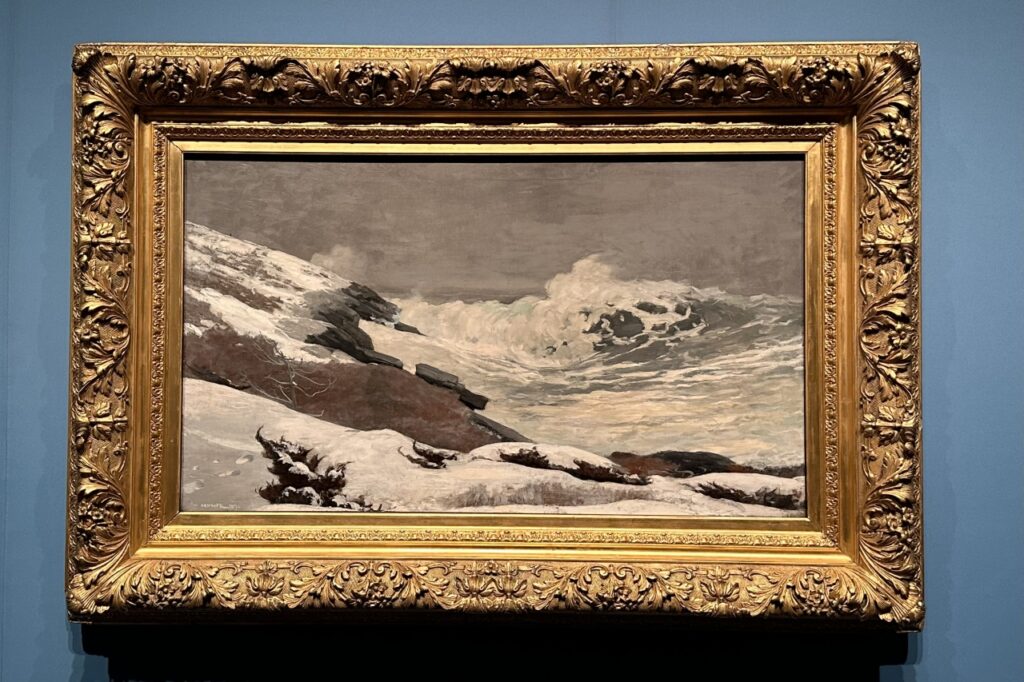
Winslow Homer , a leading American painter of the late 19th century, incorporated plein air painting as an essential element of his work even before the advent of French Impressionism. “Winter Coast” (1892) is a work from the latter half of his career, when he was focusing on depicting the sea and the people confronting it, and his intuitive and bold brushwork depicts the rough waves crashing on the coast of Maine. used to show Homer’s impressionistic side.
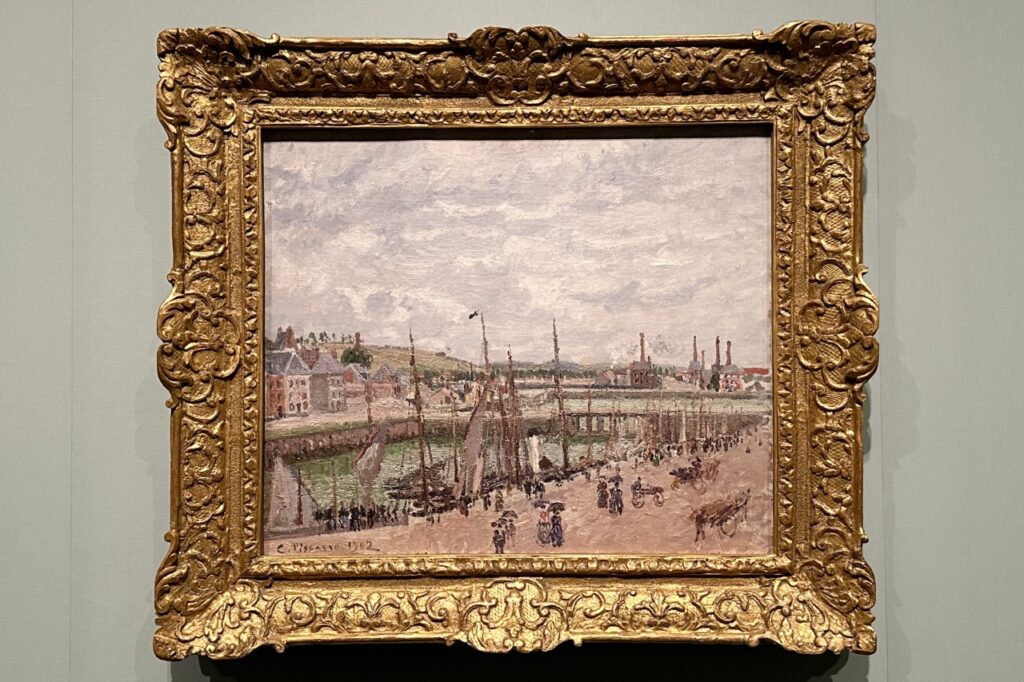
Chapter 2, “Paris and the Impressionist Painters,” features Claude Monet, Camille Pissarro, and Pierre-Auguste, who departed from the tradition of the academy and went outdoors to depict the world as it appeared to them with bright colors and bold brushwork. – Exhibits works by members of the first Impressionist exhibition, such as Renoir. In addition, you can also see works by Mary Cassatt, the only American female painter to participate in subsequent Impressionist exhibitions, and works by Childe Hassam, who has been described as the “American Monet,” while studying in Paris.
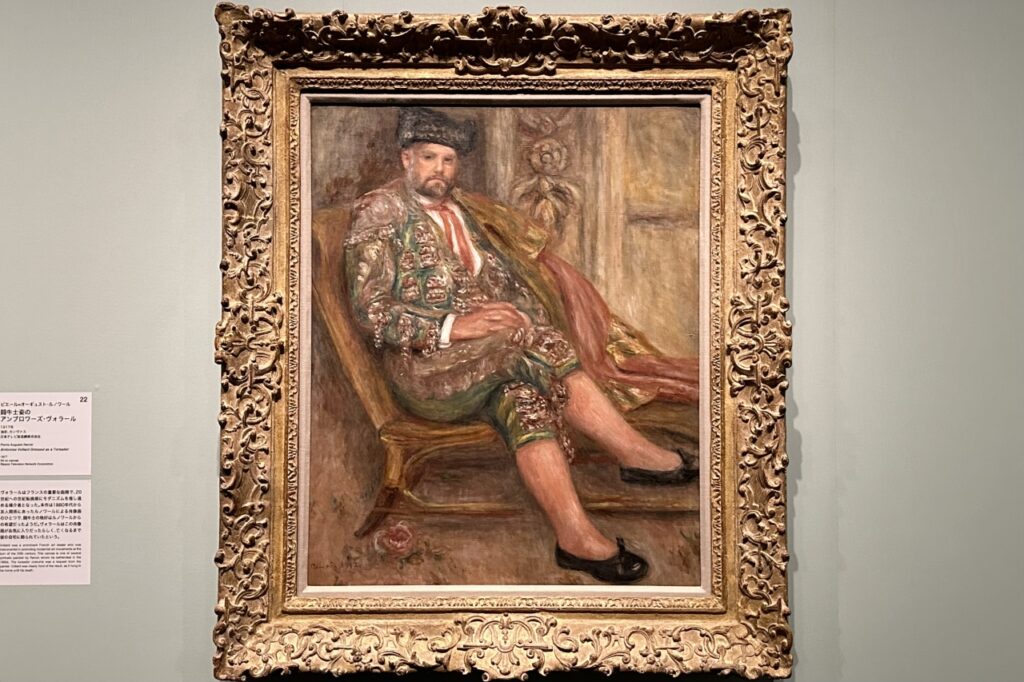


Monet’s Water Lilies (1908), introduced in the same chapter, is one of the highlights of this exhibition. Although it is an Impressionist landscape painting, with water lilies losing their outline as if blending into the pond, trees reflected in the water, and fantastic colors, there are signs of the abstract expression that became noticeable in his later works. It is a work.

Monet spent the latter half of his life in Cyverny, a suburb of Paris, where he continued to paint over 250 water lilies floating in the “water garden” he created. This work is one of the Water Lilies series exhibited at Galerie Durand-Ruel in Paris in 1909, and was purchased directly from the gallery by the Worcester Art Museum the following year. Today, Water Lilies are housed in the collections of various museums, but the Worcester Art Museum was actually the first museum in the world to purchase Monet’s Water Lilies.

At the venue, a copy of the letters exchanged between the museum and the art dealer regarding the purchase of this work will also be introduced, including vivid correspondence using letters and telegrams, such as the first director’s efforts to persuade the board of directors and extend the payment deadline. I was able to find out.
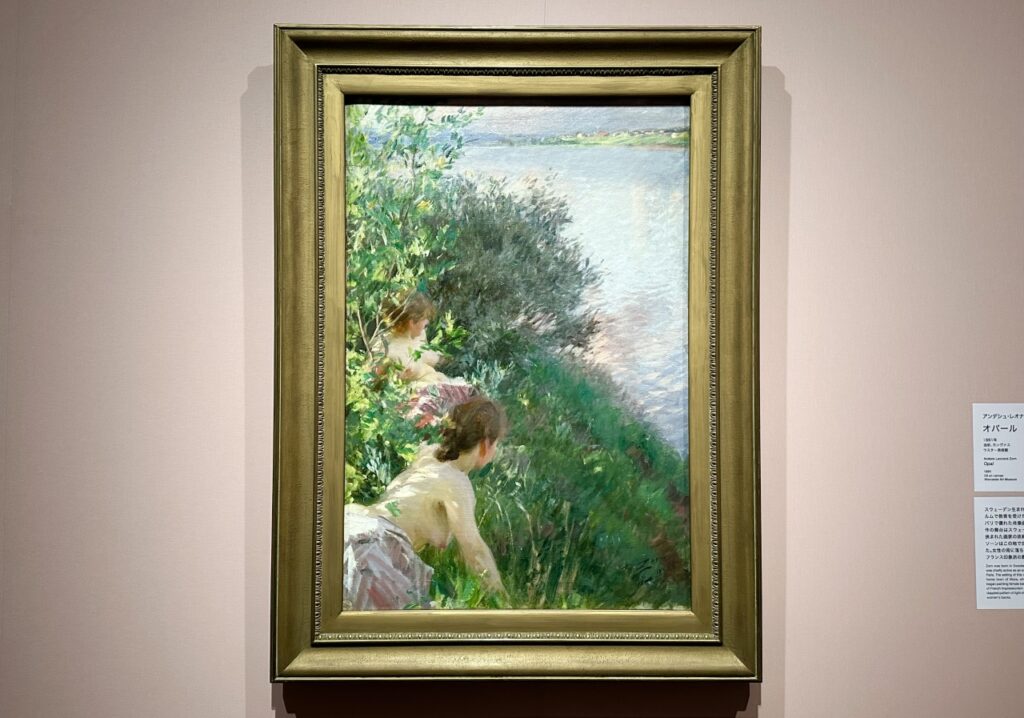
Chapter 3, “International Spread,” discusses how John Singer Sargent of America, Anders Leonard Sohn of Sweden, and Alfred Stevens of Belgium took the essence of Impressionism gained in Paris back to their home countries and applied it to their artistic practices. , exhibiting works by Japanese painters such as Seiki Kuroda and Keiichiro Kume.
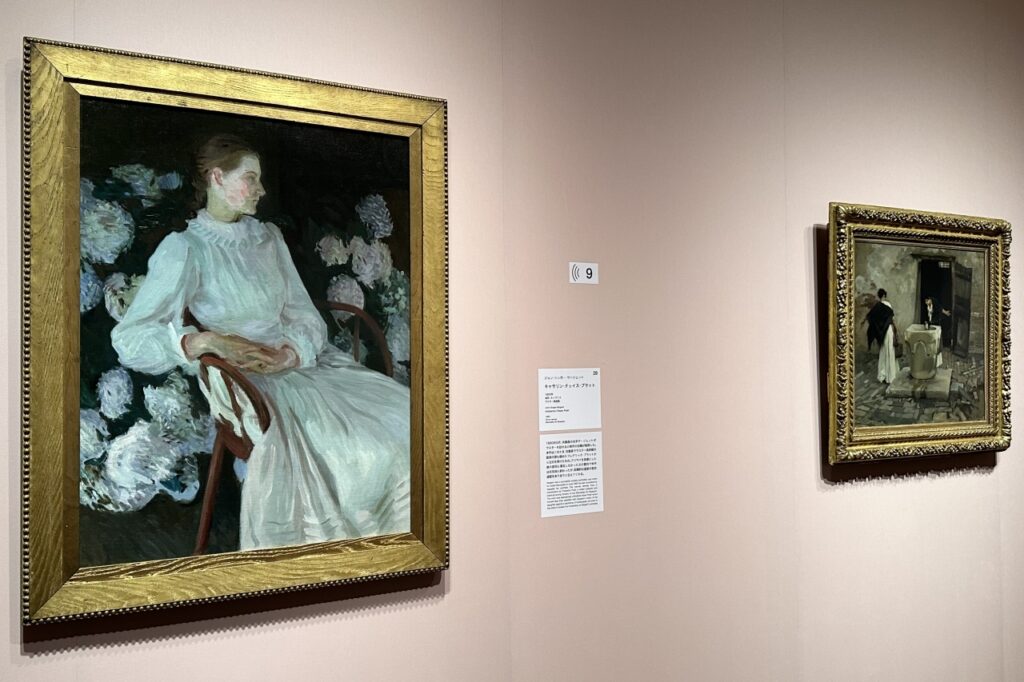
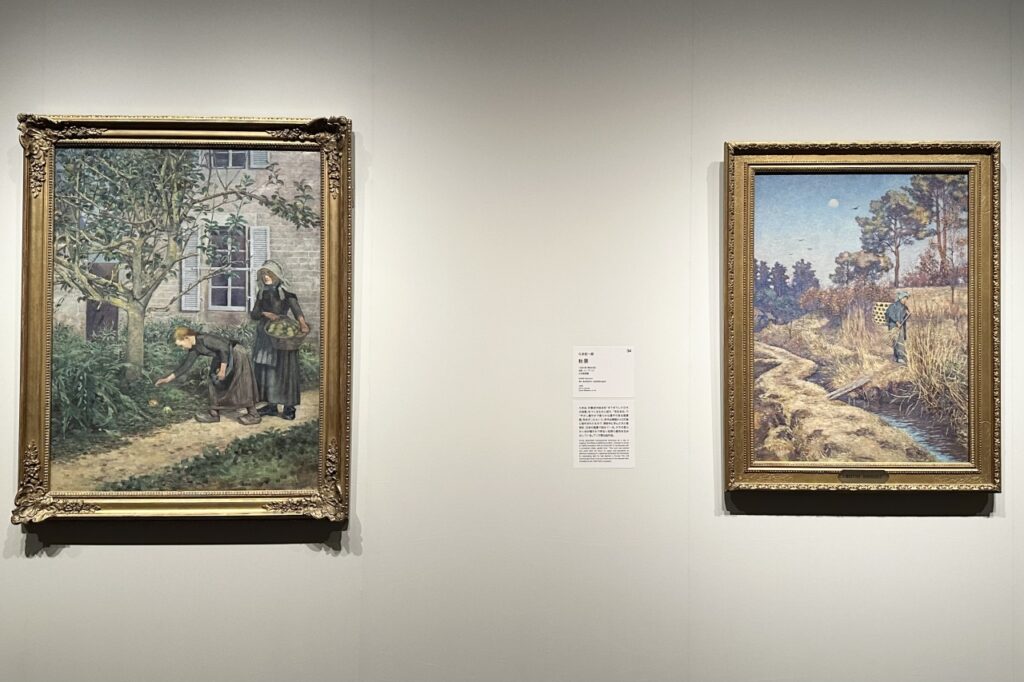
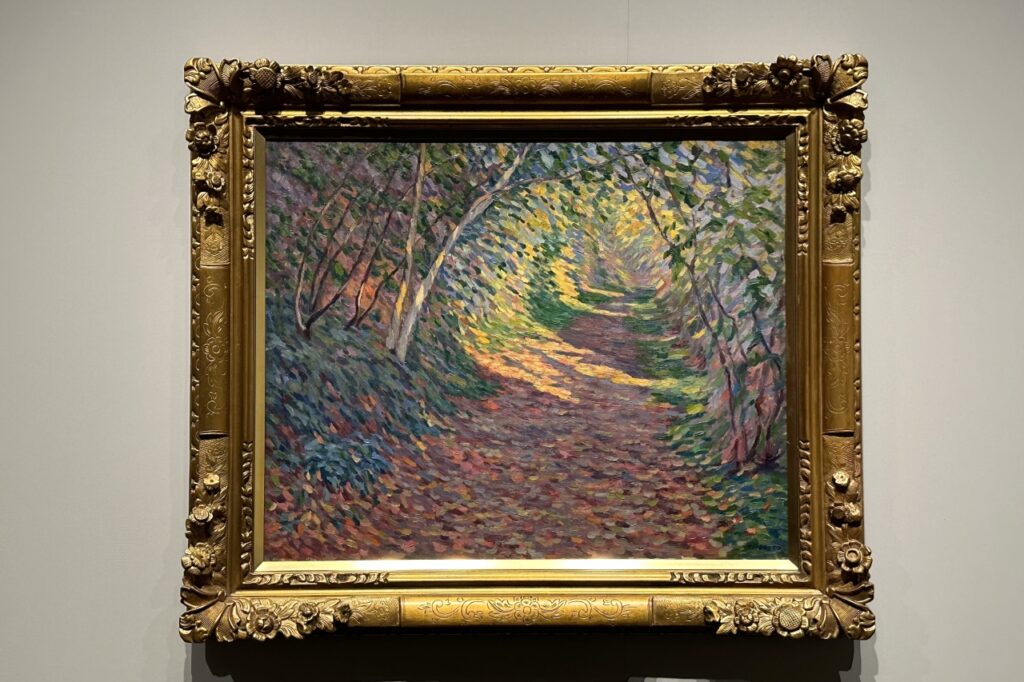
Many of them are not complete imitations of the style of French Impressionism, but are uniquely sublimated while merging with the culture and society of various regions, and are popular among painters who were not involved with Impressionism or who had never visited France. It tells us that it spread and developed in a variety of ways.
The highlight of this exhibition is Chapter 4, “American Impressionism,” which introduces how Impressionism was received as it spread internationally, especially in the United States.
In the mid-1880s, European Impressionism became popular among American art dealers and collectors, and many American painters went to France to meet the demand. Critics wanted young painters to discover “the beauty of their native America, away from European subjects,” so subjects that felt American, such as New England countryside and modernizing urban landscapes, continued to be preferred. I did.

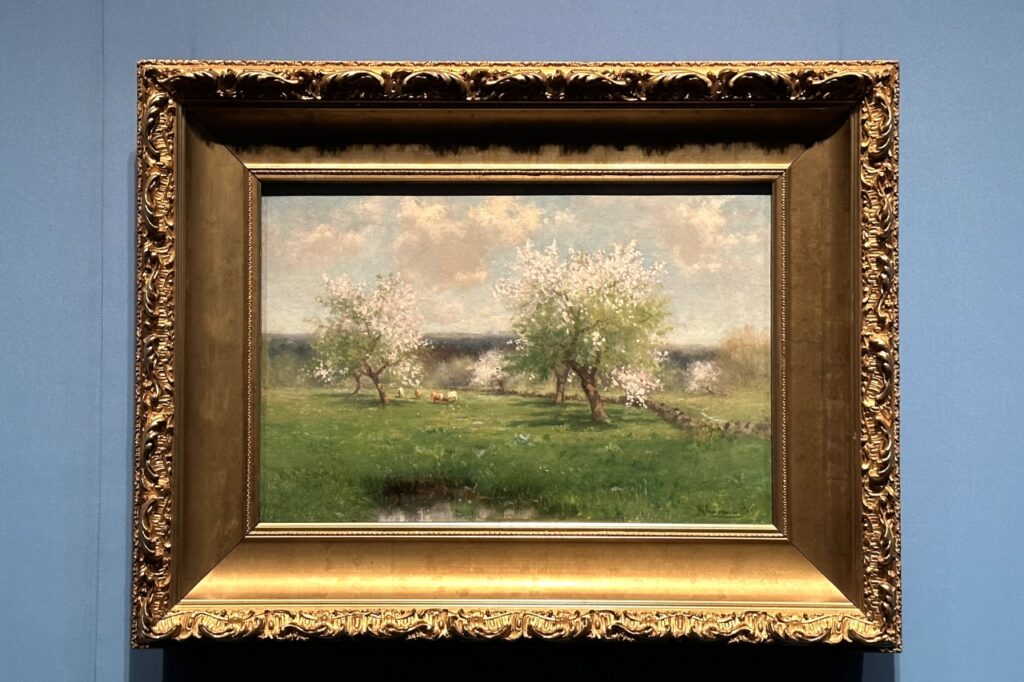
Childe Hassam , who also appears in Chapter 2, was the one who was the first to incorporate the Impressionist style he had learned locally into his productions and spread it throughout the United States through summer schools and artist colonies.
Born in Boston, Hassam came into contact with Impressionist works during his first trip to Paris in 1883, and studied abroad there from 1886 to 1889. After returning to Japan, he settled in New York, where he achieved success and became one of the leading Impressionist painters in America. In this chapter, three works with different themes are displayed in chronological order, and together with Chapter 2, Picking Flowers in a French Garden (1888), you can trace the changes in his painting style and interests.
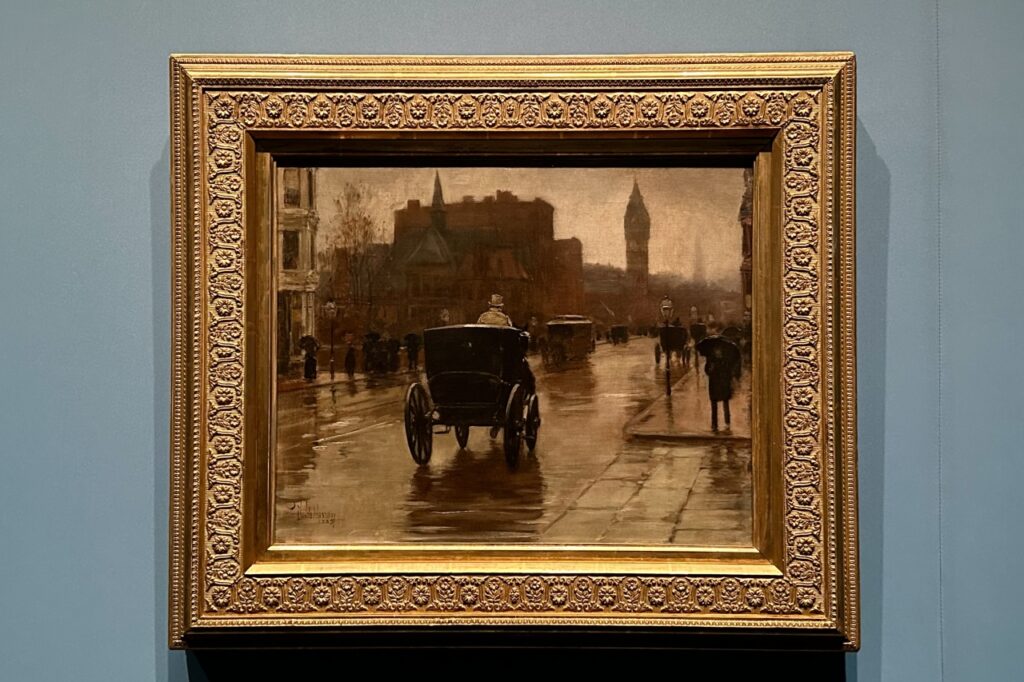
In “Columbus Boulevard, Rainy Day” (1885), which depicts Boston’s rainy thoroughfares in muted colors and soft brush strokes, the influence of Impressionism can be felt in the depiction of the hazy atmosphere of the city in the distance and the glossy light of the pavement. You can
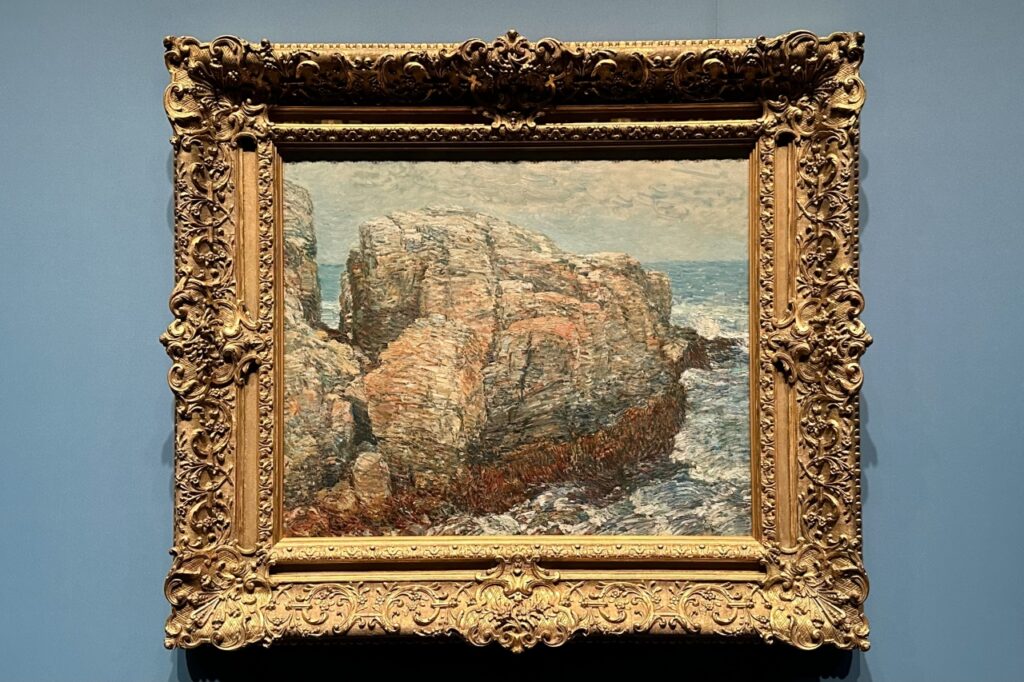
Silph’s Rock, Appledore Island (1907), created after studying abroad in Paris and reminiscent of Monet’s cliff landscape paintings, has a drastically different touch, skillfully depicting rock surfaces and waves by changing the direction of the elongated brushstrokes. I am. Based on the idea that the scenery is constantly changing even in the same place, this work is one of the works that vividly depicts the scenery of Appledore Island from various perspectives and situations, using an approach similar to Monet’s series of works.
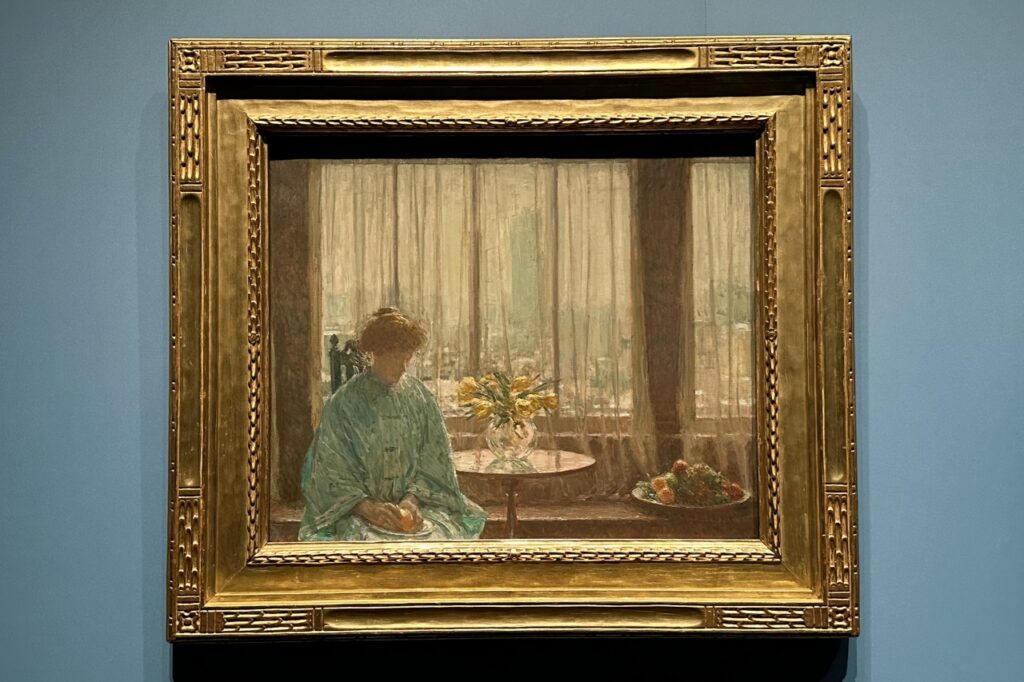
In “Breakfast Room, Winter Morning, New York” (1911), curtains are placed to avoid the hustle and bustle of New York, which is transforming into a modern metropolis with the construction of skyscrapers and the proliferation of automobiles, and depicts the sophisticated middle and upper class. Focuses on city life. Since 1909, Hassam has been working on the Window series, which depicts a woman alone in a room, like this one. The skyscraper depicted behind the curtain is thought to be Manhattan’s Flatiron Building, celebrated as a symbol of New York’s modern architecture, and is a clever expression of Americanity.
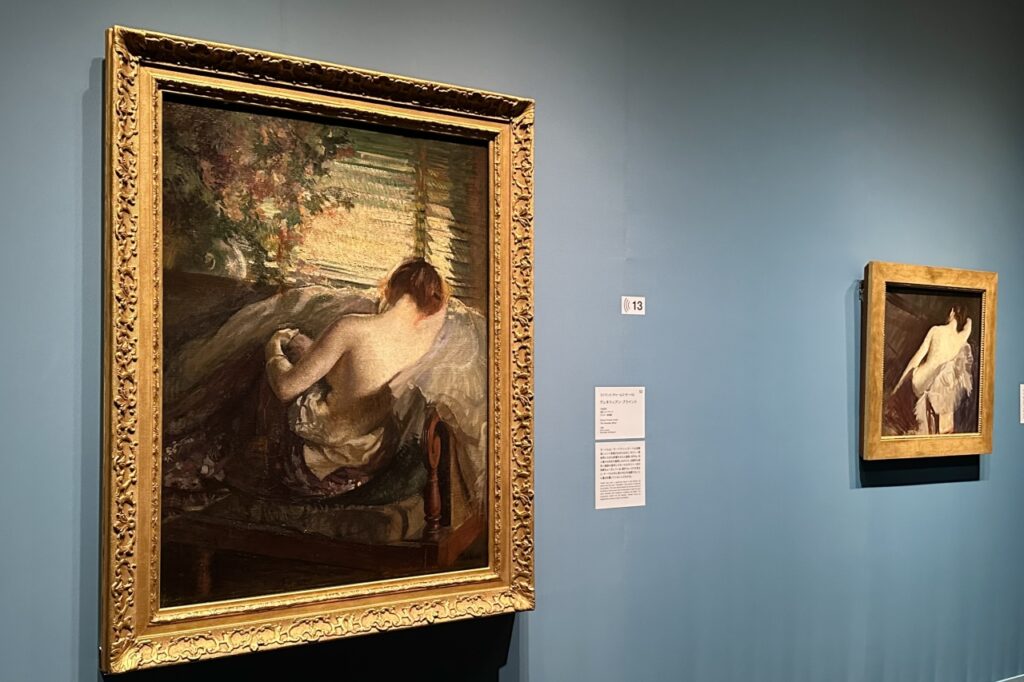
Edmund Charles Tarbell was an important figure in the Boston art world who had so many followers that the term “Turbellite” was coined, and as an art teacher he taught his students based on the Impressionism he learned in Paris. It spread the expression styles unique to the region.
Venetian Blind (1898) has an Impressionist feel to it due to its light and rich colors, but its focus on traditional forms and depiction of details is characteristic of a Boston school painter. The dramatic contrast of light and shadow created by illuminating the scene with light shining through the blinds was impressive, similar to the chiaroscuro technique of Baroque paintings typified by Rembrandt.
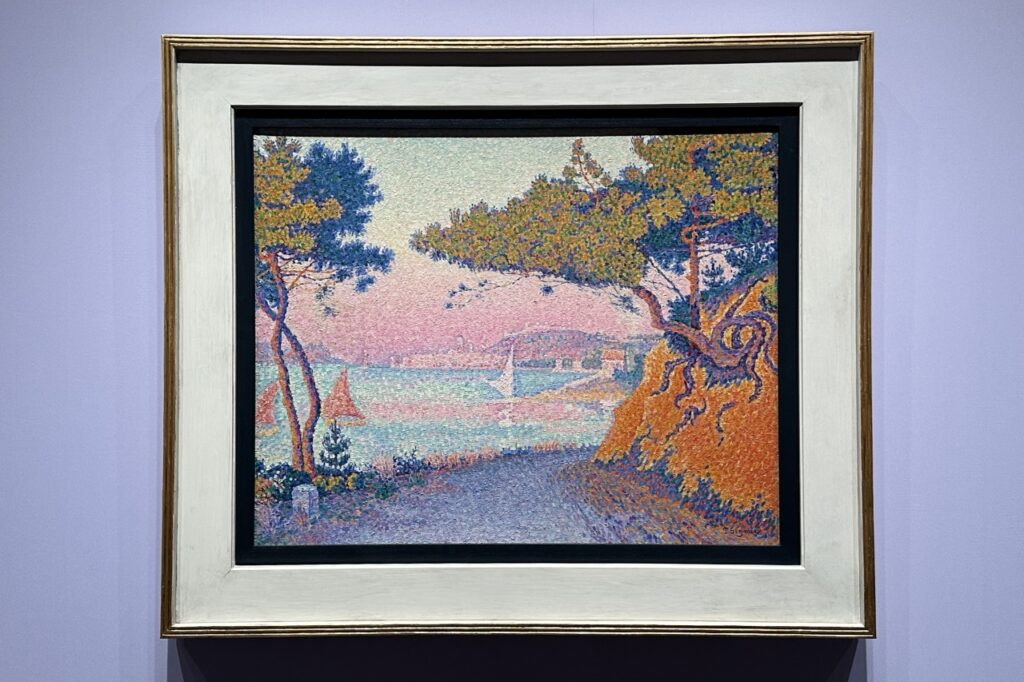
The final section , Chapter 5, “In Search of Unseen Landscapes,” focuses on Paul Signac, who adopted a pointillism technique based on optics and color theory, and Georges, who became the founder of Cubism after becoming devoted to Fauvism. This exhibition displays works by painters such as Braque, who continued to explore new forms of painting after the impact of Impressionism.
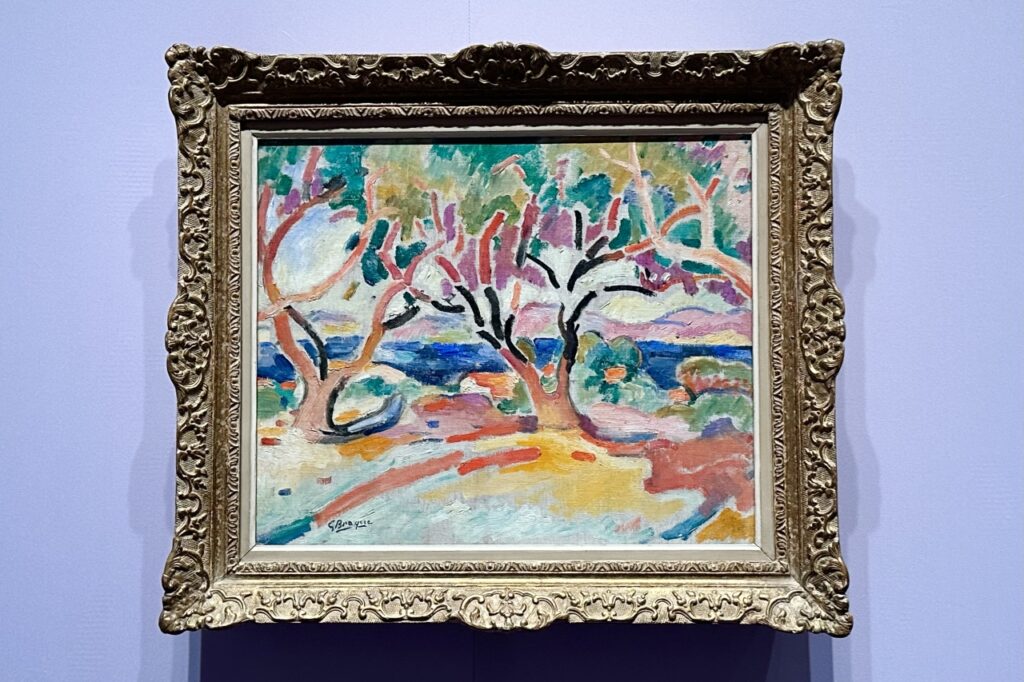
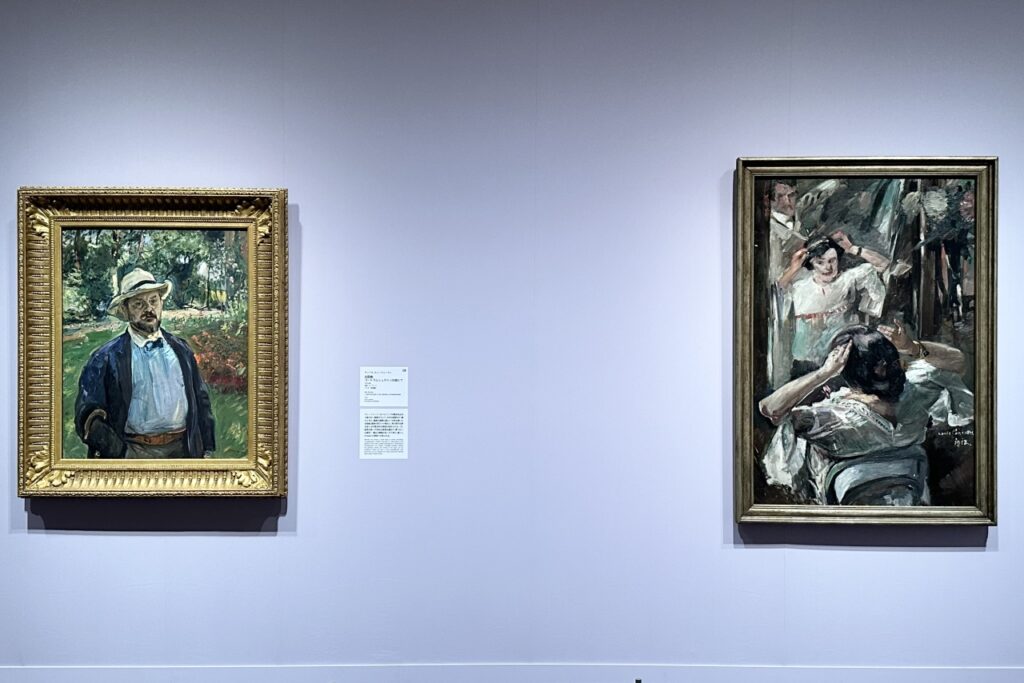
George Innes and Dwight William Tryon are representative painters of the “tonalism” painting style that was popular in America at the end of the 19th century. While Impressionism was obsessed with bold colors and vision, Tonalism emphasized the use of muted tones such as gray and blue to depict tranquility, emotional atmosphere, and the invisible.
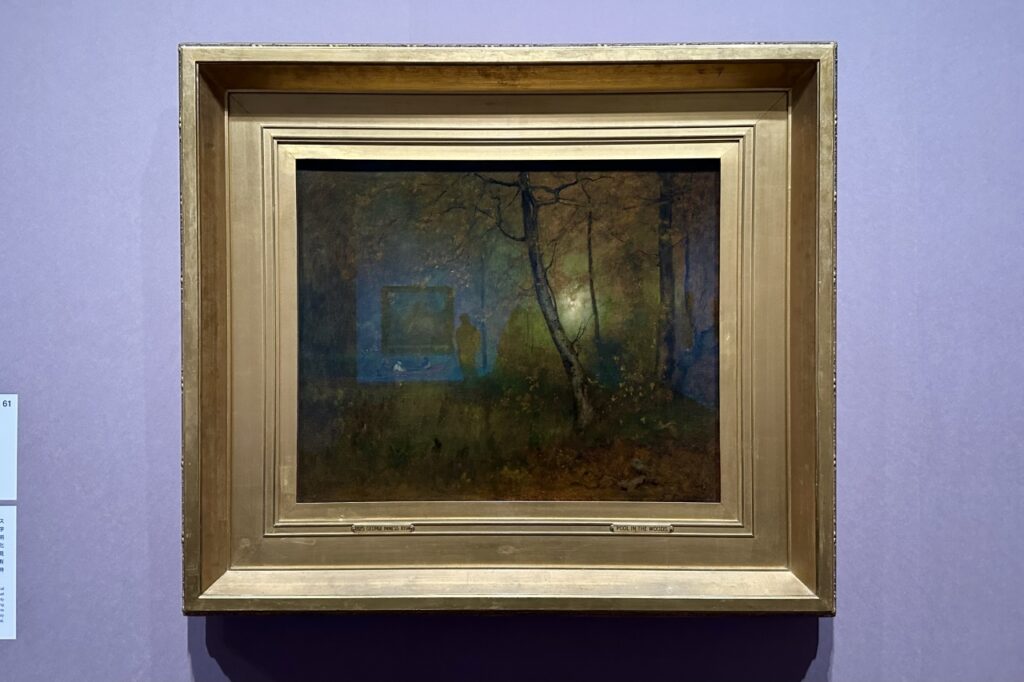
A follower of the Swedish mystic Emanuel Swedenborg, Innes’s later work took on an increasingly metaphysical bent. The misty atmospheric expressions seen in Forest Pond (1892) are said to depict spiritual landscapes that simultaneously represent reality and the divine world, the visible and the invisible.
Tryon, on the other hand, transforms the rural landscape of South Dartmouth, Massachusetts into a mysterious utopia filled with mystery through the gentle use of paint and the delicate brilliance of light in Entrance to Autumn (1908-09). I’m letting you do it.

For the American people, who were still reeling from the effects of the Civil War, these invisible emotional scenes of Tonalism provided spiritual comfort.

“Impressionism: From Monet to America – Collection of the Worcester Art Museum” will be held until Sunday, April 7, 2024, introducing Impressionism from a global perspective, which was born in Paris and changed the common sense of beauty and freed painters from strict rules. . This is a valuable opportunity to enjoy the charm of Impressionism from countries other than France, mainly America, which has not been introduced much in Japan until now. Many of the works will be shown for the first time in Japan, so please don’t miss out on this opportunity.

Overview of “Impressionism: From Monet to America: Worcester Art Museum Collection”
| Period | Saturday, January 27, 2024 – Sunday, April 7, 2024 |
| venue | Tokyo Metropolitan Art Museum |
| Opening hours | 9:30-17:30, Fridays until 20:00 (Last entry is 30 minutes before closing) |
| Closed days | Monday, February 13th (Tuesday) *However, the office will be open on February 12th (Monday, holiday), March 11th (Monday), and March 25th (Monday). |
| Viewing fee (tax included) | General 2,200 yen, University/vocational school students 1,300 yen, 65 and over 1,500 yen
*On Saturdays, Sundays, holidays, and after April 2nd (Tuesday), reservations are required for specific dates and times (admission is possible if there is space on the day) |
| Sponsored by | Tokyo Metropolitan Foundation for History and Culture, Tokyo Metropolitan Art Museum, Nippon Television Network, Nippon TV Benz, BS Nippon Television, Yomiuri Shimbun |
| inquiry | 050-5541-8600 (Hello Dial) |
| Exhibition official website | https://worcester2024.jp |
*The contents of the article are as of the time of reporting. Please check the official website for the latest information.



